Contents
New York | Introduction
There’s hardly anyone who hasn’t heard of New York. For many, it's the backdrop of films, the stage of musicals, the heart of global finance, or the place where dreams begin. From the moment the Statue of Liberty raised her torch, New York became a symbol of "America" in the hearts of countless people around the world.
But once you step into the city, you realize its complexity and contradictions—fast-paced life coexisting with leisurely strolls, towering skyscrapers alongside century-old stone buildings, financial giants sharing space with street graffiti, international tourists walking the same streets as daily subway commuters. New York City is made up of five boroughs, but most visitors stick to Manhattan, where the concentration of landmarks and cultural resources can be overwhelming. Whether it's your first or fifth visit, New York always has something new to offer.
This article focuses on Manhattan while incorporating Brooklyn and a few surrounding areas, guiding you step-by-step through the city. In addition to the must-see attractions, I’ve also included practical itinerary logic and regional highlights so that your visit isn’t just about checking boxes, but truly experiencing New York.

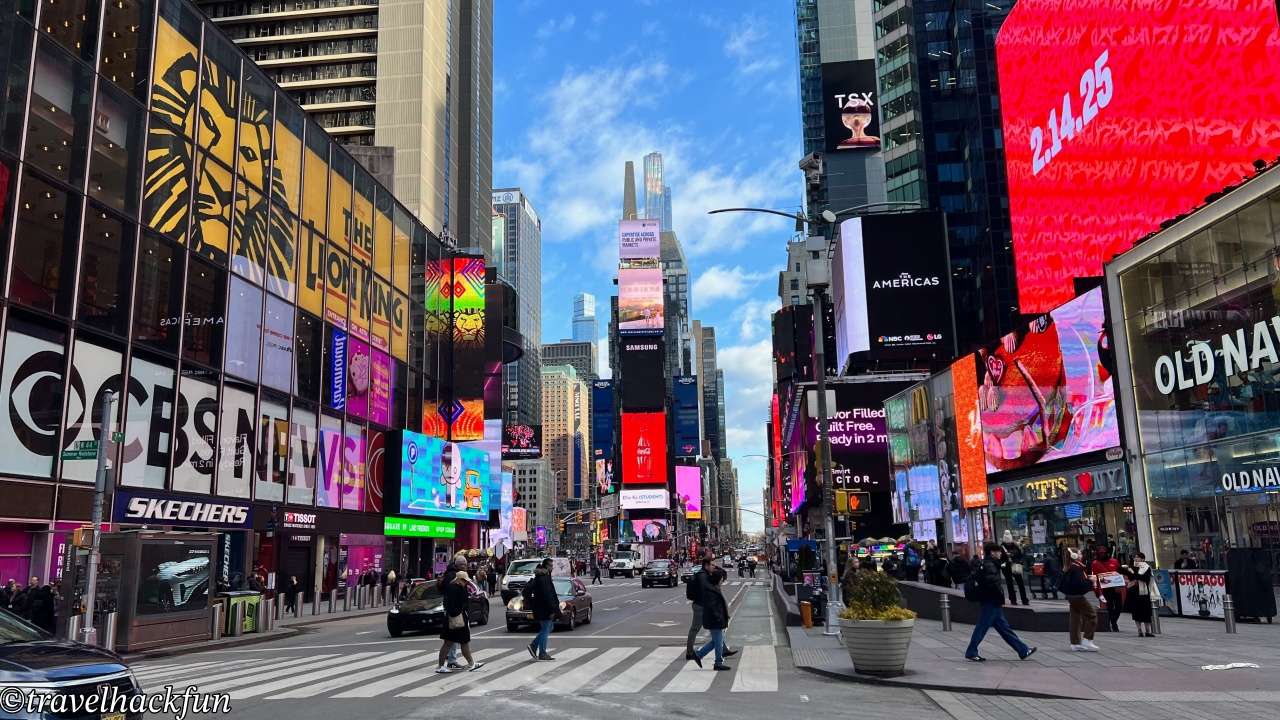
New York | Itinerary Planning
While New York’s attractions are densely packed, hopping from one spot to another across town each day can drain your time and energy on transportation. If you don’t want your visit to feel rushed, it’s best to divide your days by geographical areas and explore one region each day—walking between nearby attractions makes the route smoother and time easier to manage.
Most first-time visitors spend their time entirely in Manhattan. Manhattan is typically divided into three major sections: Upper Manhattan, Midtown, and Lower Manhattan. Generally, you’ll need at least two days for Midtown, and one day each for Upper and Lower Manhattan. If you have extra time, you can add another day in Midtown or visit Brooklyn. That said, even with six full days, there’s still too much to see, so prioritization is necessary. Here’s a rough six-day itinerary that you can shorten or adapt as needed:
Day 1: Start in the Midtown core—Empire State Building, Rockefeller Center, and iconic landmarks along Fifth Avenue.
Day 2: Explore the west side of Midtown—Times Square, Broadway Theater District, themed shops, and the Intrepid Sea, Air & Space Museum by the Hudson River.
Day 3: Focus on Midtown East—Grand Central Terminal, the Morgan Library, MoMA—more low-key, perfect for a relaxed pace.
Day 4: Spend the day in Upper Manhattan—begin at Central Park, then visit the Met or Guggenheim Museum.
Day 5: Head to Lower Manhattan for the Statue of Liberty, Ellis Island, 9/11 Memorial & Museum, and Wall Street.
Day 6: Explore Brooklyn—walk across the Brooklyn Bridge, wander around DUMBO, and take the ferry back to Manhattan.
If you're visiting many ticketed attractions (like observation decks and museums), consider using a New York City Pass to save on entrance fees.
New York City Pass
- Hotel search: Agoda
- Activities & tickets: KKday / Klook / TripAdvisor
- Travel credit cards (US only): My card picks + beginner tips
New York | Transportation
Airport transportation
New York has three major airports: JFK, LaGuardia (LGA), and Newark (EWR). Most or international flights or domestic flights from the U.S. West Coast land at JFK or Newark, while LaGuardia mainly serves domestic flights.
If you're arriving on an international flight, you'll most likely land at JFK. There are several ways to get into the city from JFK—the cheapest and most reliable is taking the AirTrain to the subway (transfer at Jamaica Station to the E or A lines), which takes about an hour. This option is best if you don’t have much luggage and want to save money. You can pay for both the AirTrain and subway with a MetroCard or by tapping your credit card.
If you're arriving late at night or have a lot of luggage or are traveling in a group, taking a taxi or ordering an Uber/Lyft may be more convenient. Taxis from JFK to Manhattan have a flat rate and take about 40–60 minutes, depending on traffic. For groups of two or more, this can be easier than taking the subway—though it costs more and might not be faster during peak hours.
To get from Newark Airport to Manhattan, the most common route is to take the AirTrain to Newark Airport Station, then transfer to an NJ Transit train to Penn Station. This is a stable and reasonably priced option. Even though Newark is in New Jersey, it’s actually a bit closer to Manhattan than JFK.
LaGuardia Airport has fewer transport options—there’s no direct subway access. Most travelers either take the Q70 bus to the subway or simply call an Uber. It’s the closest airport to Manhattan and has the shortest travel time, but fewer international flights land there.
Getting around the city
The subway is the backbone of New York City transportation, and virtually all major attractions are near a subway stop. Although the system is a bit old and stations aren’t always pretty, it gets you where you need to go. Subway fare is simple: each ride costs $2.90 (as of 2024), regardless of distance. You can tap your credit card directly at the turnstile—no need to buy tickets or load a MetroCard, as long as your card supports contactless payment (Visa, Mastercard, Apple Pay, etc.). After 12 rides in a week, the system automatically gives you unlimited rides for the rest of the week—no need to pre-purchase a weekly pass.
The subway layout can be confusing for first-timers because not all platforms clearly mark the travel direction, and some opposite platforms aren’t connected. The key rule is to know whether you’re heading “Uptown” or “Downtown.” Check the signage at the entrance to make sure you’re going in the right direction. Most mistakes happen because people take the wrong direction. If you’re unsure, it’s best to download Citymapper or Google Maps and follow the app’s directions to the correct entrance.
Besides the subway, walking is one of the most pleasant ways to get around New York. Manhattan’s grid layout makes navigation intuitive, and Google Maps is very reliable. Most Midtown and Downtown attractions are within a 10–20 minute walk from each other. Often, walking is faster than taking the subway. Plus, the street scenes are so photogenic that you’ll likely take 12,000 steps without realizing it—so wear comfortable shoes. If walking isn’t ideal due to weather or time, Uber and Lyft are readily available. They cost more than public transit, but aren’t outrageously expensive.
New York | Accommodations
New York offers a wide range of accommodations, but prices are undeniably high—especially on Manhattan Island. If you want to stay somewhere convenient, safe, and not break your budget, some careful selection is needed. Generally, for first-time visitors, staying within Manhattan is recommended. That way, nearly all the major attractions are within 20–30 minutes, saving you time and energy.
Manhattan is large, with countless hotels. You can narrow down your choices based on your preferences—whether you prefer lively central locations, more residential vibes, or tight budget control.
Midtown is the most classic and reliable option. Whether it’s Times Square, Broadway theaters, the Empire State Building, Rockefeller Center, Grand Central, or MoMA—you name it, it's all nearby. The transportation is excellent, with many subway lines, and amenities are plentiful. The downside is the heavy tourist traffic and higher prices. It can also be noisy at night, especially around Times Square—so be sure to check hotel reviews before booking. Still, if it’s your first visit to NYC and you want to see all the major sights, Midtown is the safest bet.
Looking for a stay in New York?
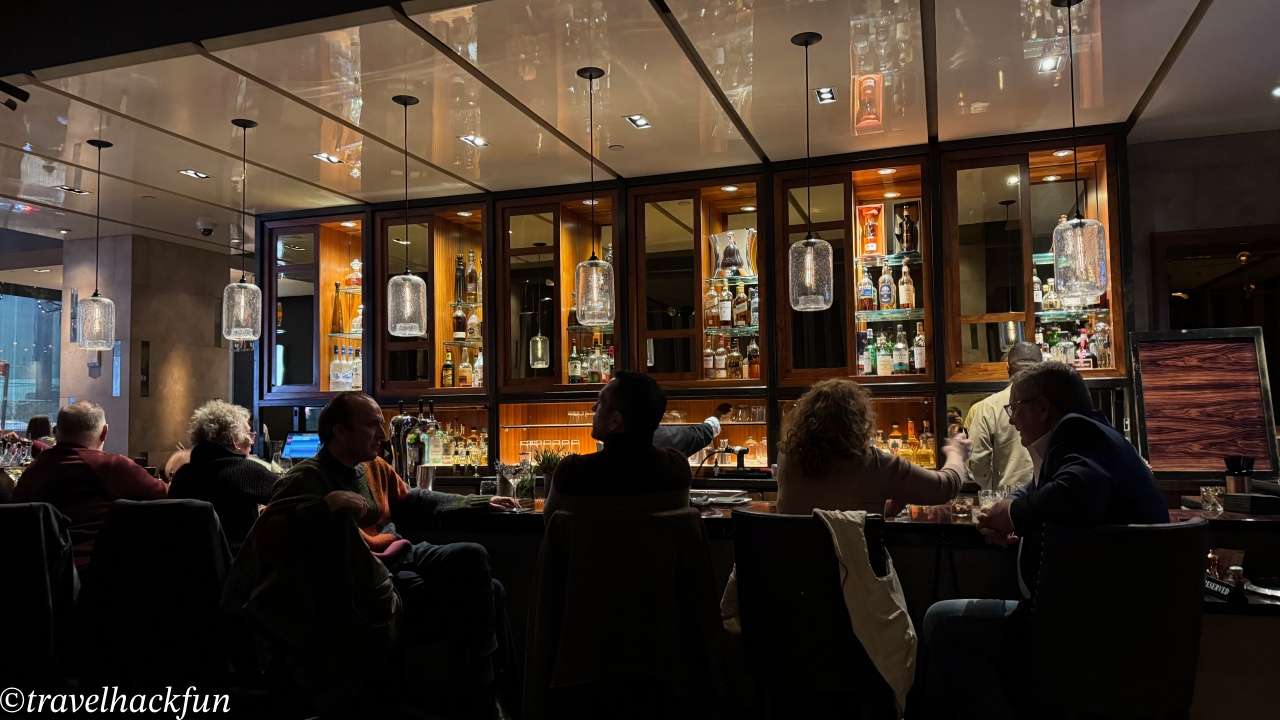
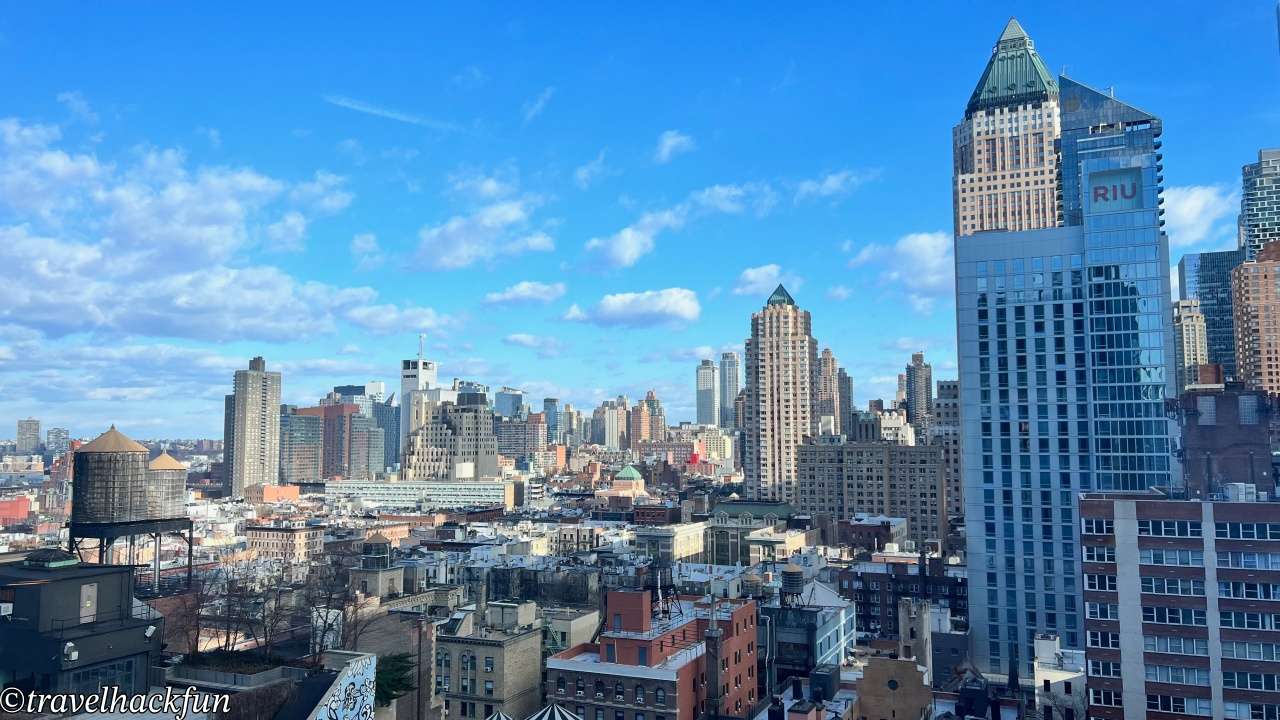
Lower Manhattan, mainly the Financial District, includes the World Trade Center, Wall Street, and the Statue of Liberty ferry terminal. It’s quieter and generally cheaper than Midtown, with many new chain hotels offering better quality and larger rooms. However, the area can feel deserted at night, and amenities aren’t as comprehensive as Midtown.
Uptown, split into the Upper West and Upper East Sides, is more residential. It’s peaceful, safe, and gives you that “living in New York” feeling. It’s close to Central Park and several museums. The subway is still convenient, but if you plan to see Broadway shows or hang out downtown at night, travel time will be longer. This area suits those who like quiet or have visited NYC before and don’t need to hit every major attraction.
New York | Recommended Attractions & Experiences
Upper Manhattan
Uptown is the area north of Central Park, best known for the Museum Mile, Columbia University, and the residential neighborhoods to the west. This area is perfect for those who want to experience the culture and life of New York, with the Metropolitan Museum of Art and the Guggenheim Museum of Art in the area.
Landmark | Central Park
Central Park is an essential part of New Yorkers' daily lives. This massive urban park stretches from 59th Street in the south to 110th Street in the north—over 50 city blocks long, and nearly impossible to walk in one go. It’s not just a backyard for the city—it’s a concert venue, ice rink, theater, carriage route, dog-walking haven, and movie backdrop. Everything you’d expect in city life exists here.
Built in the mid-19th century by Frederick Law Olmsted and Calvert Vaux, it was the first large-scale landscaped public park in the world. It features lakes, woodlands, paths, lawns, statues, historic buildings, a zoo, and even a miniature castle. Different seasons offer different activities—cherry blossoms in spring, picnics in summer, foliage in autumn, and ice skating in winter. Even just sitting on a bench watching squirrels is relaxing.
If it’s your first time visiting, enter from 59th Street at the southern edge. This area has more scenic and tourist-friendly highlights like the zoo, The Mall promenade, and the Bethesda Terrace with its pool and staircase.
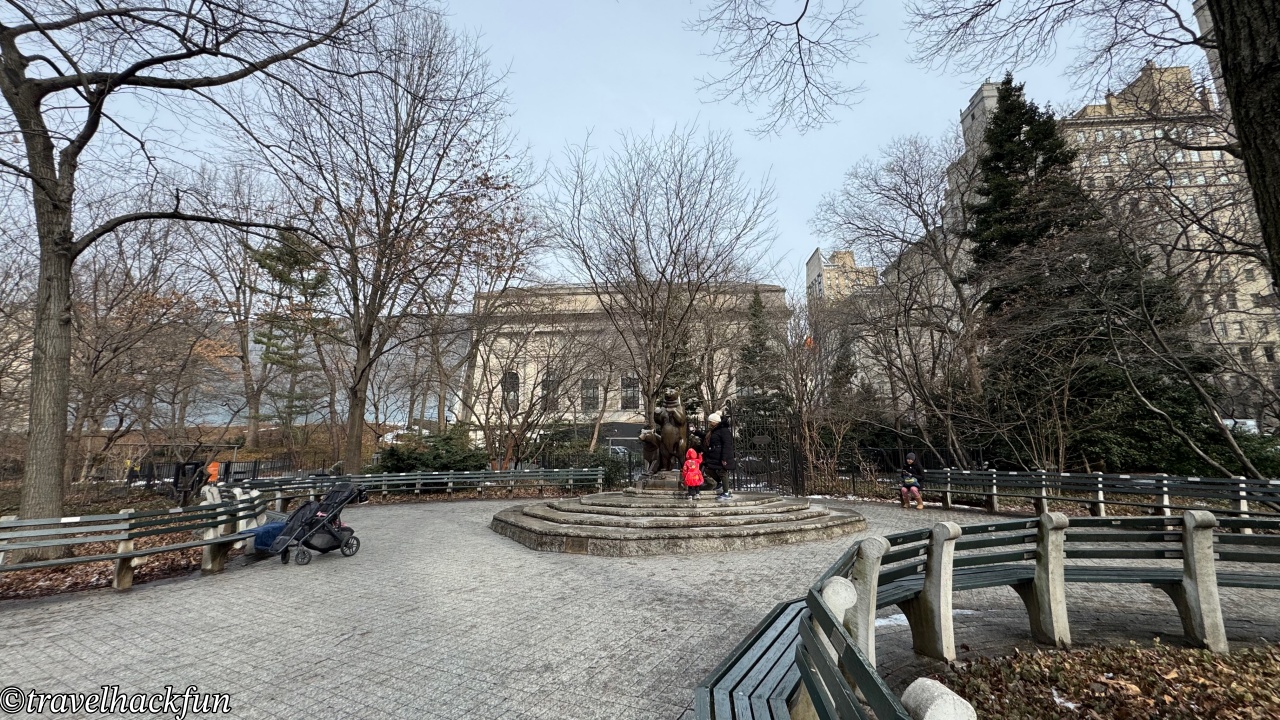
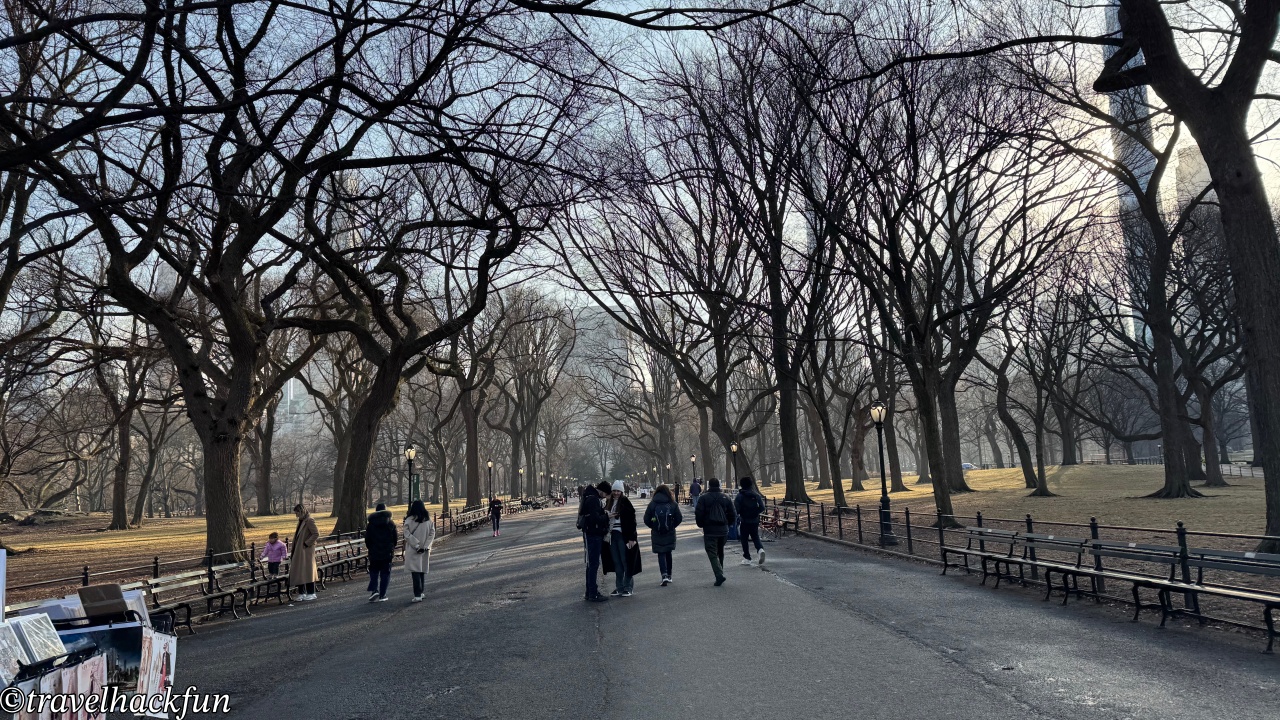
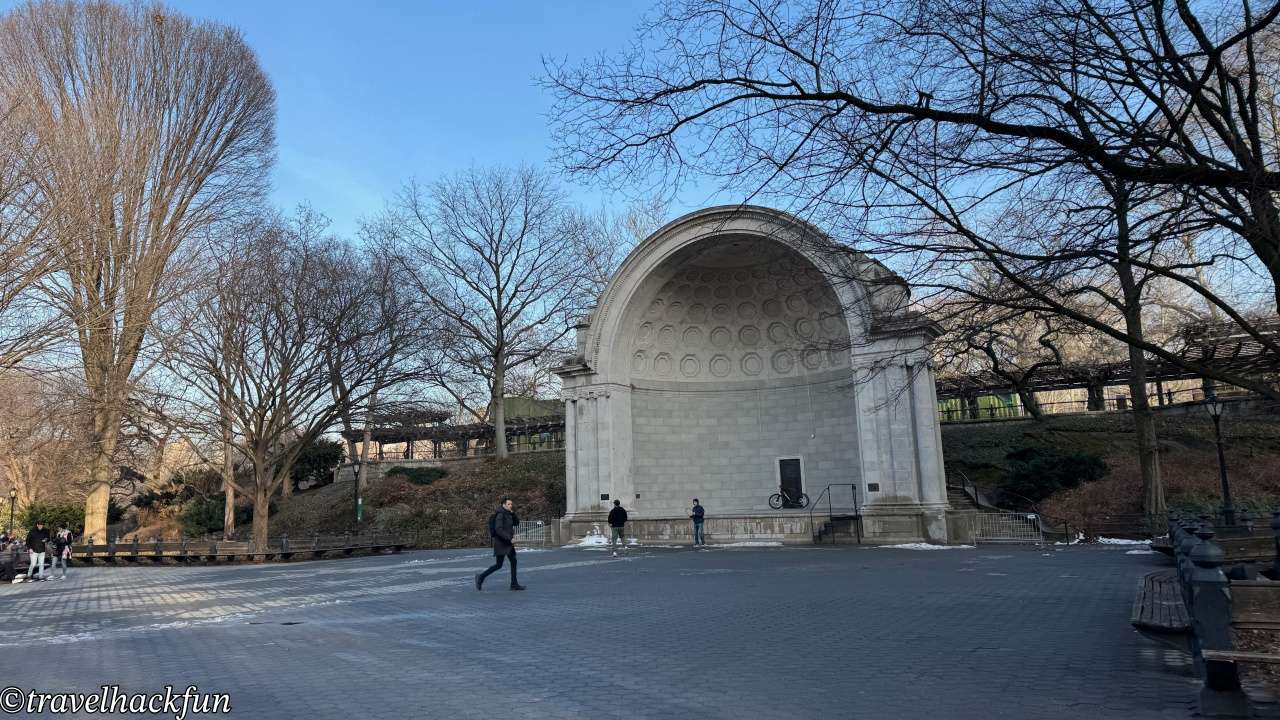


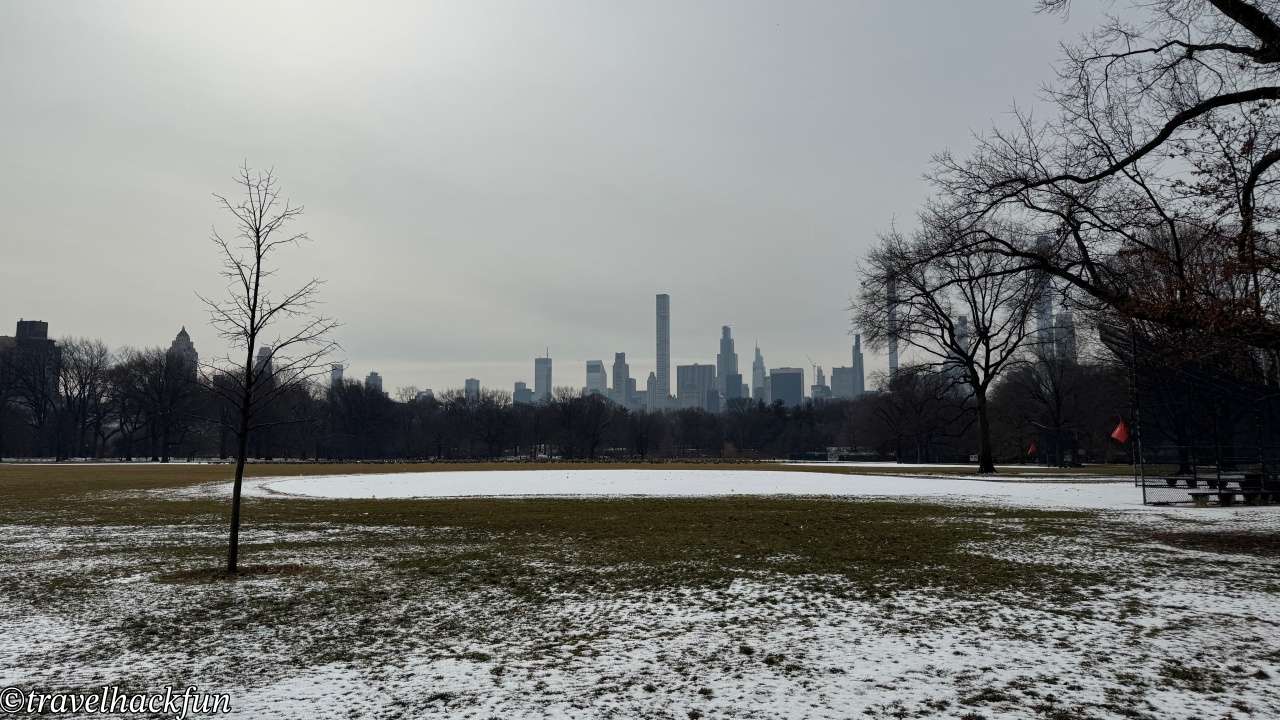

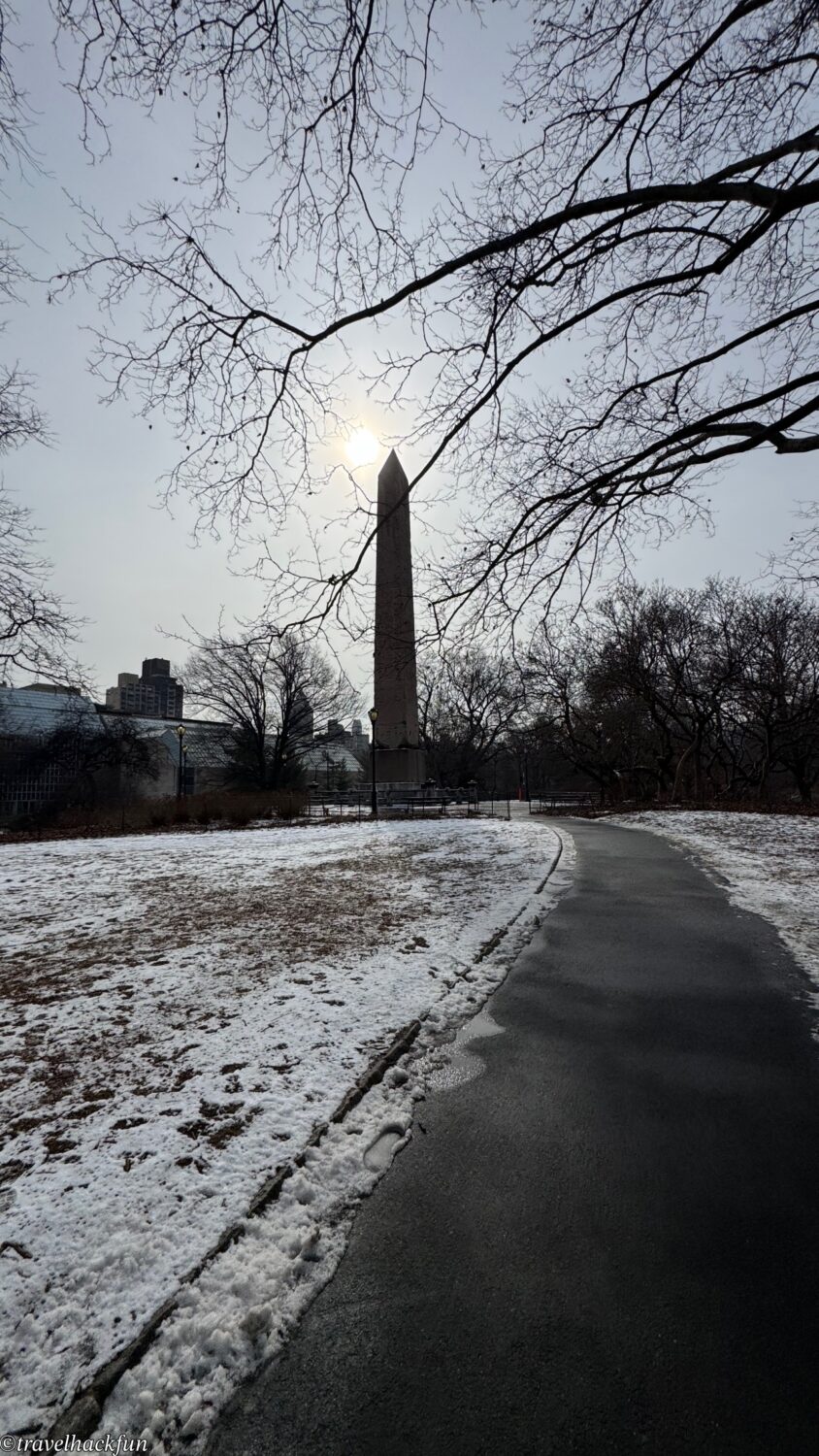
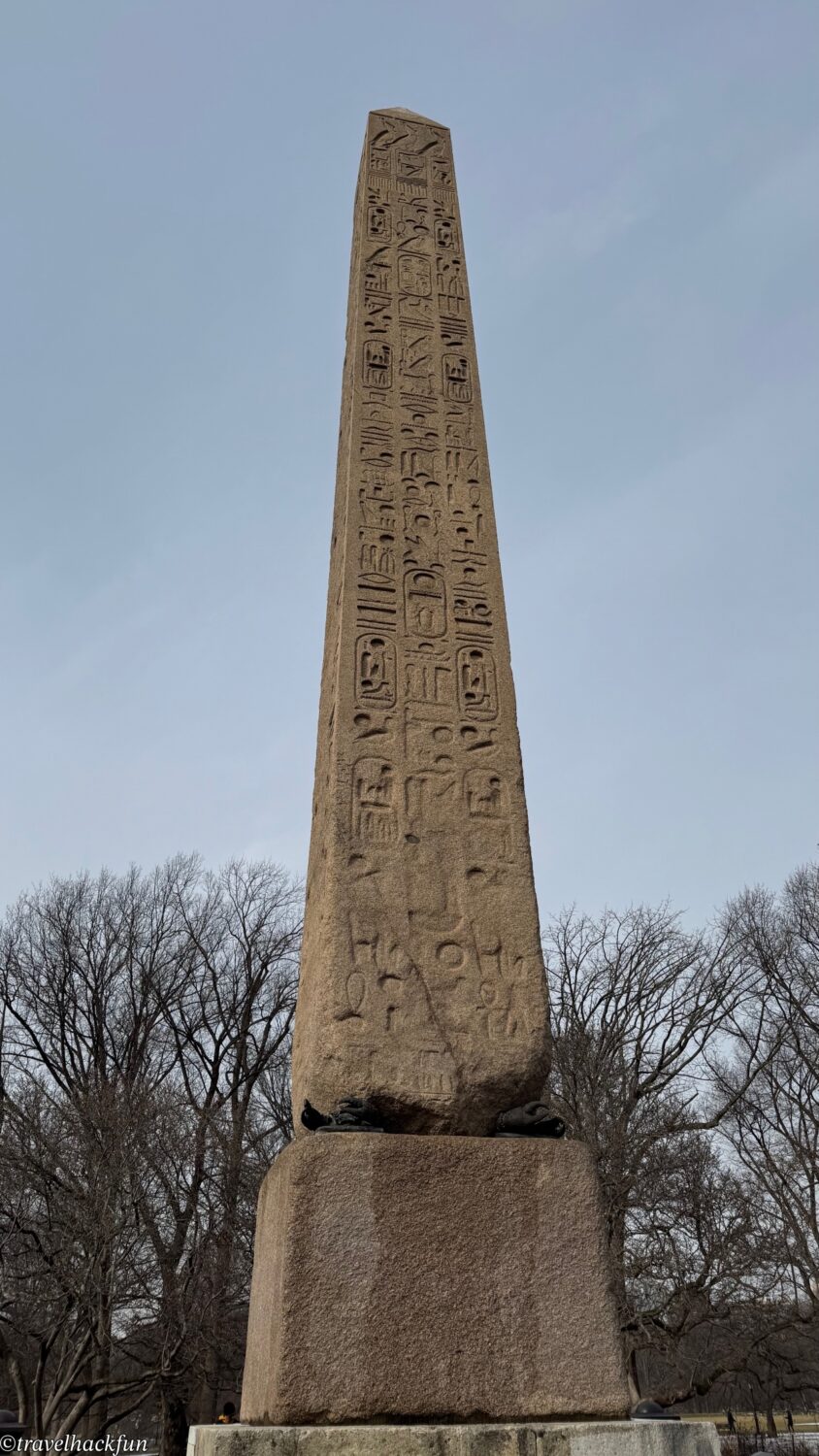
Museum | The Metropolitan Museum of Art (The Met)
If you could only visit one museum in New York, it should absolutely be The Met. Founded in 1870, it’s the largest museum in the U.S. and one of the most comprehensive in the world. It’s not just about paintings—it’s a condensed journey through the entirety of human civilization. From Ancient Egypt, Greece and Rome, Asia, Africa, Medieval Europe, the Renaissance, Impressionism, modern art, fashion, photography, to armor and weaponry—every culture and time period has a corner here.
Beyond the collection, the museum’s space design is worth admiring. The soaring armor hall, the recreated medieval cathedral facade, the transitions between galleries—they all tell a story.
With over two million items, it’s nearly impossible to see everything in one visit. Set aside at least three hours, and consider focusing on one or two main areas, like the Egyptian Wing, European Paintings, or Asian Art. A must-see is the Temple of Dendur, a real Egyptian temple relocated indoors.
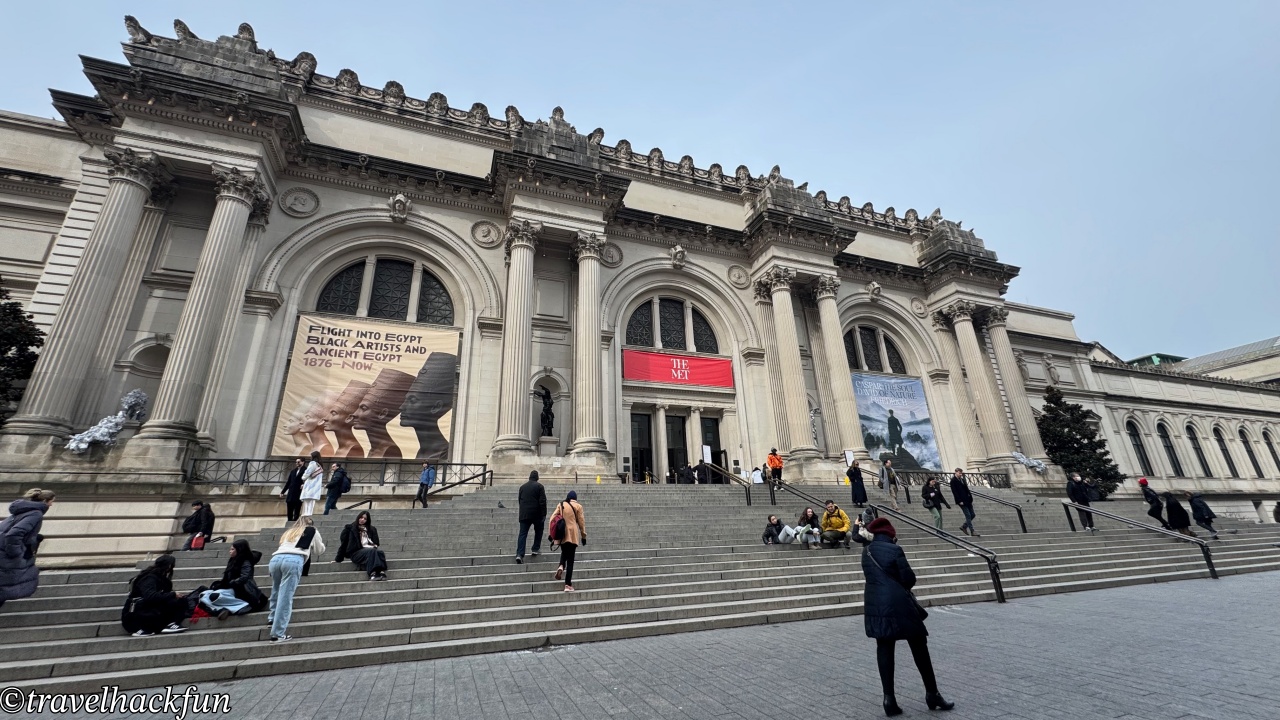
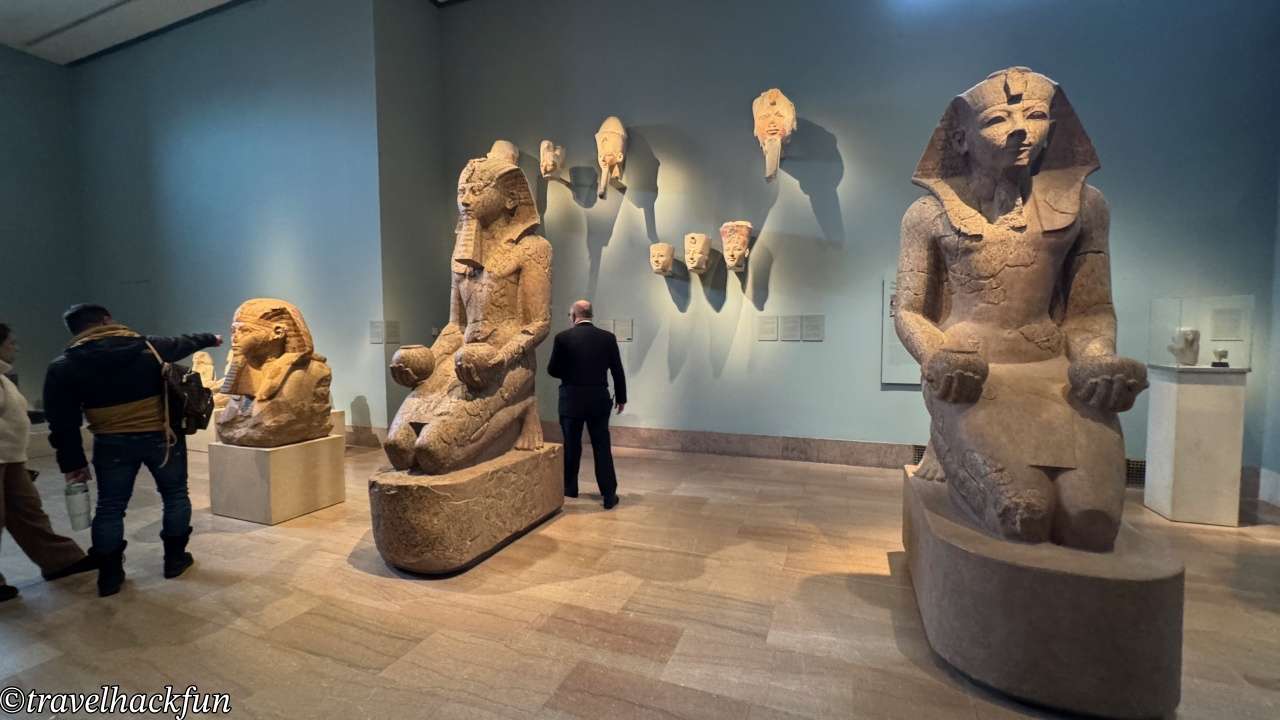

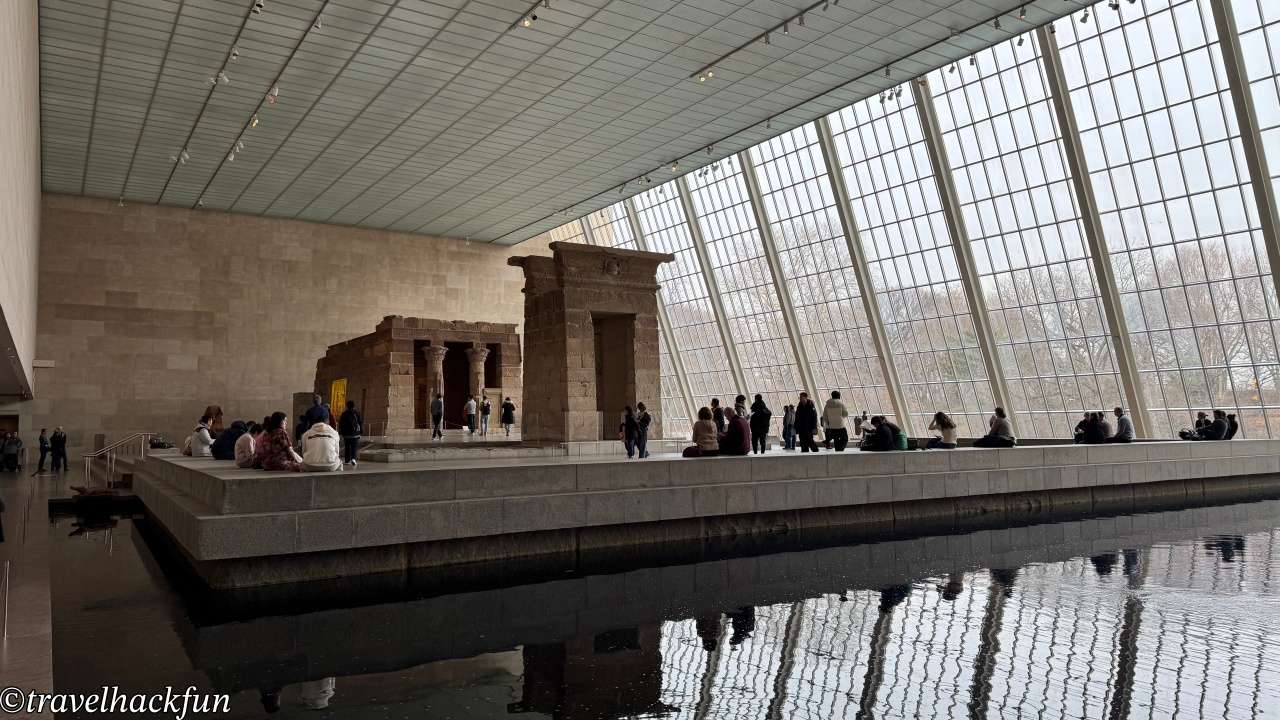
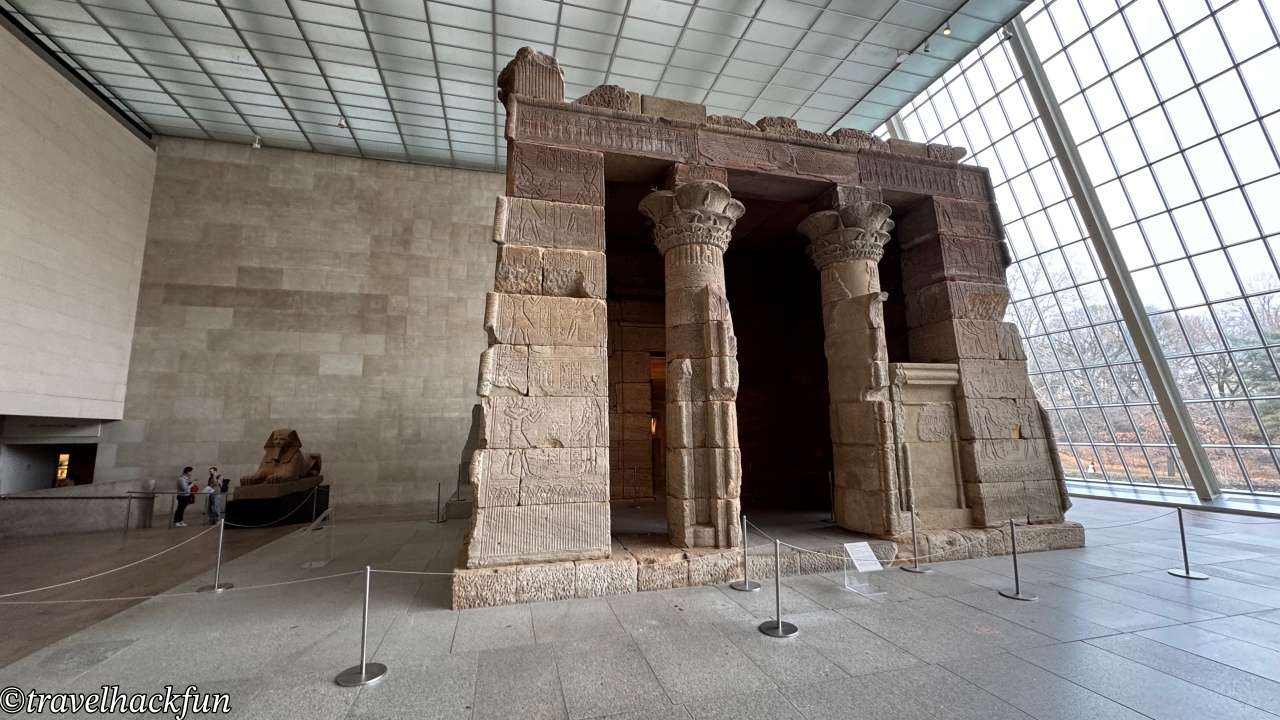
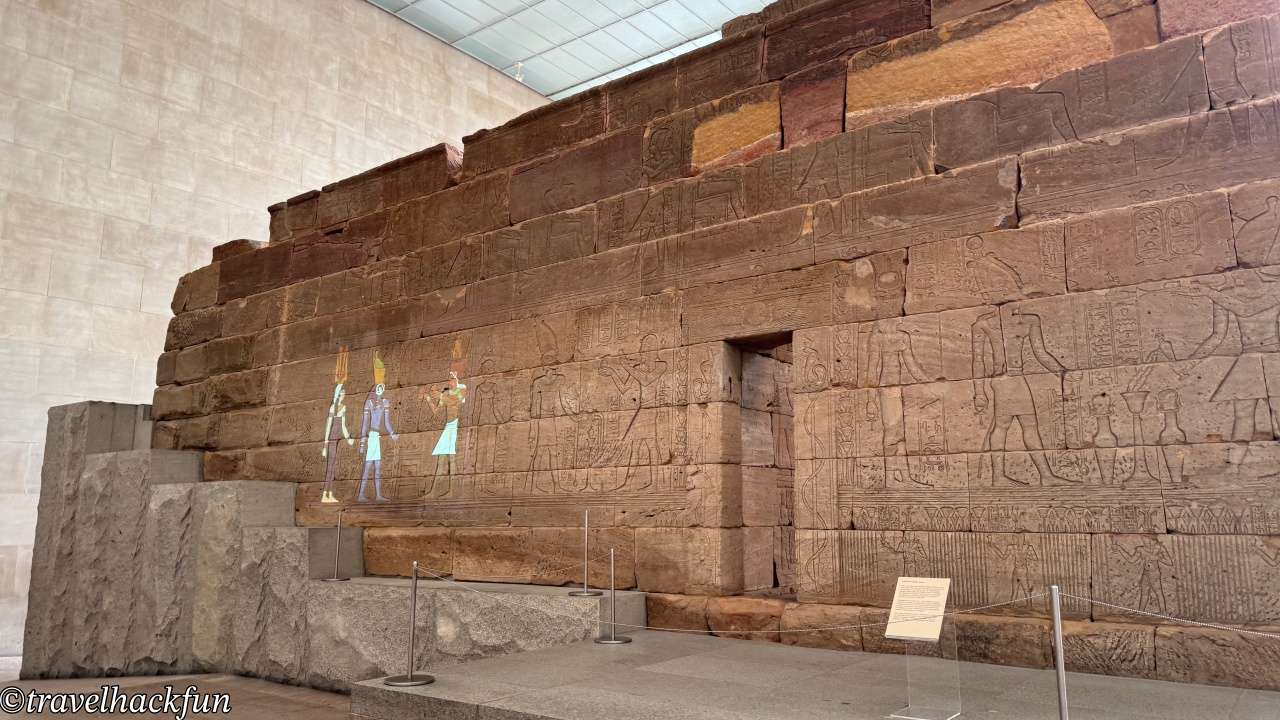
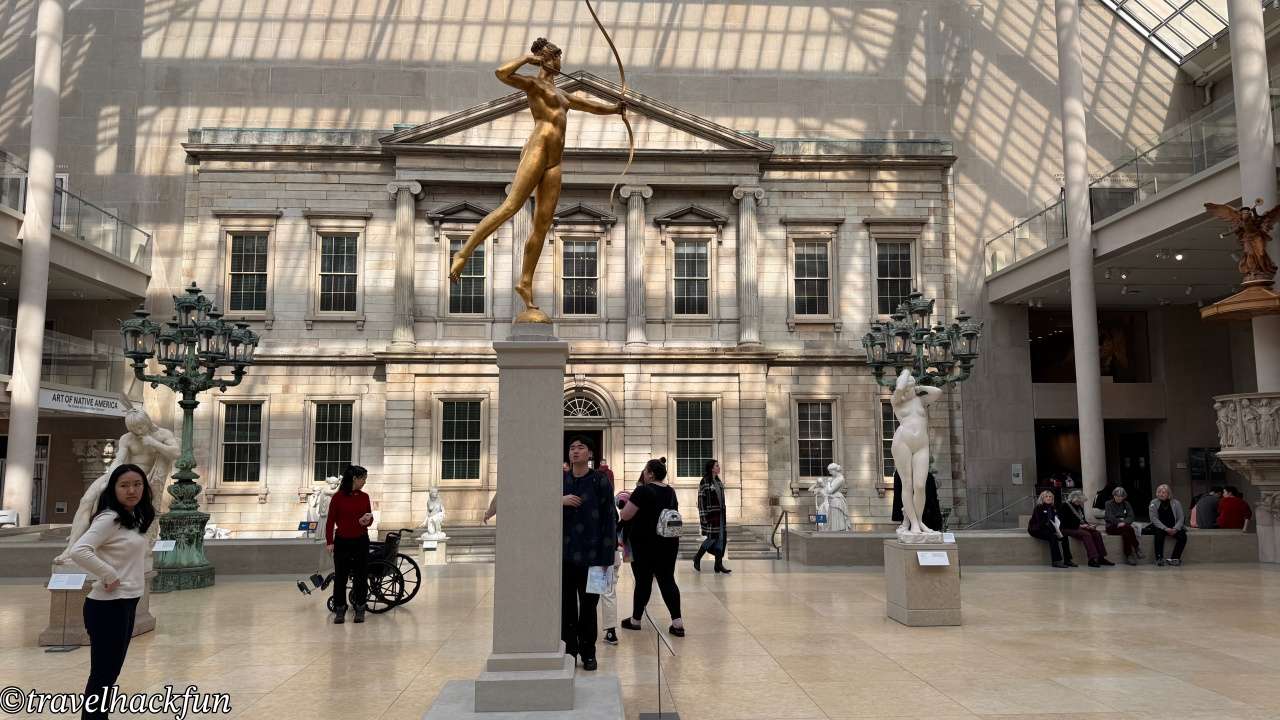
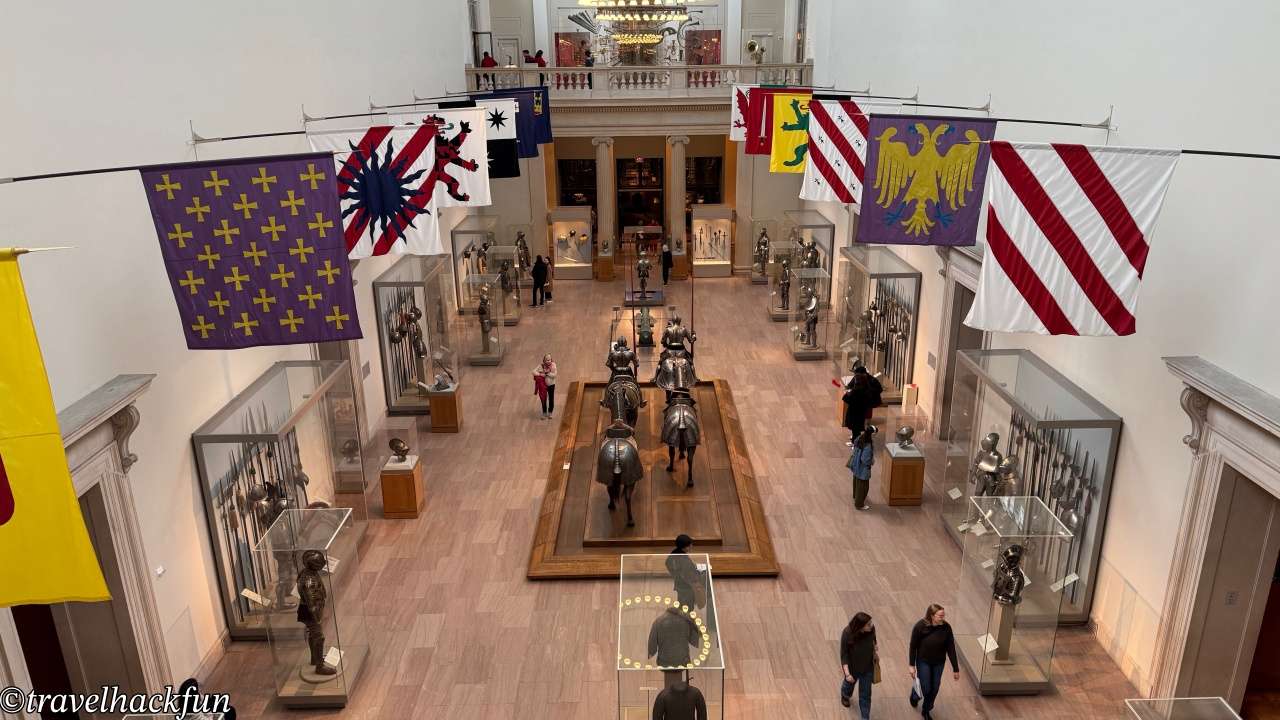
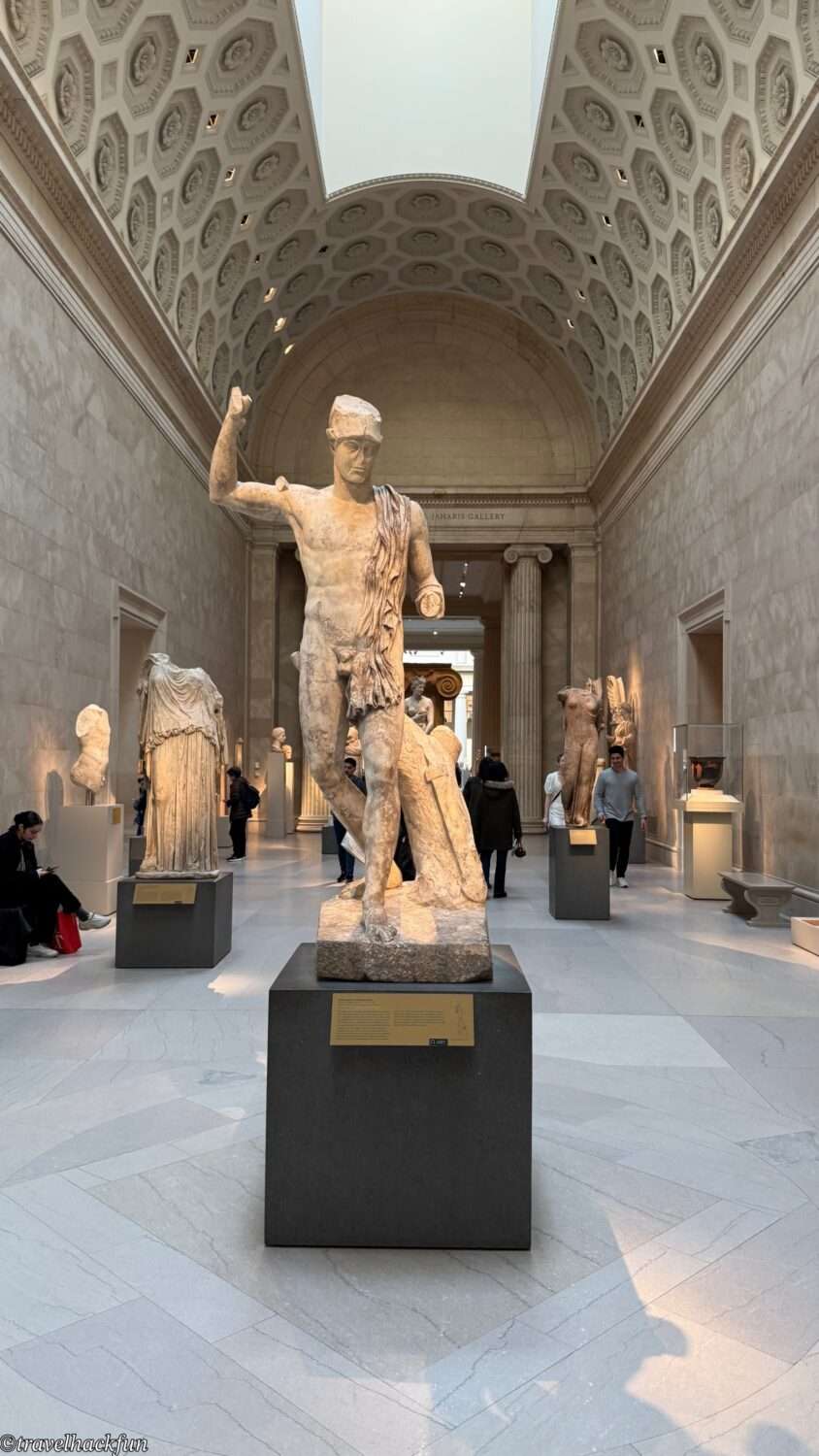
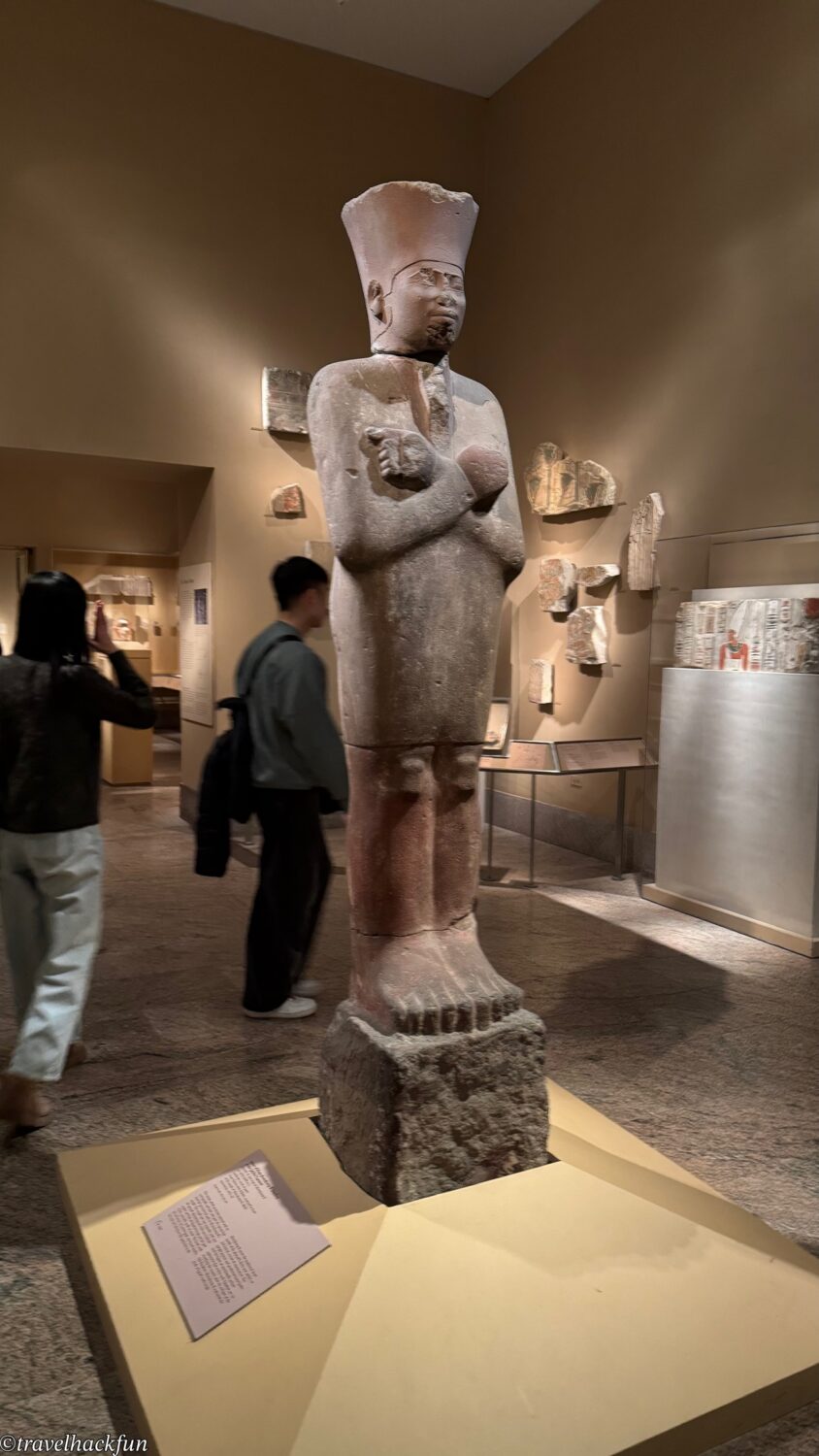
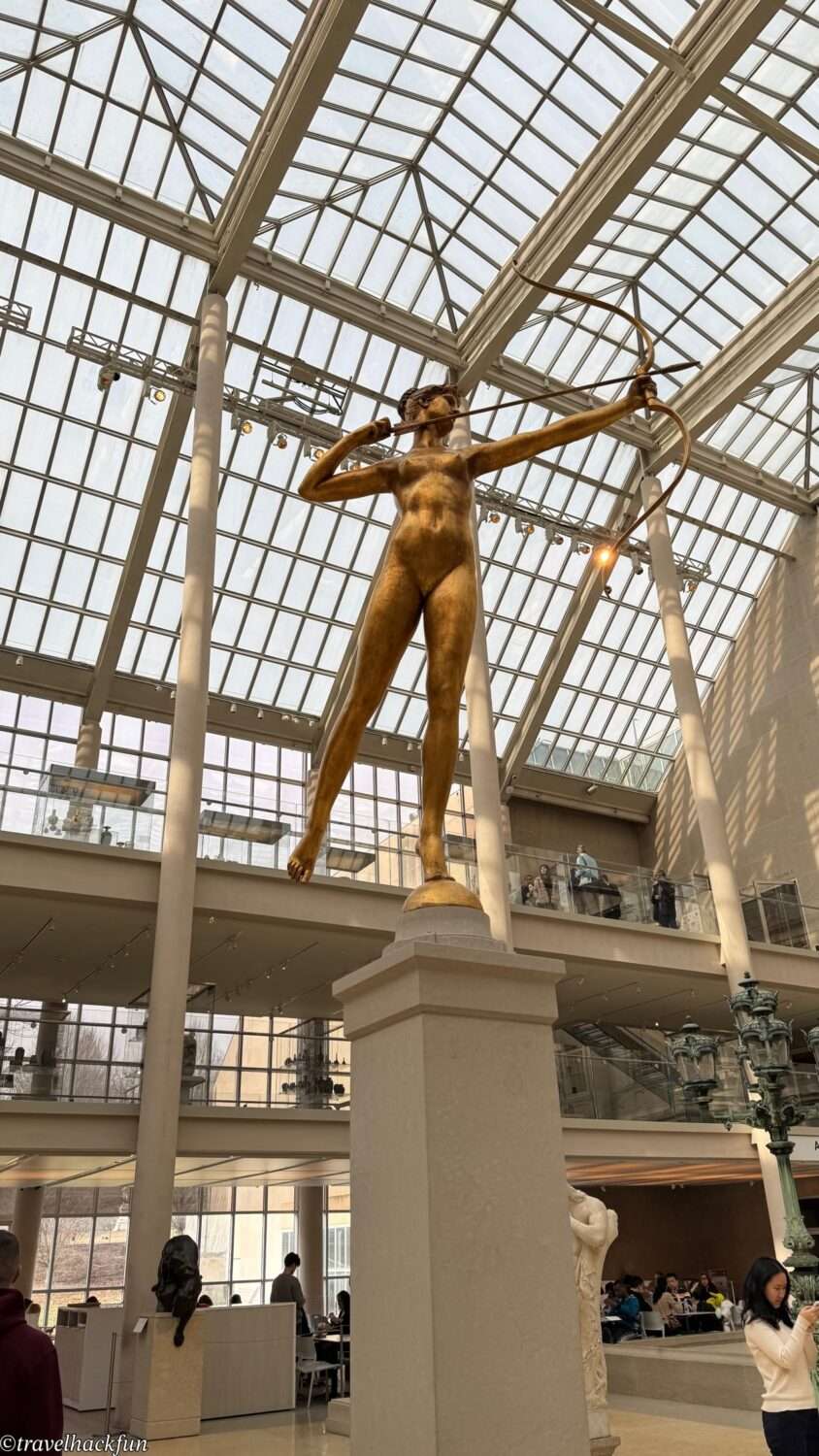
Museum | Solomon R. Guggenheim Museum
The first time you see the Guggenheim Museum, you'll probably stop and stare. It doesn’t look like a traditional museum—it’s a swirling white spiral structure that resembles an ice cream cone or alien base. Designed by legendary architect Frank Lloyd Wright, it opened in 1959 and was a seismic moment in the art world.
Inside, you start at the top and walk down the continuous spiral ramp, with exhibitions flowing along the slope. This layout creates a unique, seamless experience that avoids backtracking and gives each work room to breathe.
The exhibits focus on modern and contemporary art, featuring masters like Kandinsky, Mondrian, Pollock, and Picasso, as well as rotating special exhibitions. It’s smaller than the Met or MoMA, but very well curated—perfect for a slower, immersive visit. Plan for 1–2 hours.
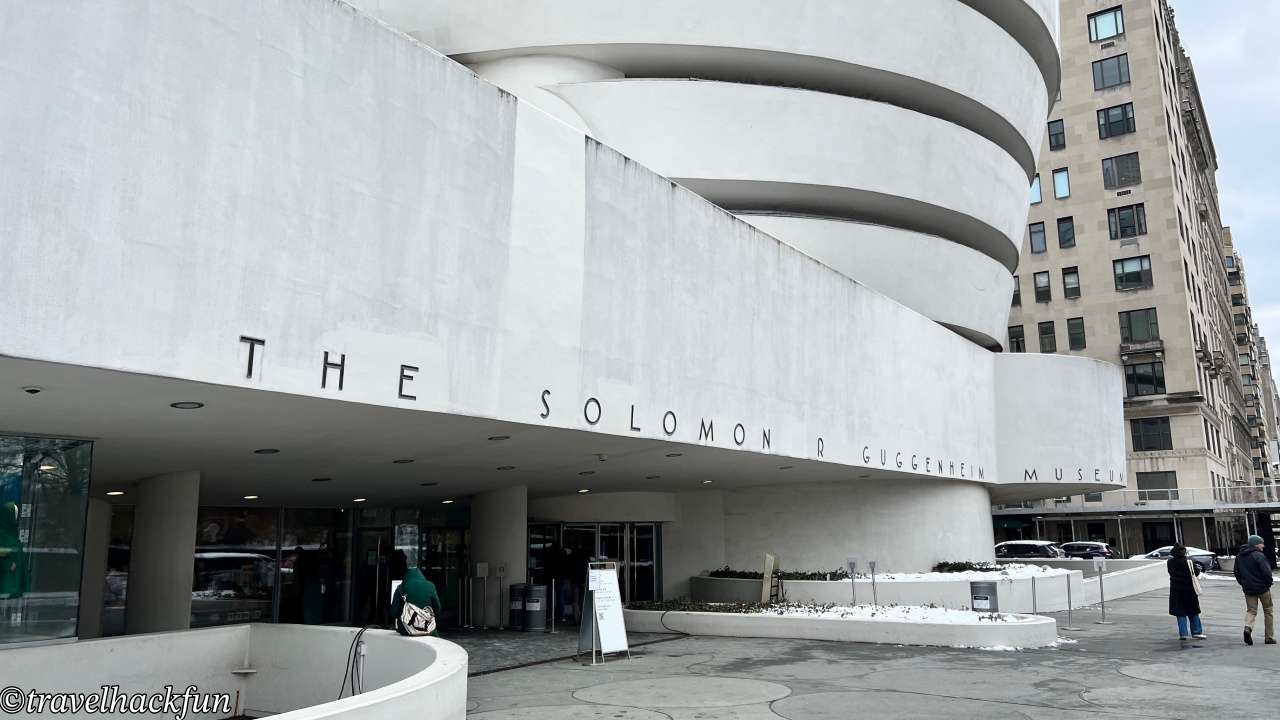
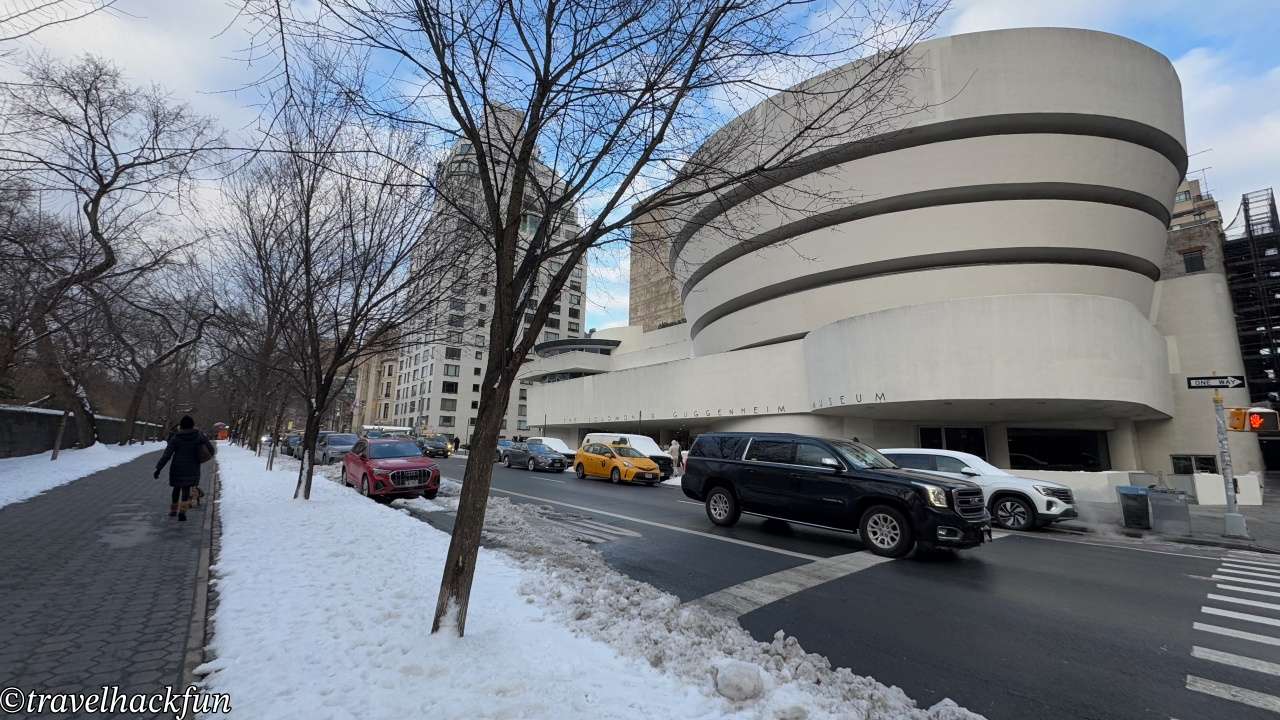
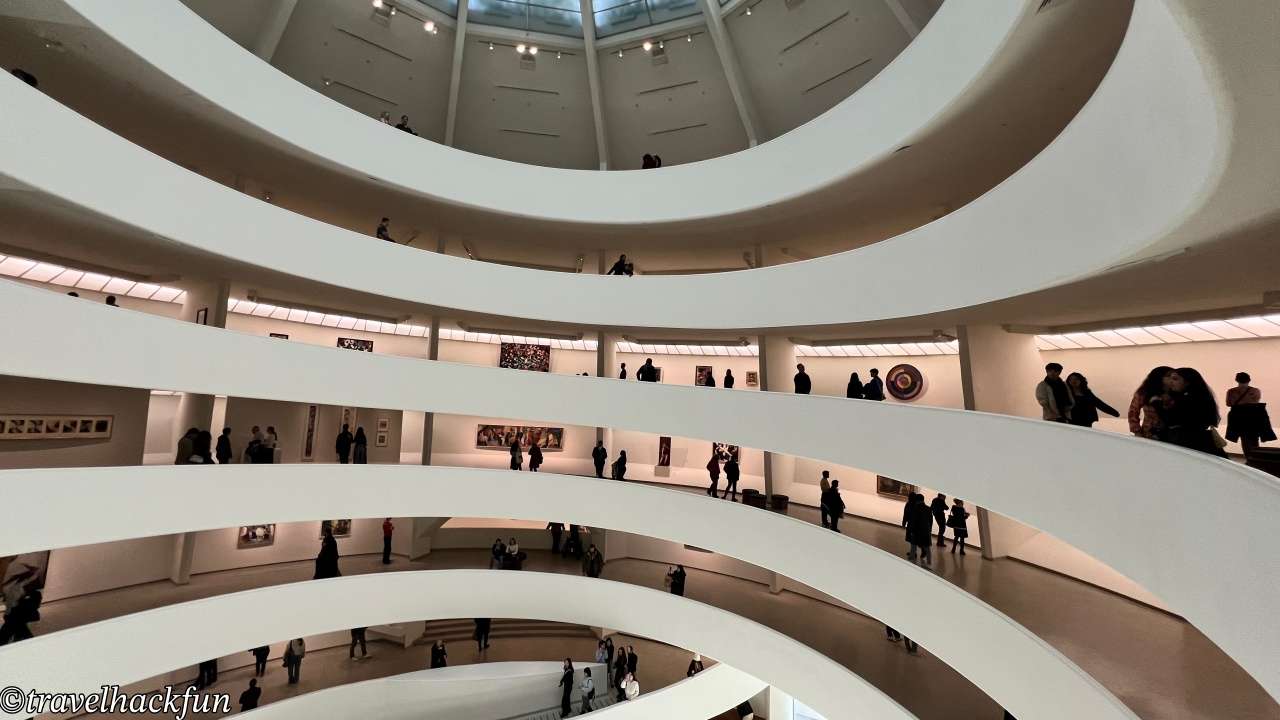
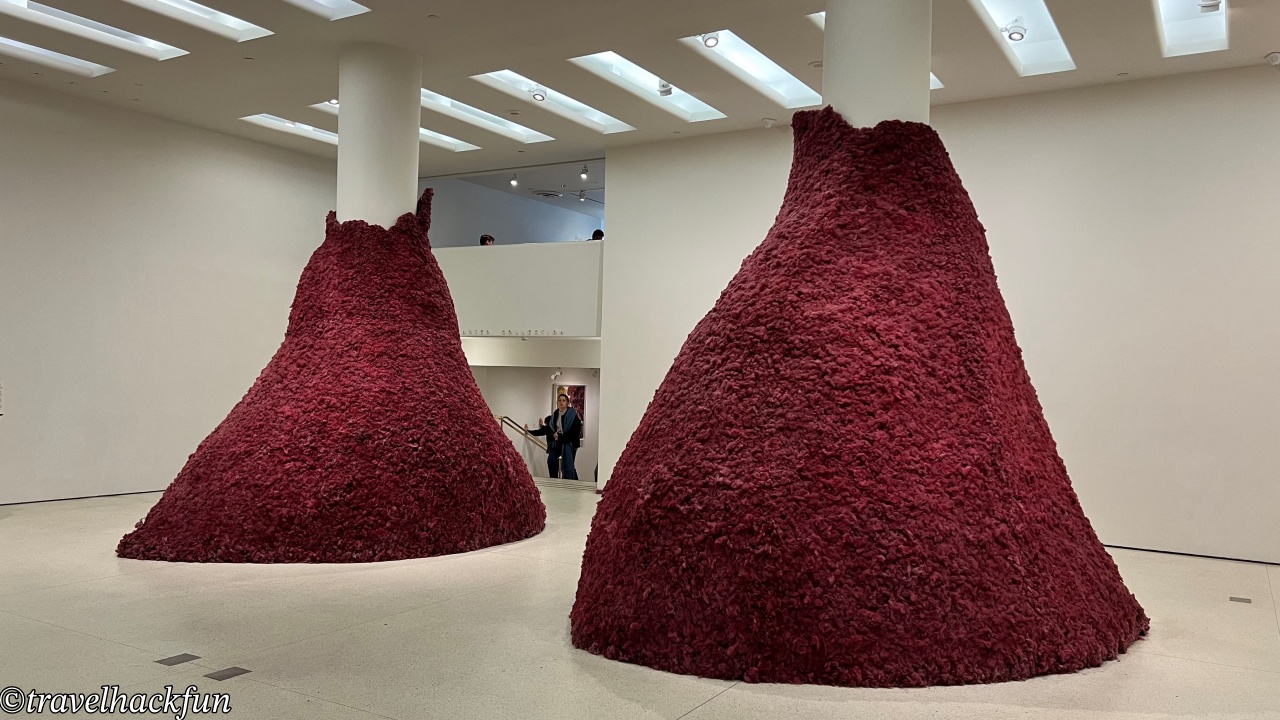
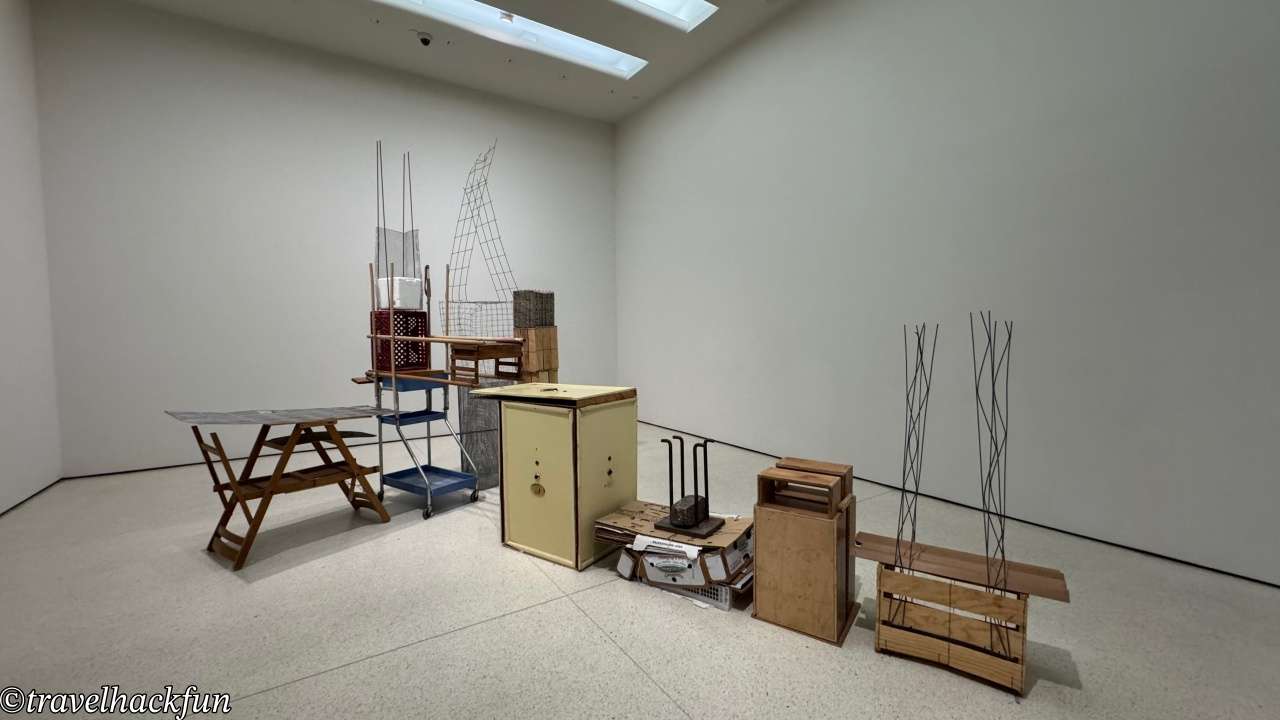
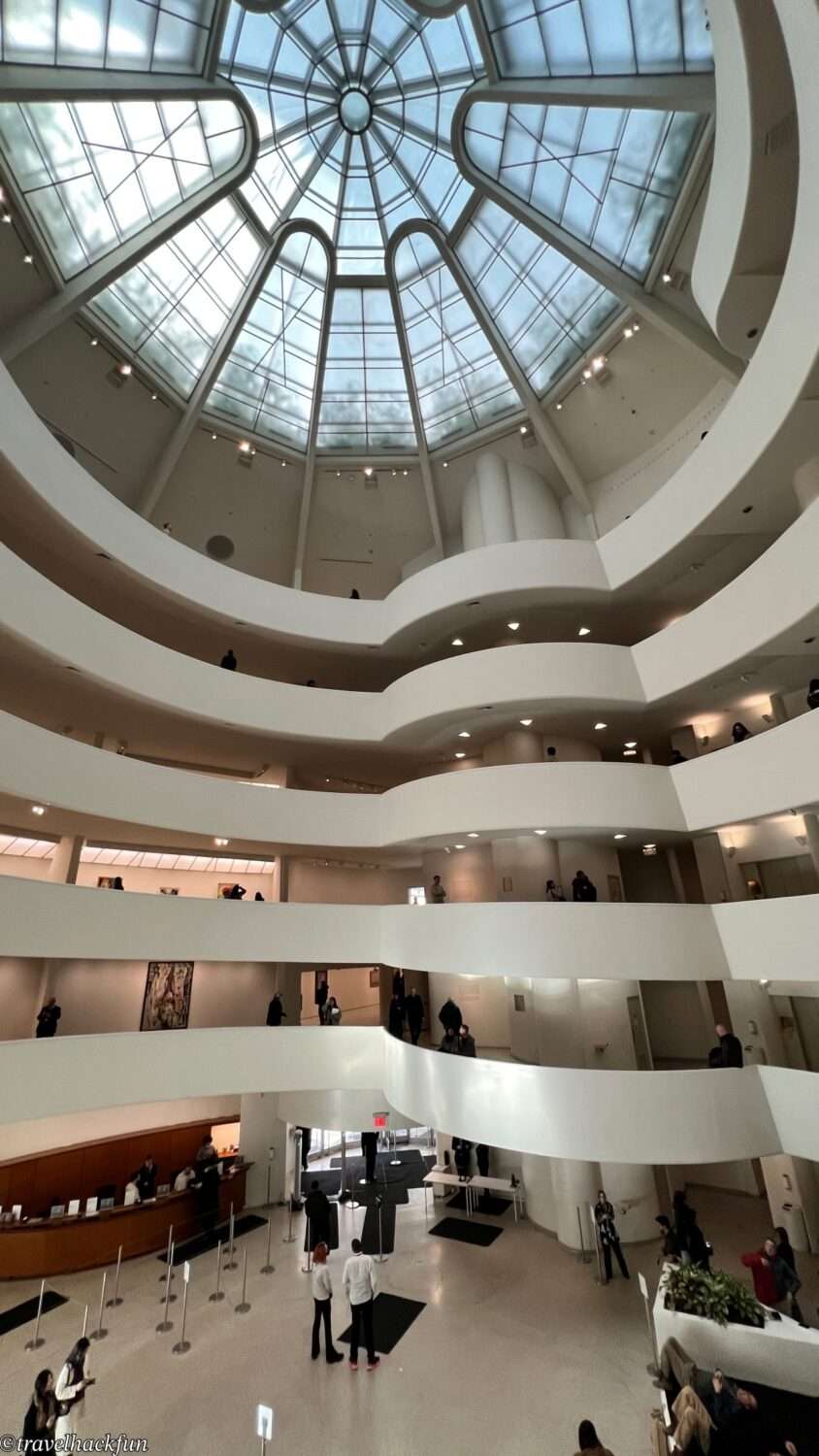
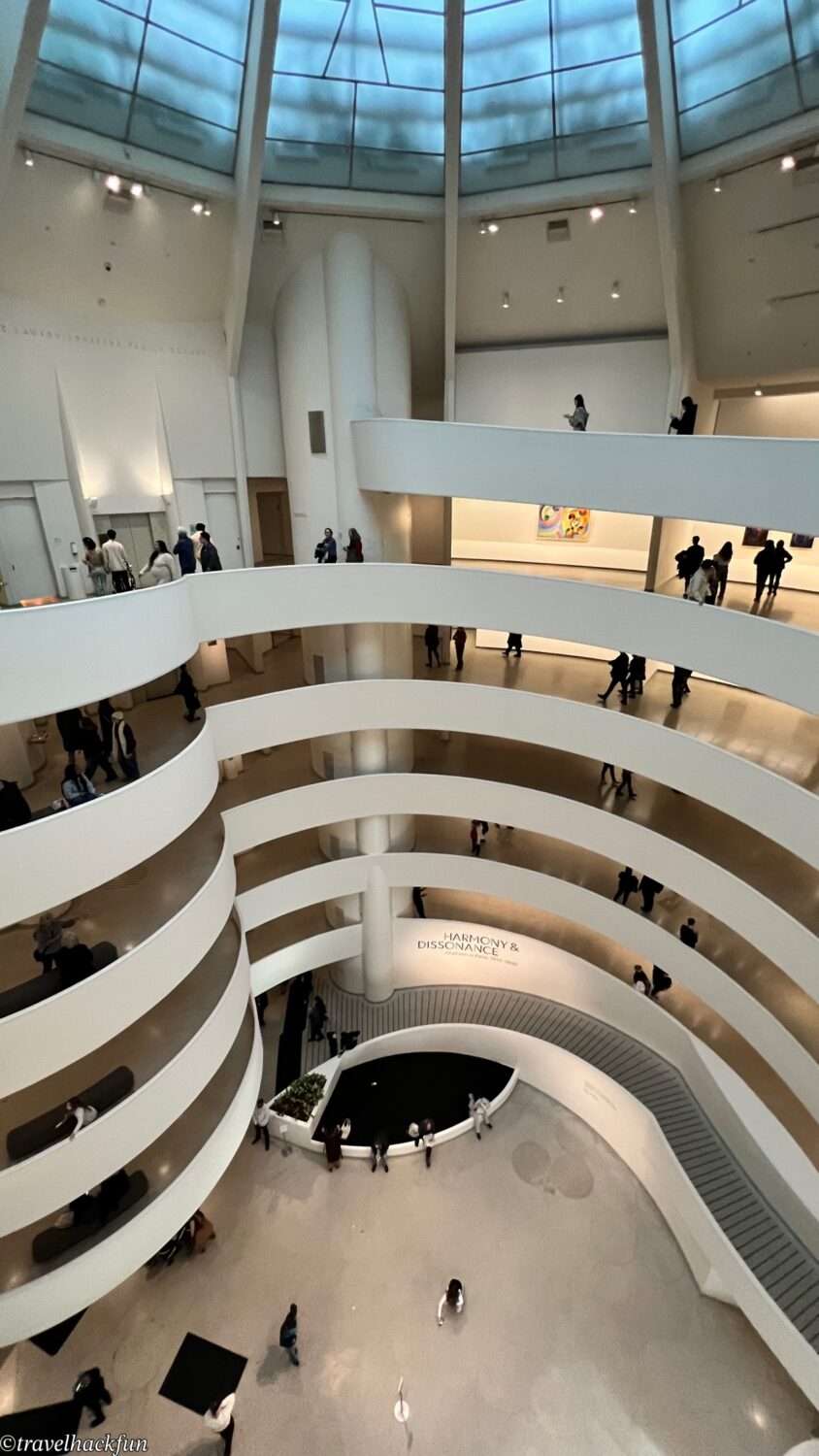
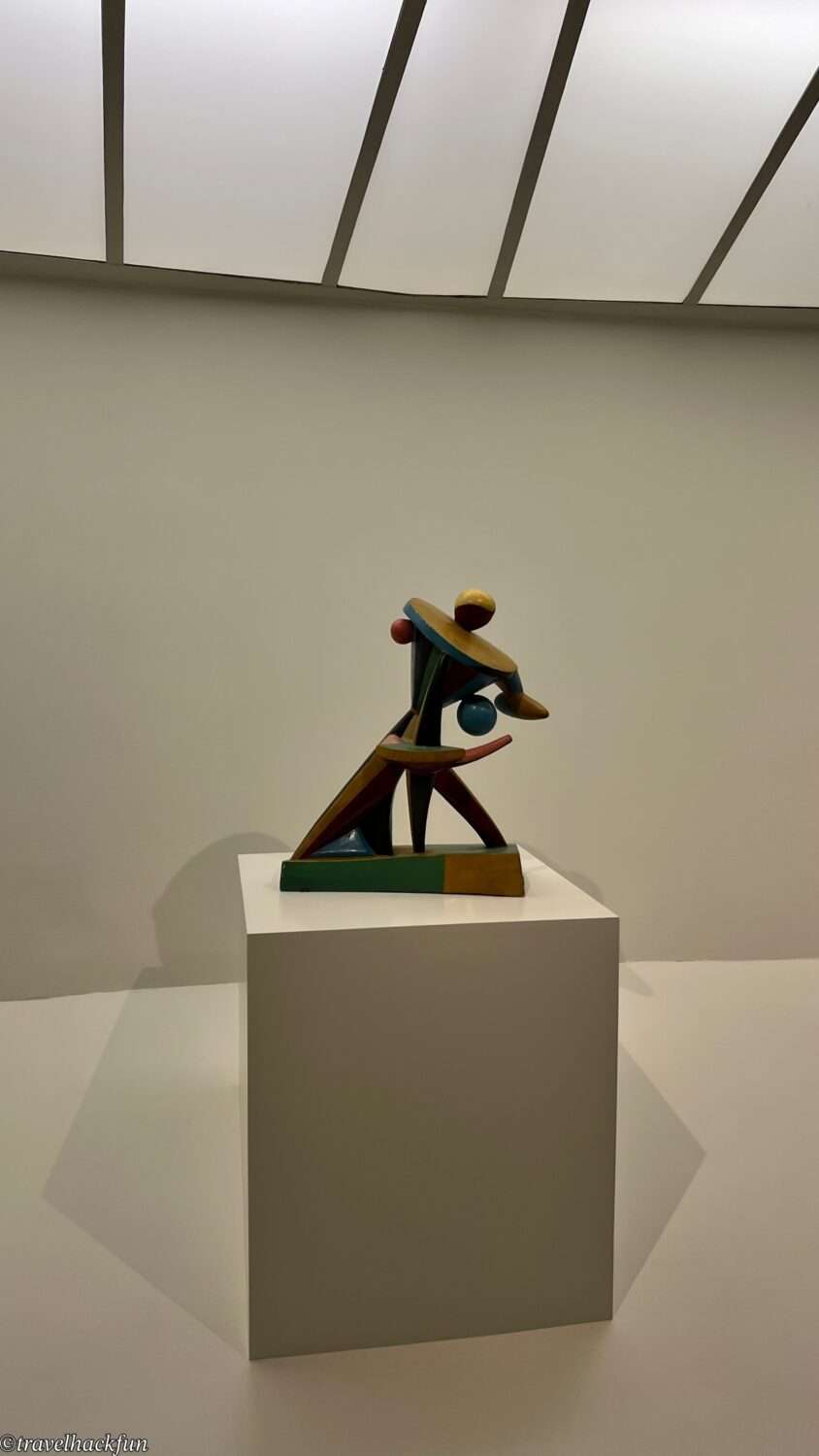
Midtown
Midtown is the most vibrant and touristy area, roughly between 30th and 59th Streets. It’s the first stop for most visitors, packed with iconic sites and major transportation hubs like Madison Square, Herald Square, and Penn Station. Key landmarks such as the Empire State Building, Times Square, Broadway theaters, Rockefeller Center, MoMA, and Fifth Avenue shopping are all here.
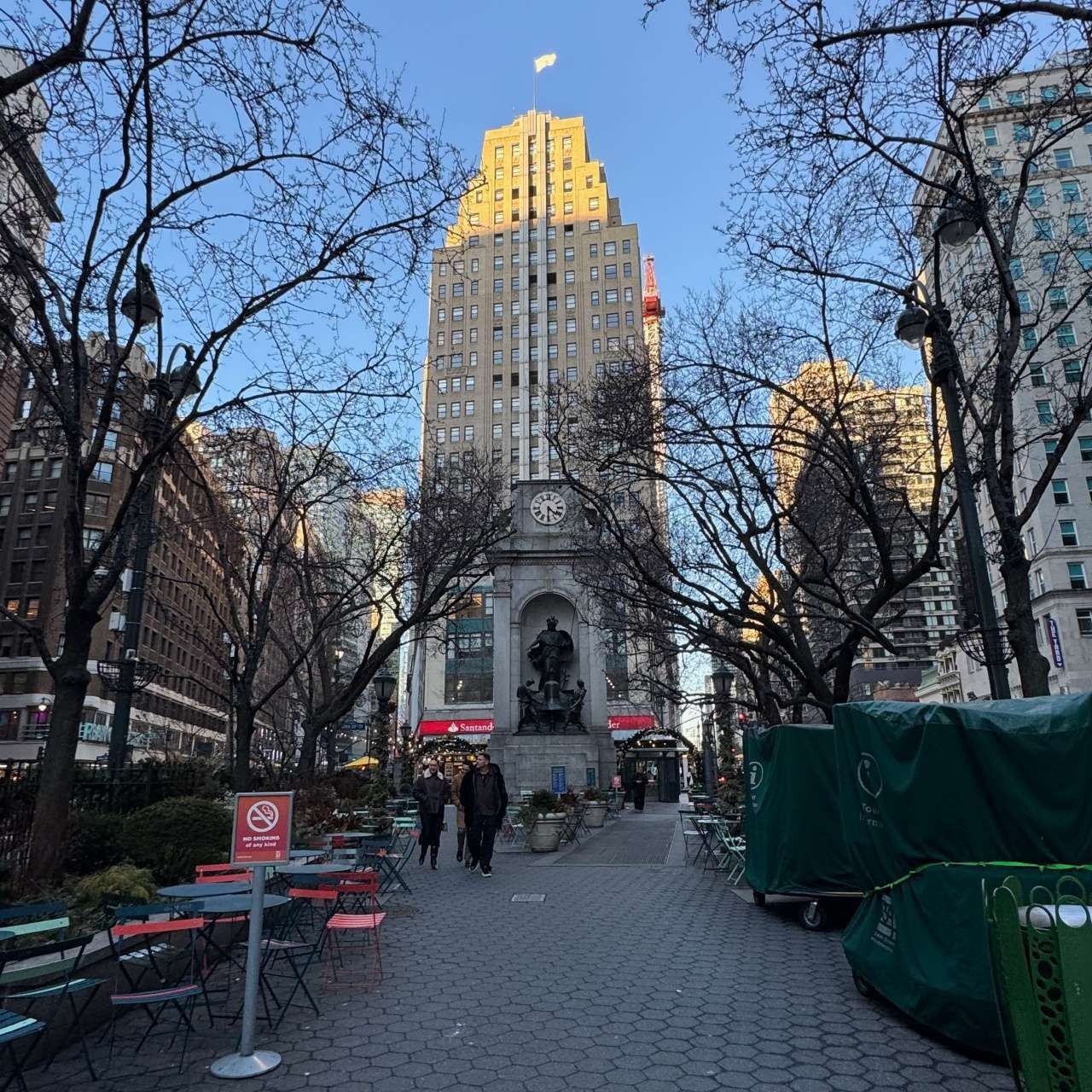
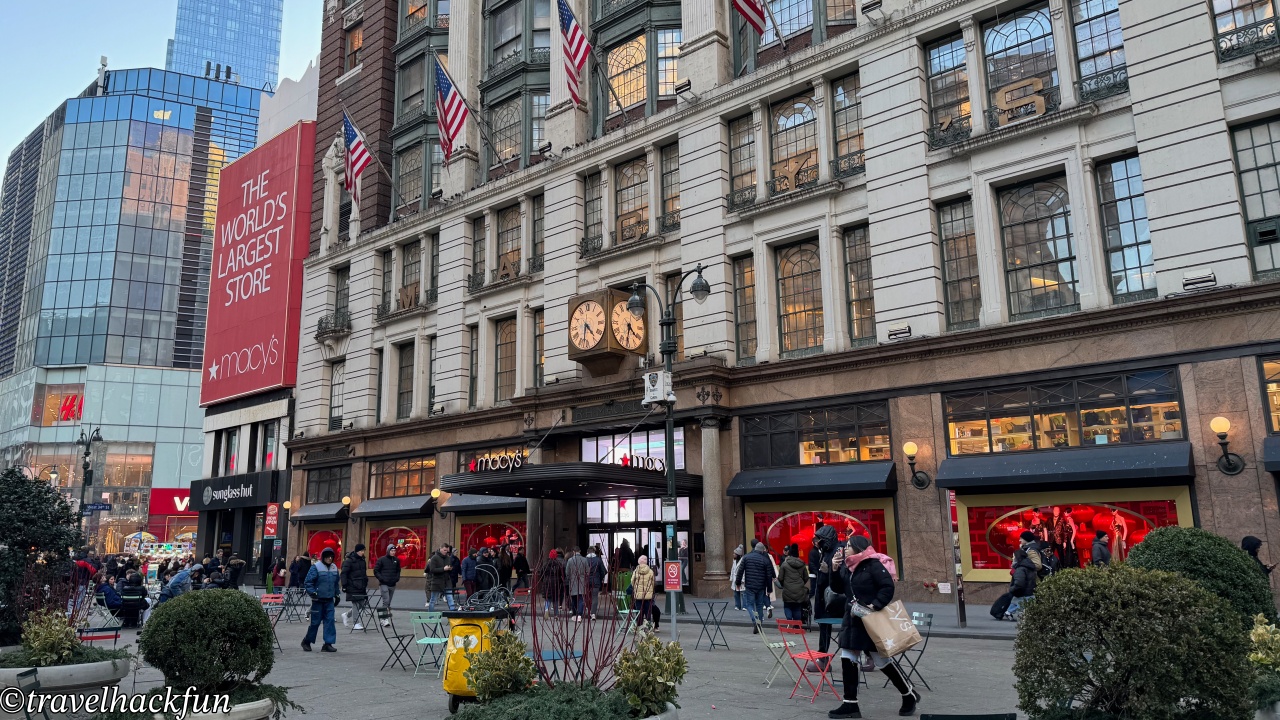

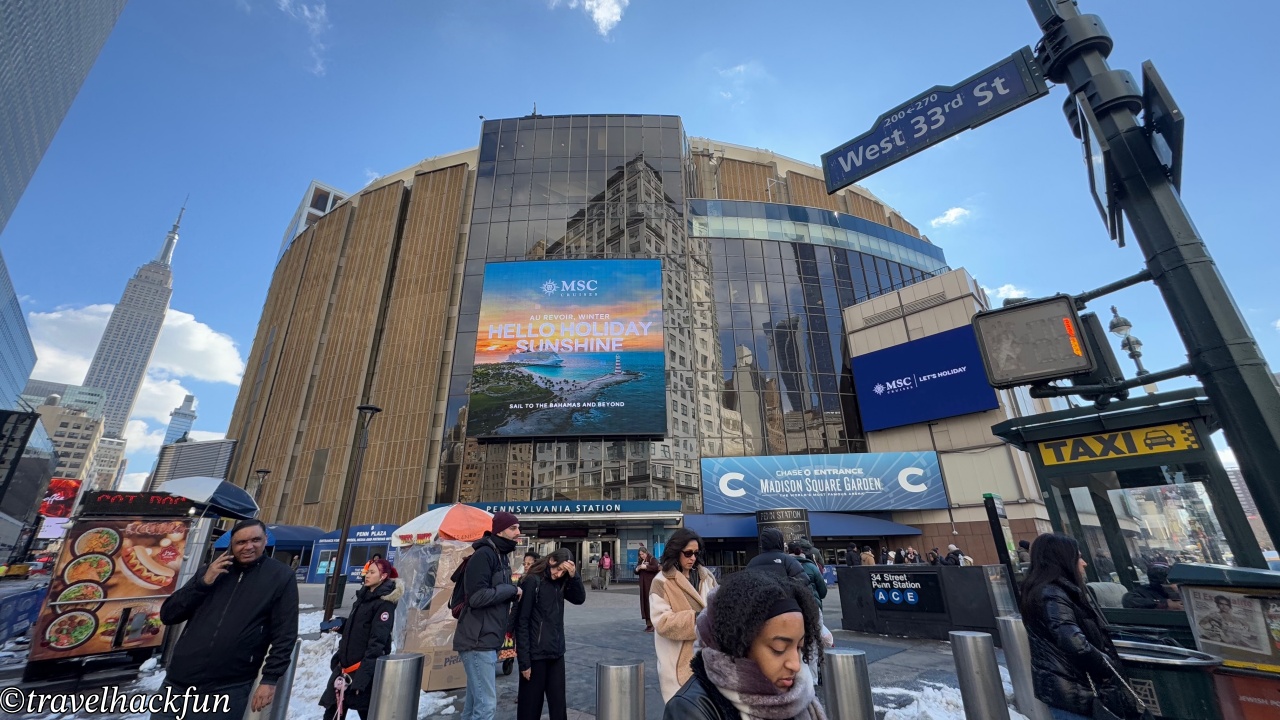
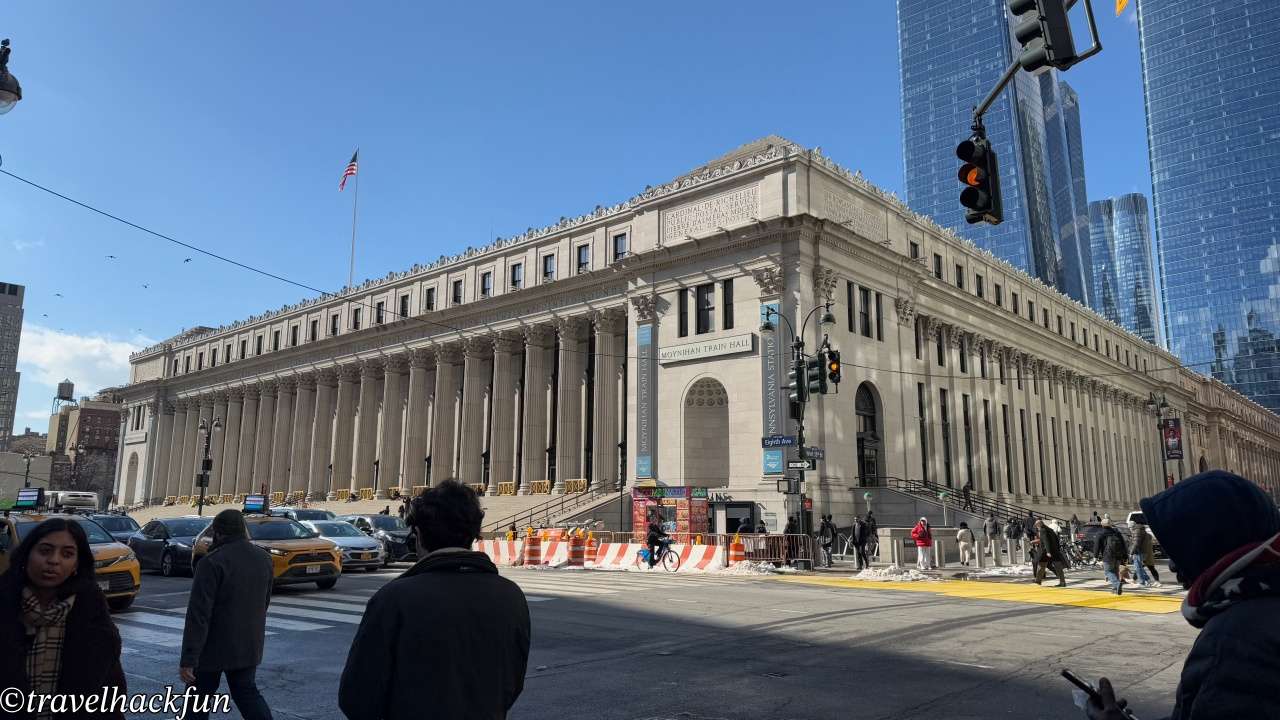
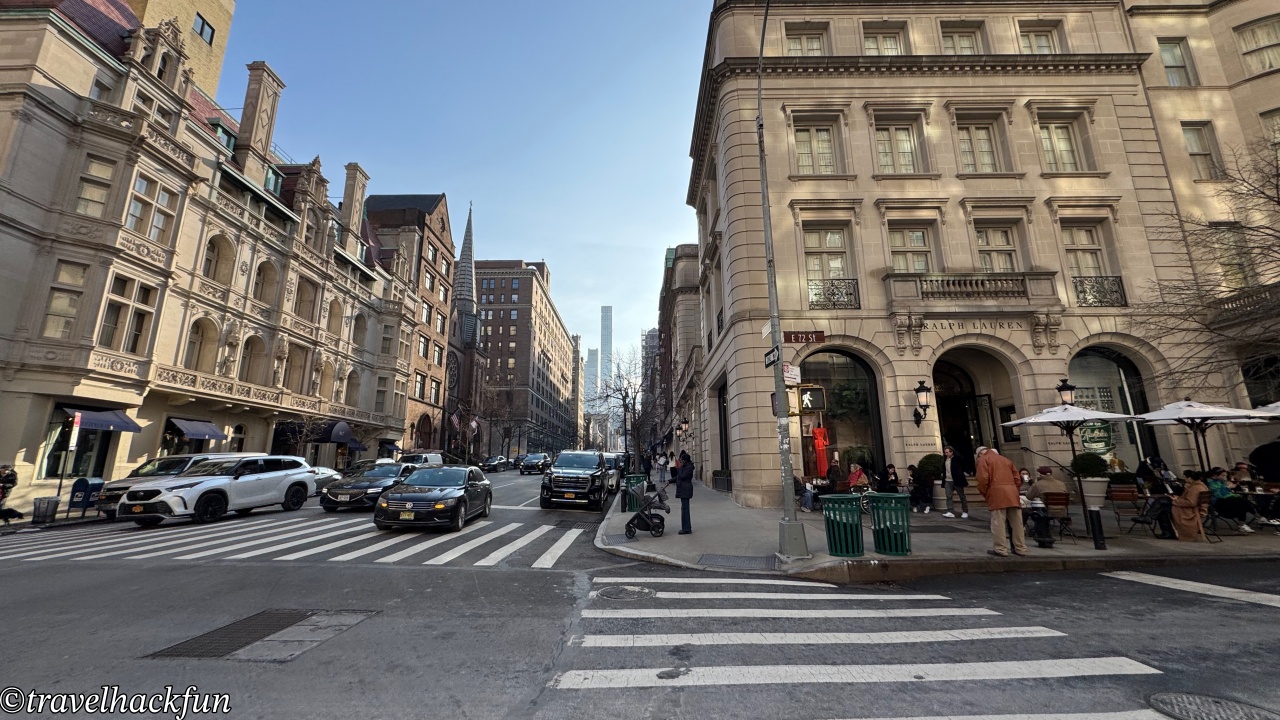
Landmark | Times Square and Surroundings
Times Square is the kind of place you’ll stumble upon even if you’re not looking for it. It’s the face of New York, the city’s heartbeat that pulses 24/7. Giant digital billboards flash from morning to night, and the central red stairs are always full of people taking photos, eating snacks, zoning out, or people-watching. Stepping into Times Square for the first time, you can’t help but feel, “Wow, I’m really in New York.”
It used to be called Longacre Square until The New York Times built its headquarters here, hence the new name. Today, it’s more than an intersection—it’s an entire district dedicated to entertainment, media, and tourism. Some find it too loud and commercialized, but it’s undeniably New York at its most extravagant and theatrical. Visit during the day for pictures, then return at night to see the lights in full glory. The famous New Year’s Eve ball drop happens right here on top of One Times Square. You’ll also see street performers dressed as everything from Spider-Man to the Statue of Liberty—cheesy but uniquely New York.
Times Square is also the center of the Broadway Theatre District, a ticket booth for discounted tickets to musicals. TKTS It's just down the steps from the plaza, and the surrounding area is also densely populated with themed stores, such as M&M's World, Hershey's, Disney, and even the flagship stores of Forever 21, H&M, and Levi's, so you can't even finish your evening's shopping.
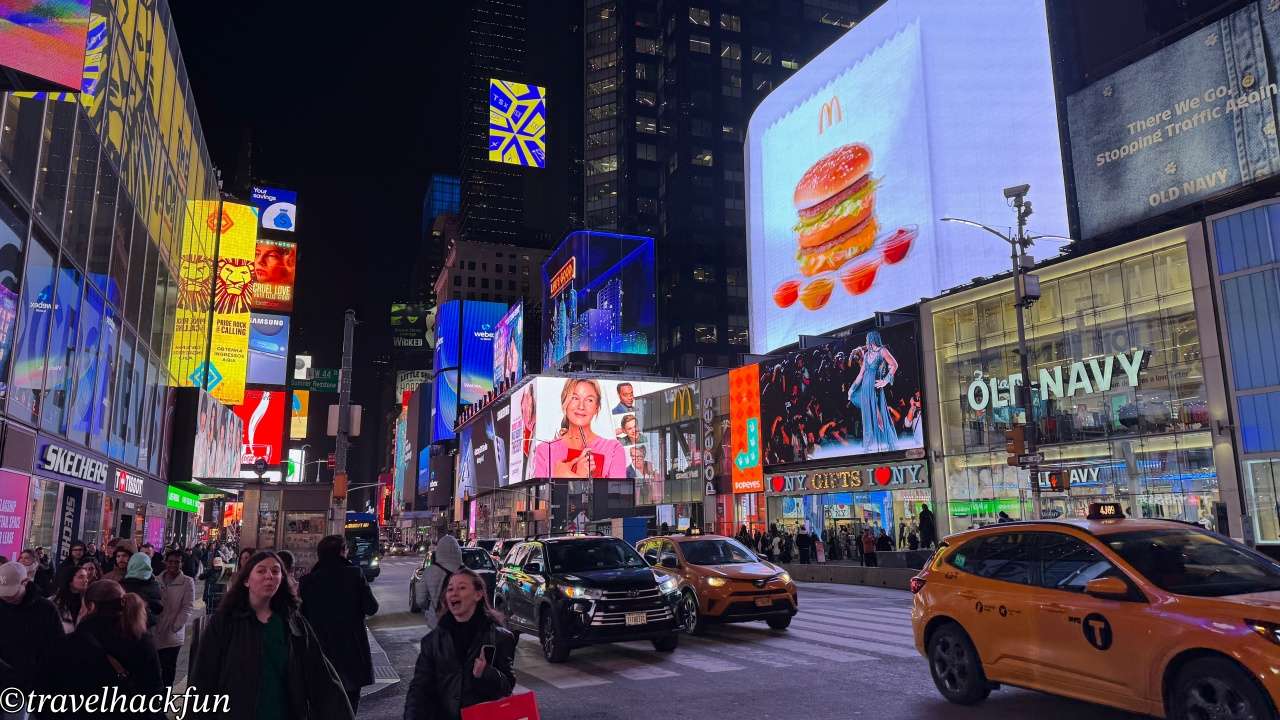
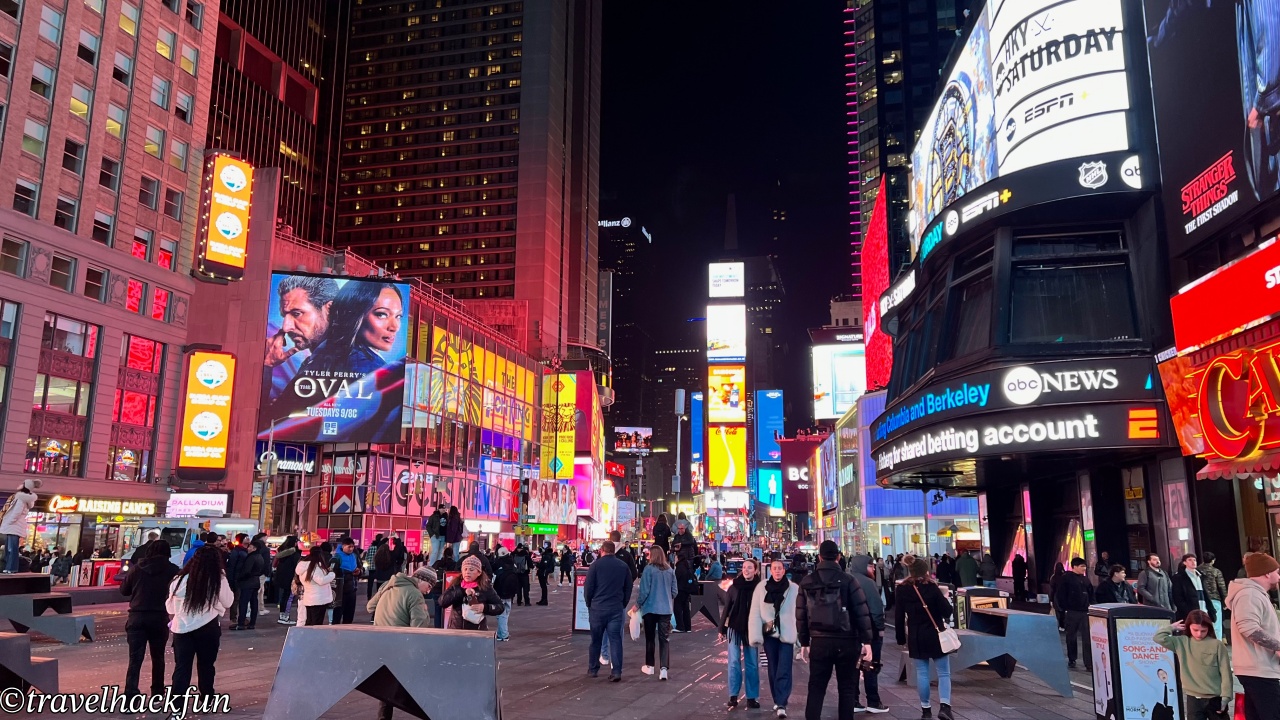
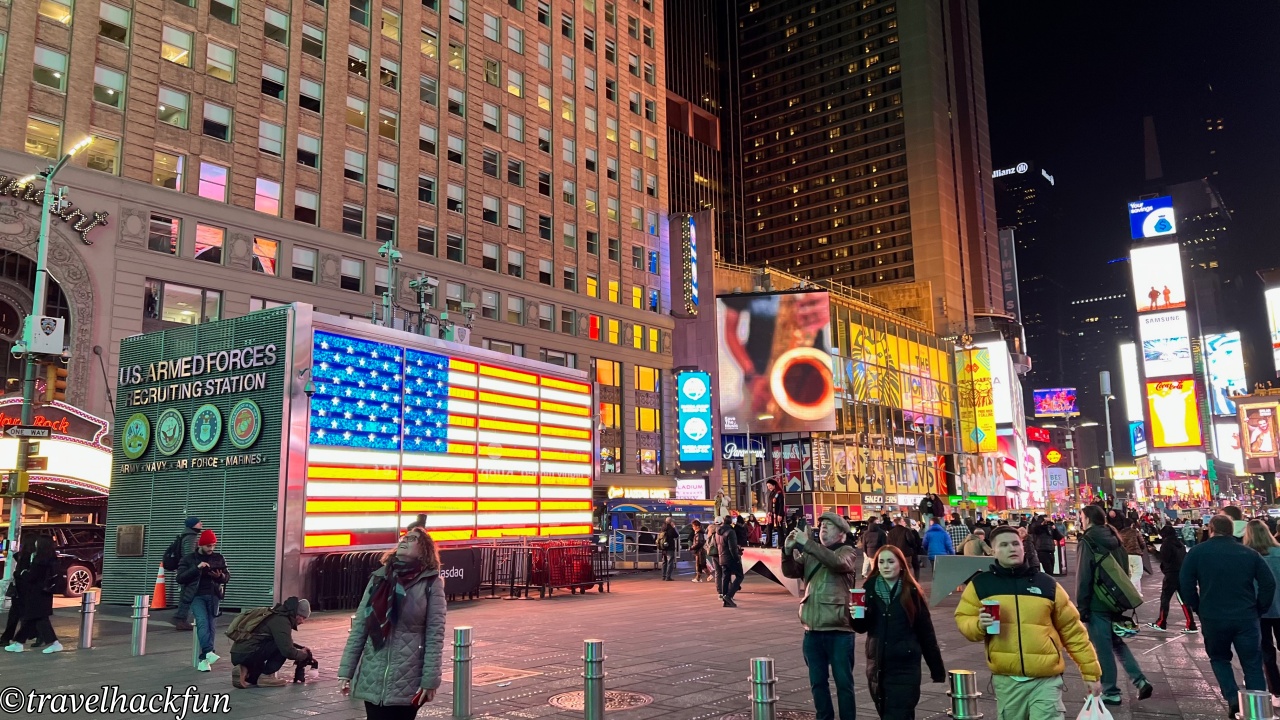
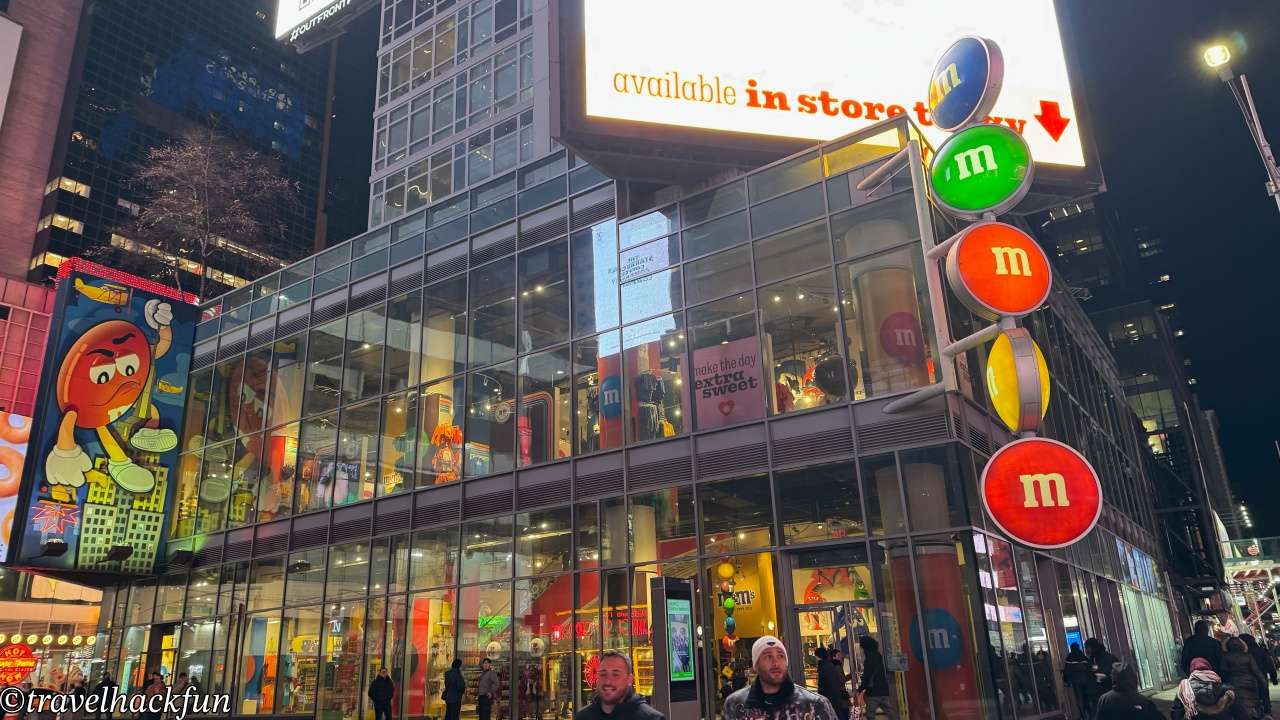
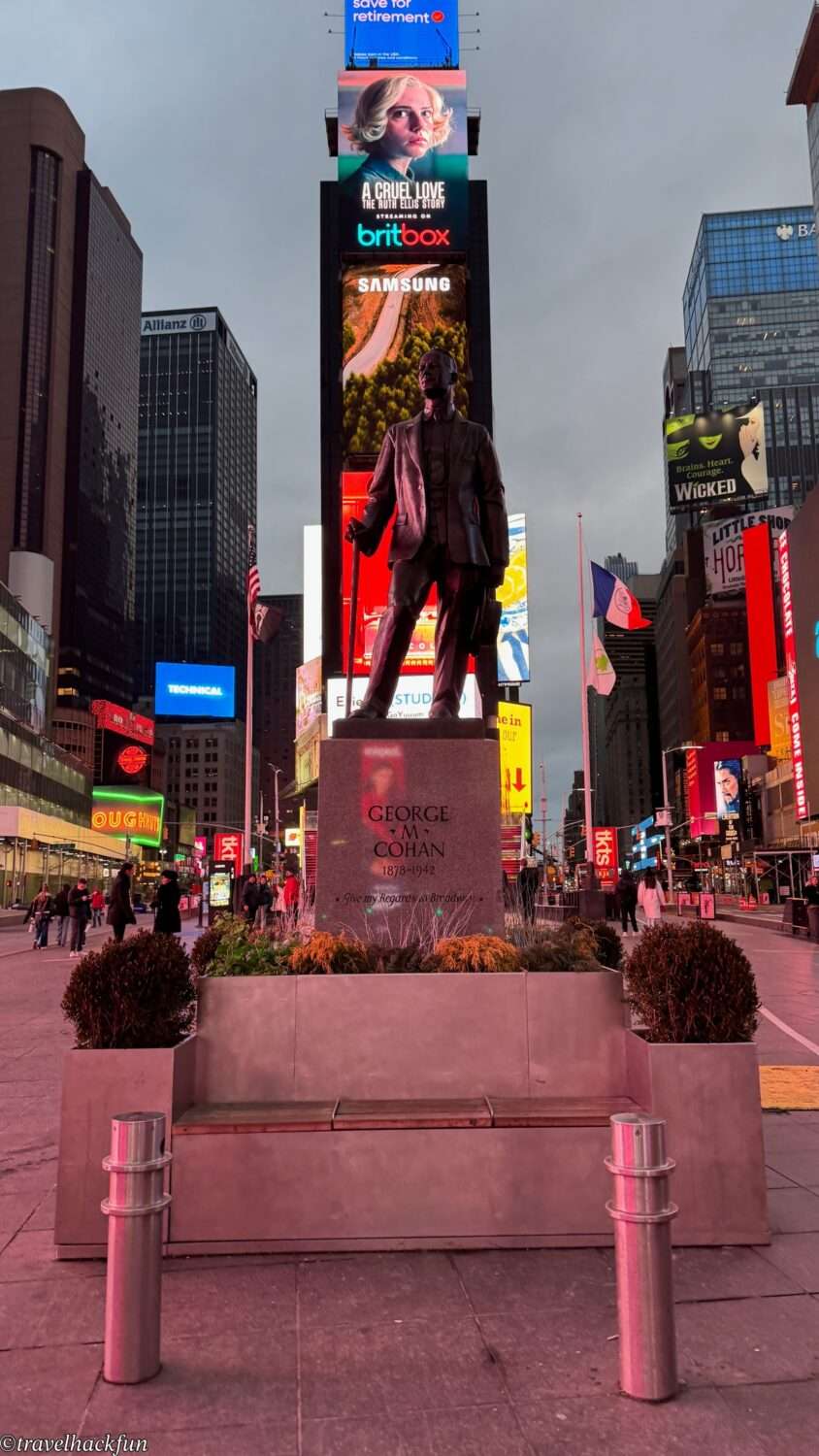
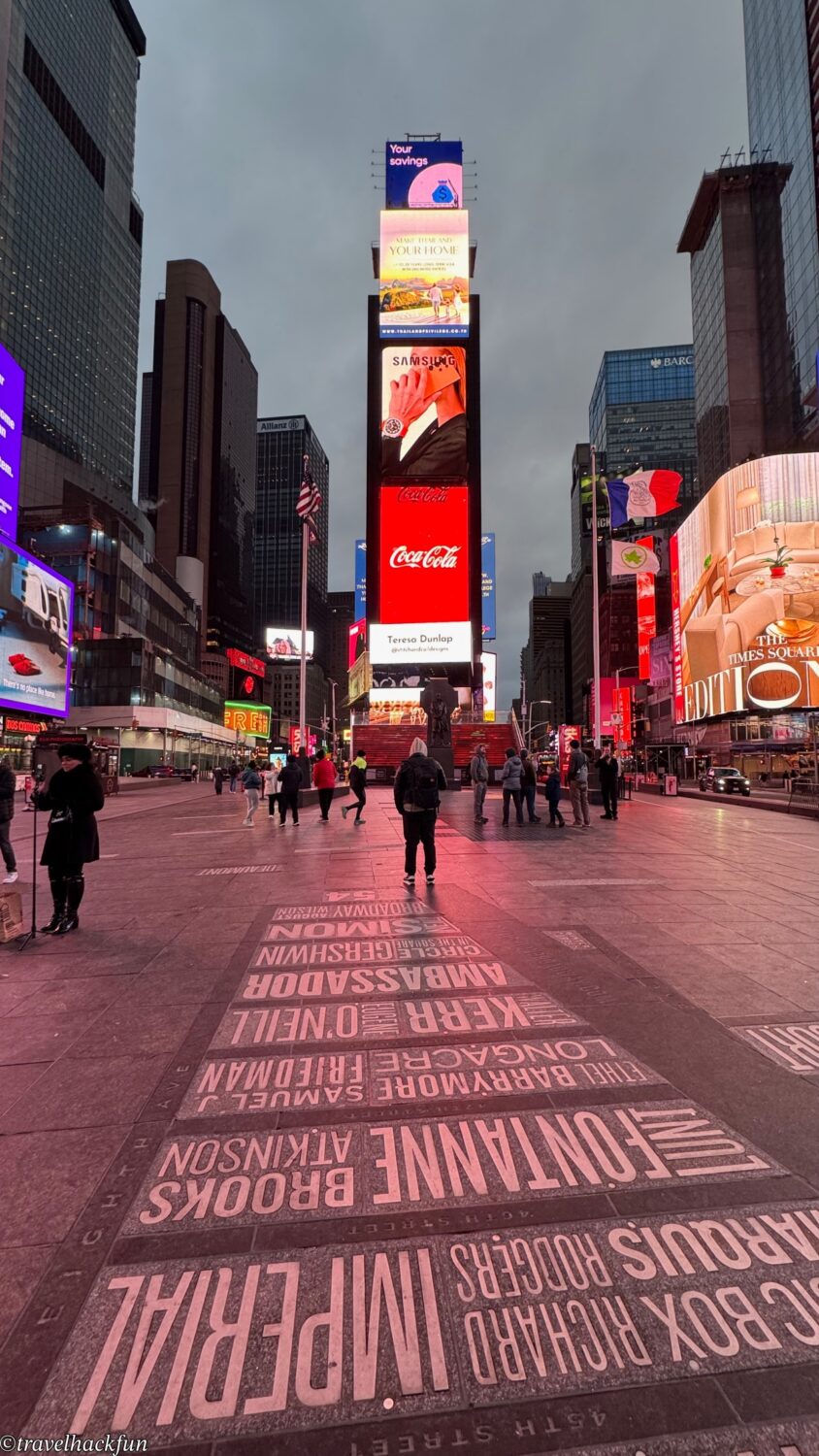
Experience | Broadway Musicals
Broadway is to New York what opera is to Paris and Shakespeare is to London—it’s the lifeblood of culture. The Broadway Theater District centers around Times Square and offers everything from mega-hits like The Lion King, Phantom of the Opera, Aladdin, to smaller productions like Hadestown, Dear Evan Hansen, and Hamilton. Whether or not you’re into theater, seeing a live Broadway show is a must-do experience. The performances are magnetic—even those new to theater are likely to get swept up in the magic.
If you have a specific show in mind and the budget for it, booking through official sites or ticket platforms is the safest. If you’re open to something spontaneous or want to save money, you can try the TKTS discount booth (up to 50% off), same-day lottery systems, or rush tickets. Lotteries for shows like Hamilton, Wicked, and SIX often offer $10–30 tickets via app or website—super affordable but dependent on luck. Rush tickets are available for certain shows a few hours before curtain time, first-come-first-served. They’re cheap, and while seats may be limited-view, the atmosphere is unbeatable.
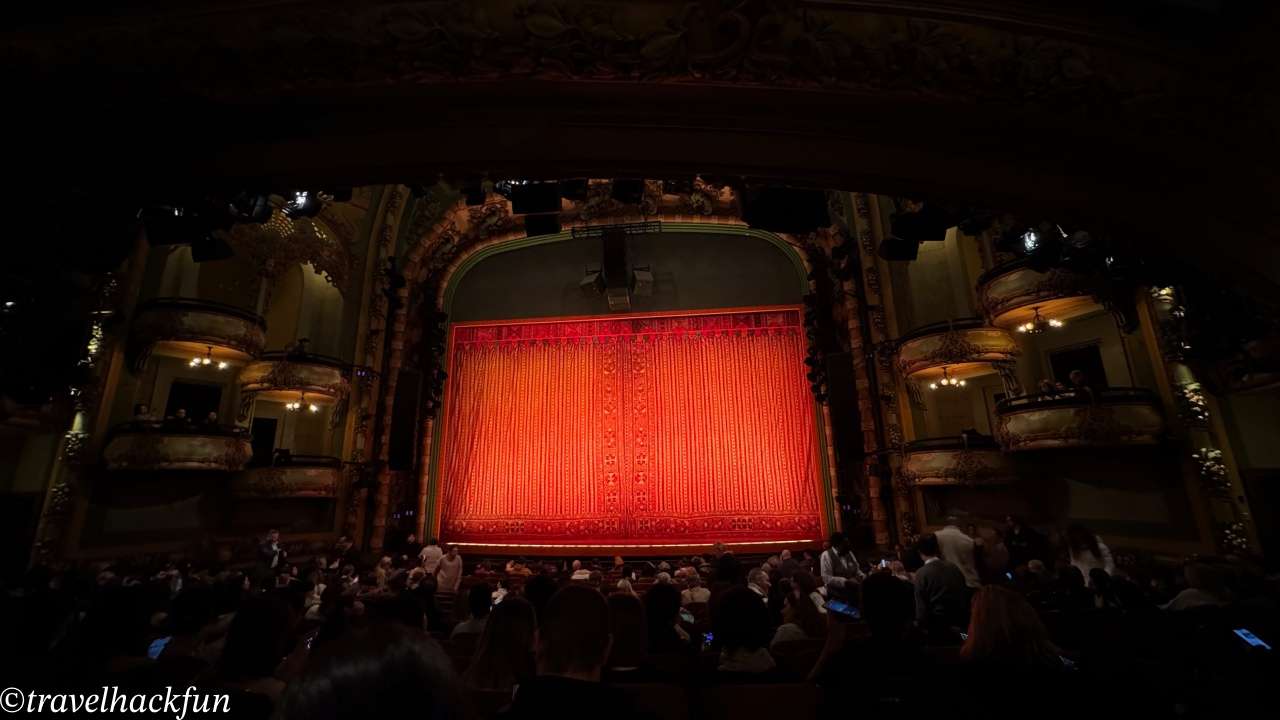
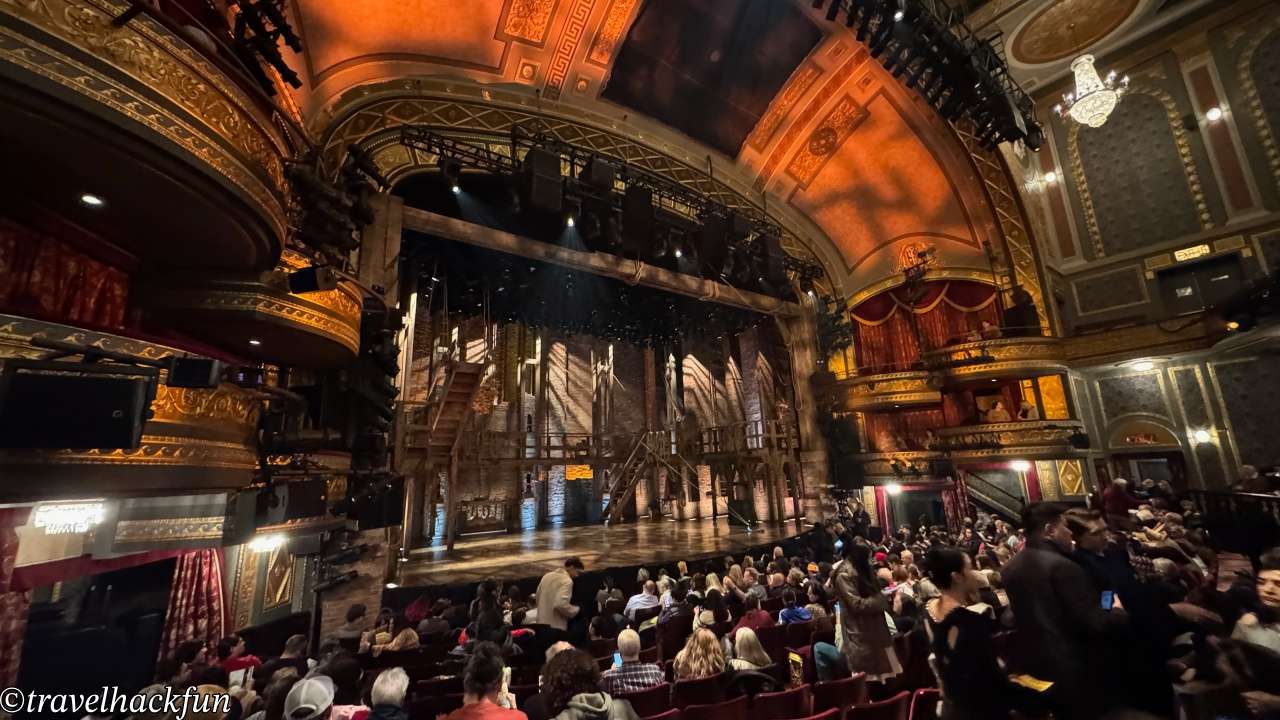

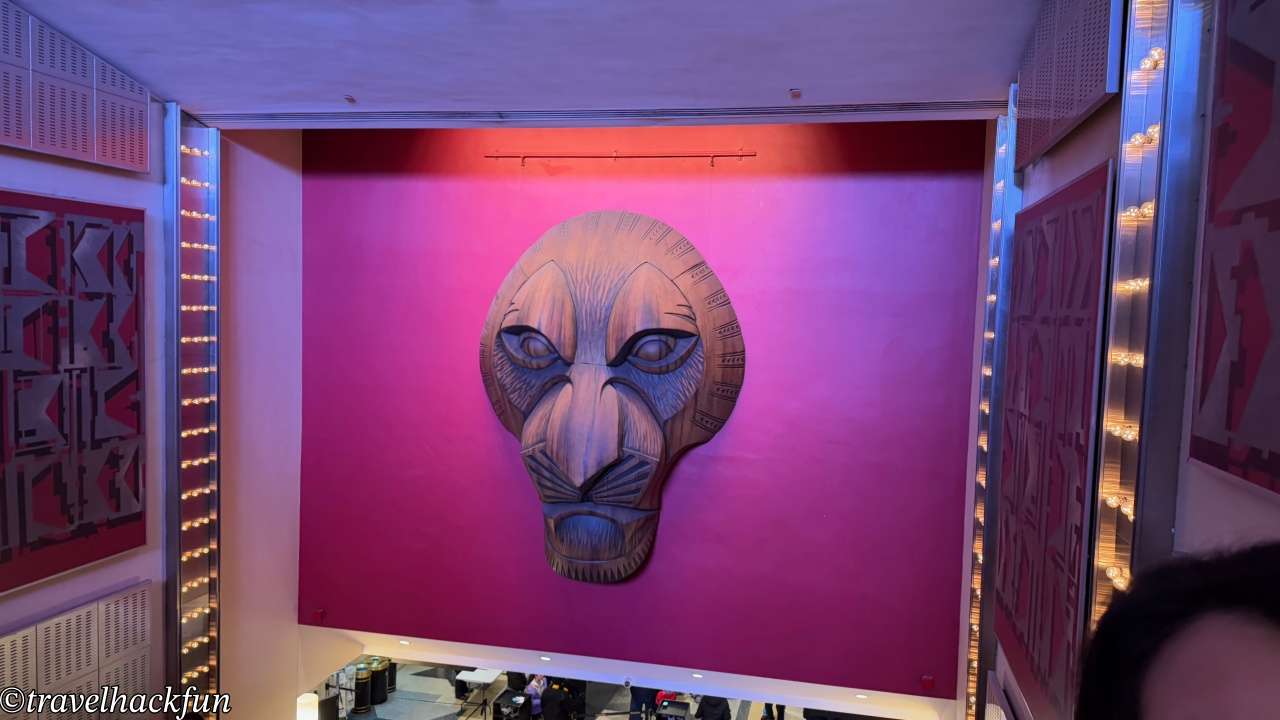
Landmark | Empire State Building
The Empire State Building is one of New York’s most iconic skyscrapers. Whether on maps, postcards, or in films, it’s an unmistakable silhouette. Completed in 1931 during the Great Depression, this Art Deco masterpiece was once the tallest building in the world and still represents the city’s spirit of constant upward growth.
The observation decks are on the 86th and 102nd floors. By day, you'll see dense city grids; by night, a glittering sea of lights. It’s been the backdrop for countless movie moments, like King Kong scaling its spire or the romantic climax of Sleepless in Seattle. Newer observation decks have emerged, but the Empire State’s timeless charm remains. From here, you can see the newer decks, but when you’re on those decks, the Empire State is the star of the view.
The visit is well-curated, with multimedia exhibits on the building’s history and cultural significance. Come in the morning or around sunset for the best light and fewer crowds. The ticket price is on the high side, so consider using the New York City Pass.
Empire State Building Tickets
New York City Pass
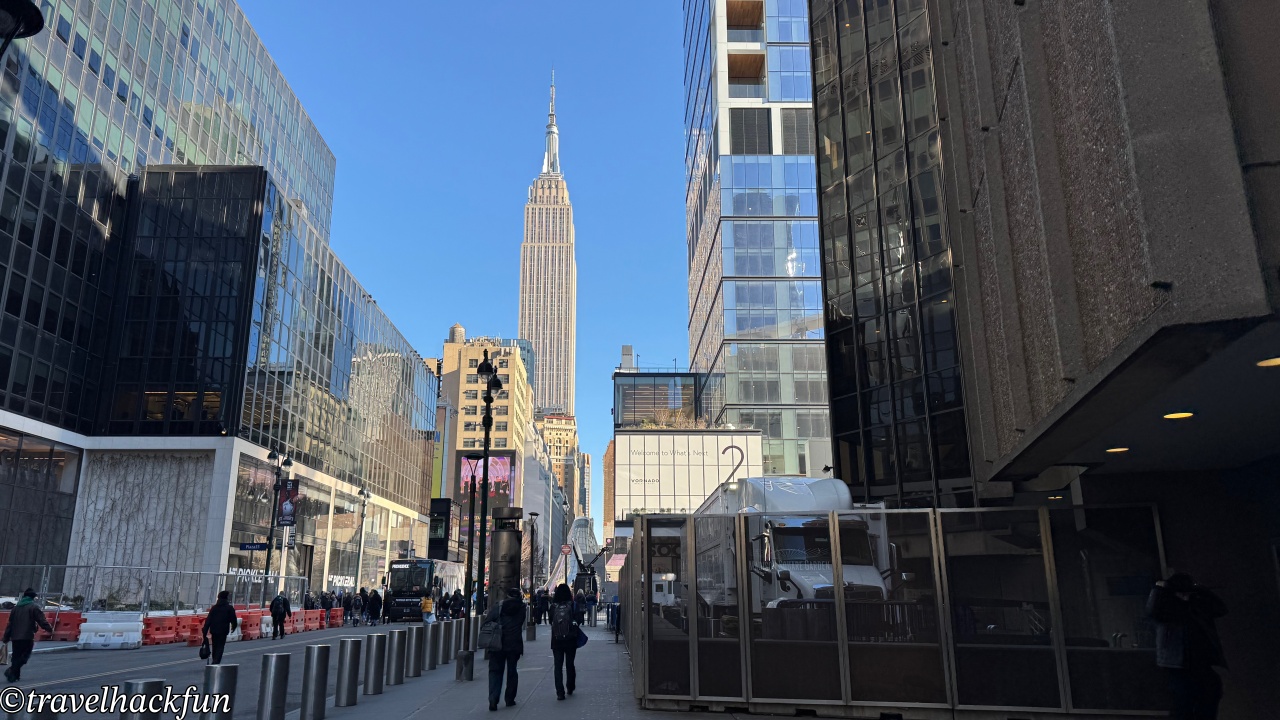
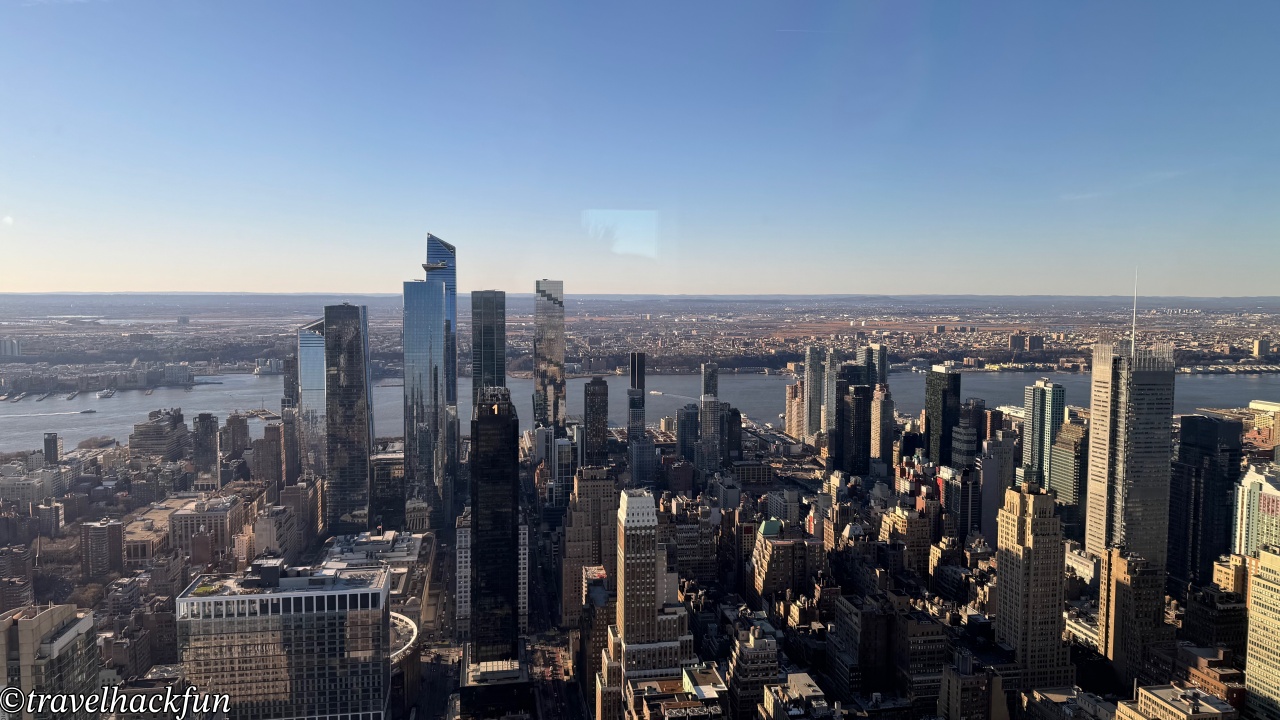
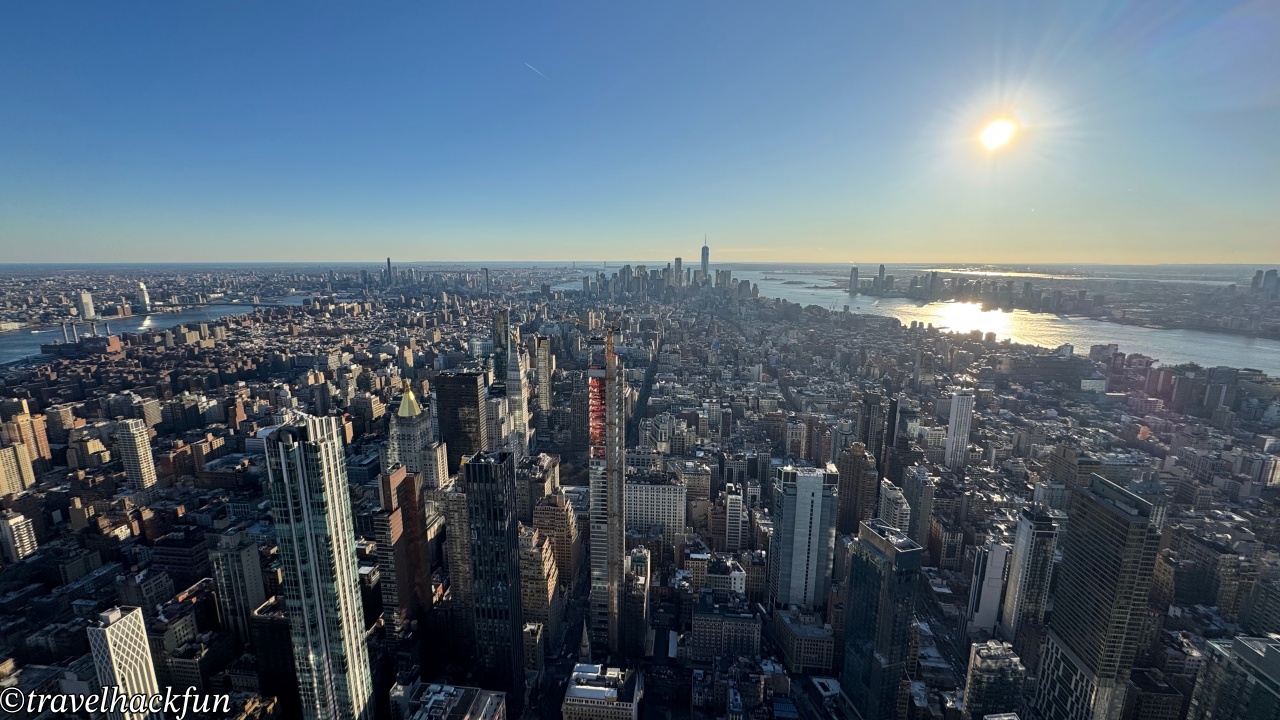
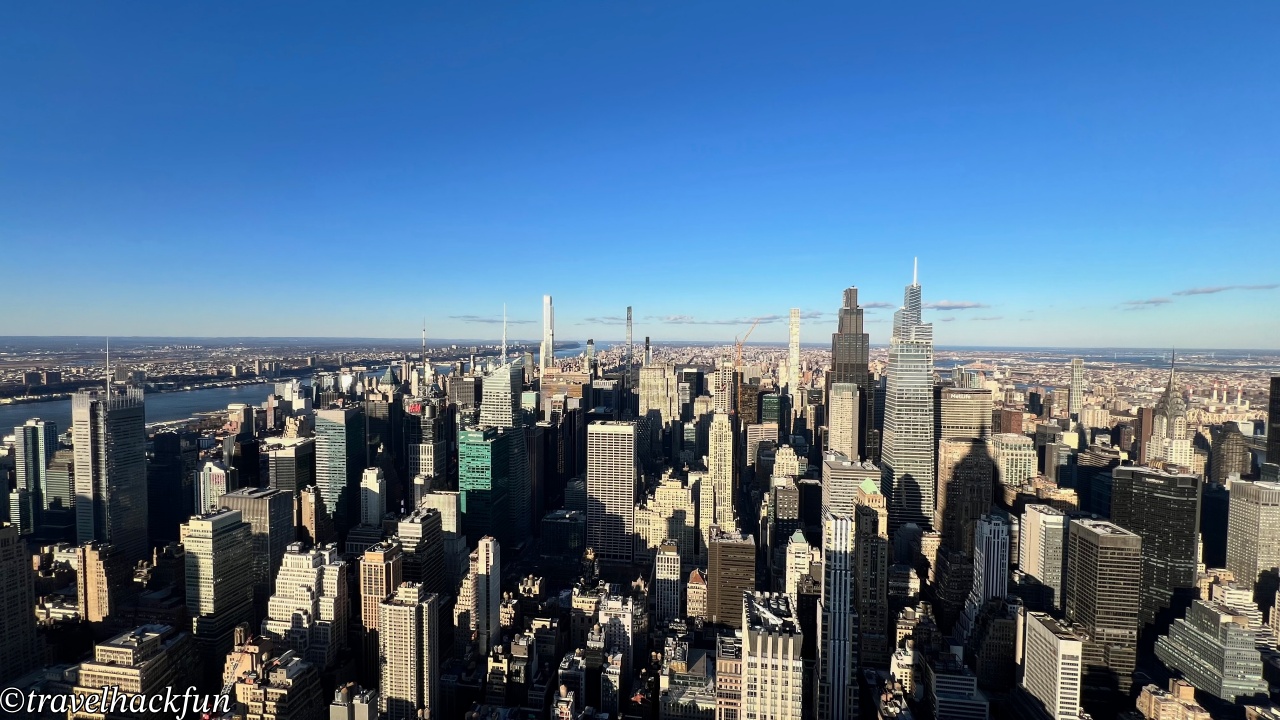
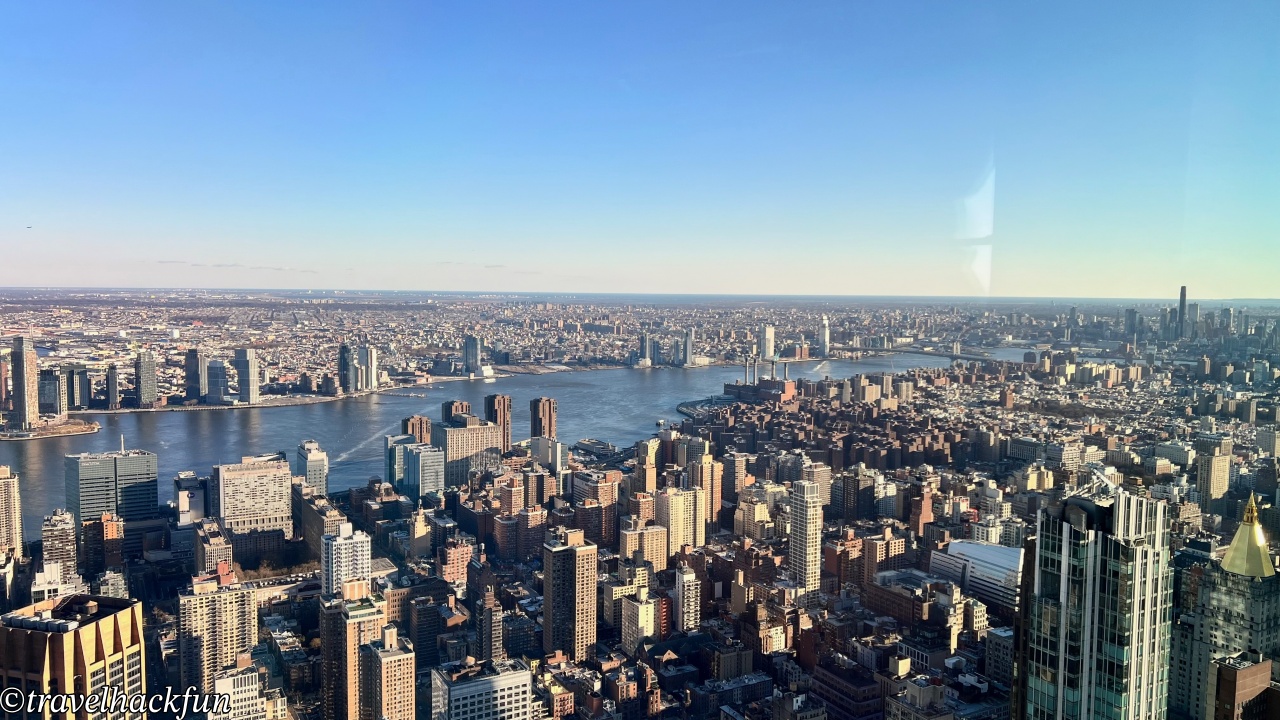
Landmark | Rockefeller Center and Top of the Rock
Rockefeller Center isn’t just one building—it’s an entire complex. Funded by the Rockefeller family during the Great Depression, it stands as a classic of Art Deco architecture. The centerpiece is 30 Rockefeller Plaza (30 Rock), home to NBC Studios. Iconic shows like Saturday Night Live and The Tonight Show are filmed here, and visitors can join the NBC Studio Tour if interested.
If you visit in winter, this is where you'll find the famous Christmas tree and ice rink—an image straight out of a New York holiday postcard. But year-round, Rockefeller Center is worth visiting. Check out the bronze Atlas statue across from St. Patrick’s Cathedral, browse NBC Studios’ lobby, or sit at a nearby café and take in the “classic yet calm” New York vibe. The underground concourse also offers plenty of shops and restaurants, making it a good pre/post stop for the observation deck.
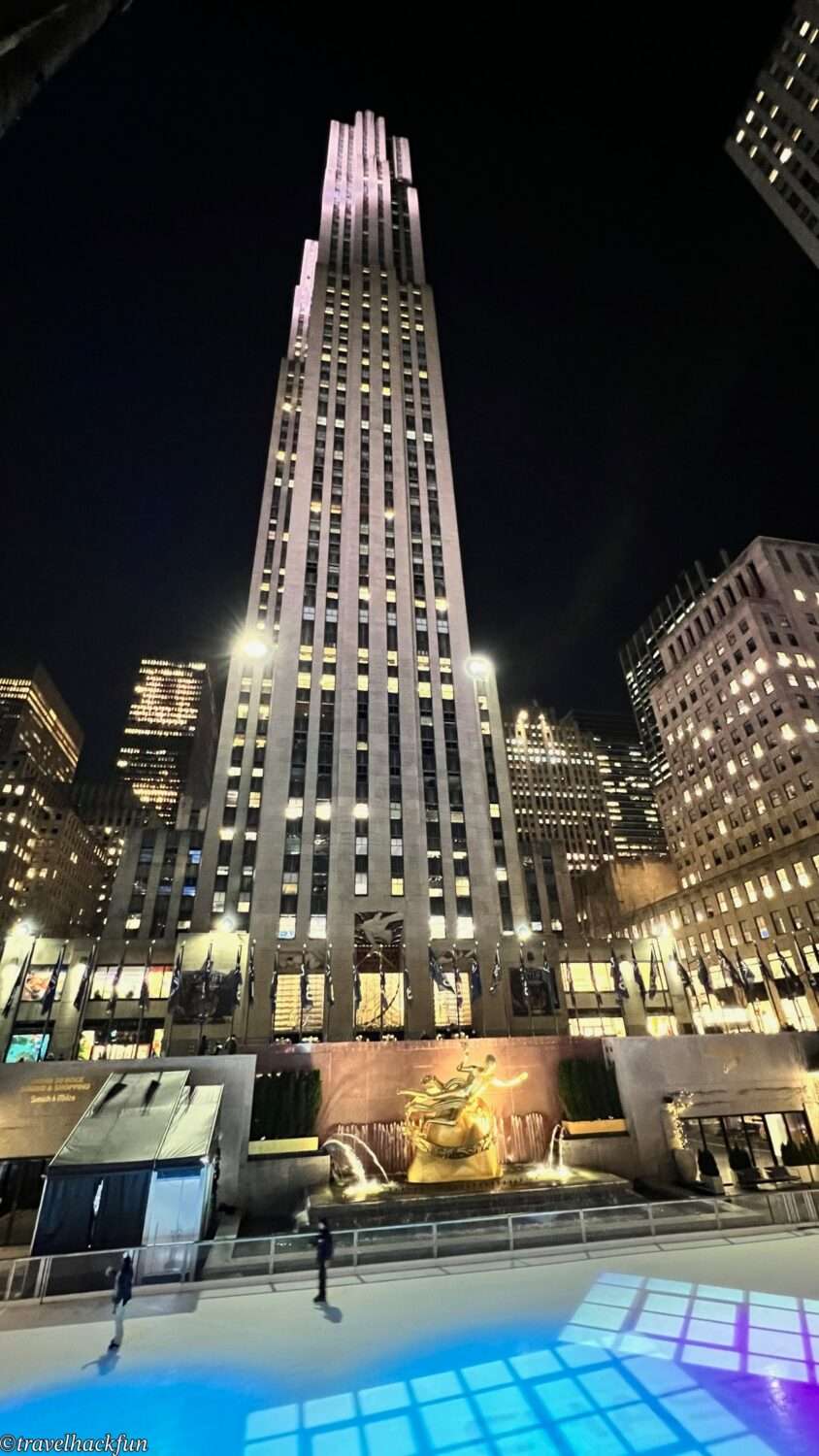
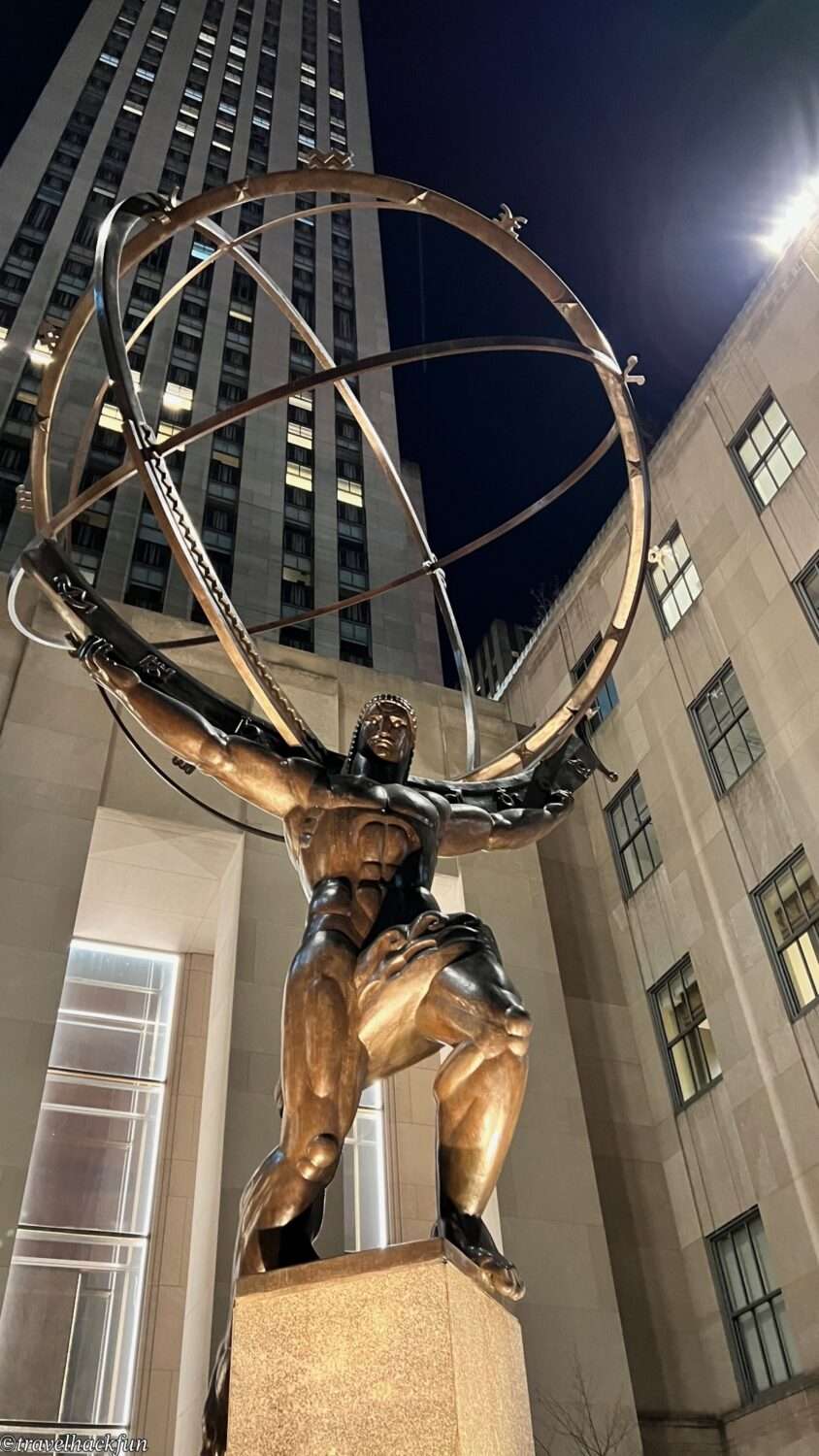
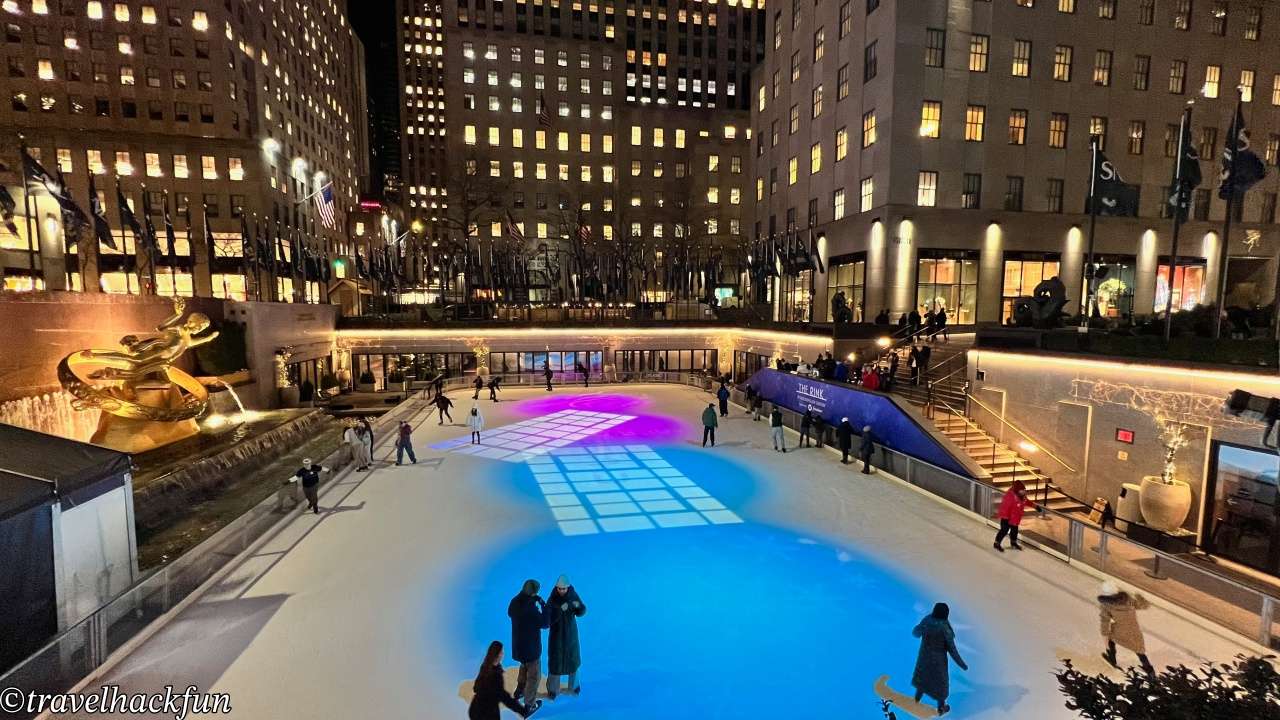
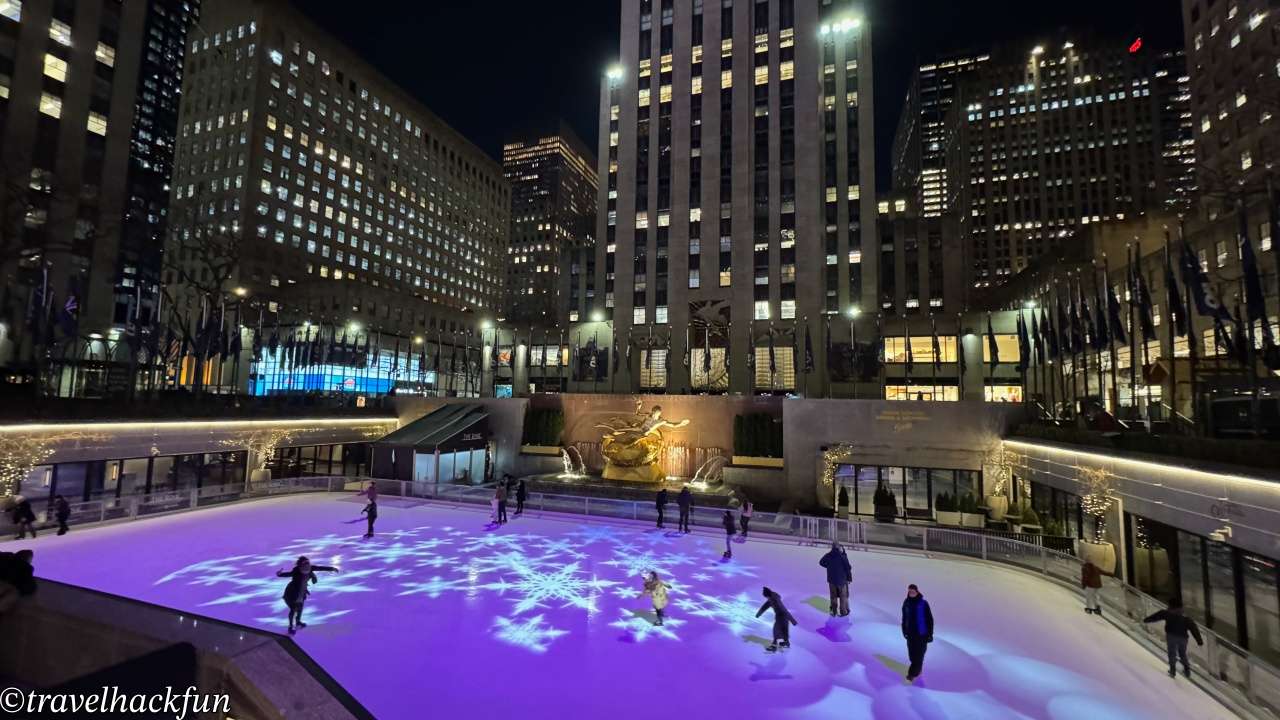
The Top of the Rock is often considered the most balanced and enjoyable observation deck in NYC. What sets it apart is the unobstructed view of the Empire State Building and Central Park—giving you both iconic perspectives in one visit.
The deck is split into three levels, with the top level being fully open-air (no glass), perfect for photos. The lower two levels have glass barriers for wind protection. Even the elevator ride up is an experience, with a screen on the ceiling showing animated lights and visuals as you ascend.
Try visiting around sunset—you’ll get daytime views, golden hour, and night lights all in one trip. Even if you visit other observation decks, this one should be a priority because it offers the most “complete” view of the NYC skyline—not just height, but perspective.
Top of the Rock Tickets

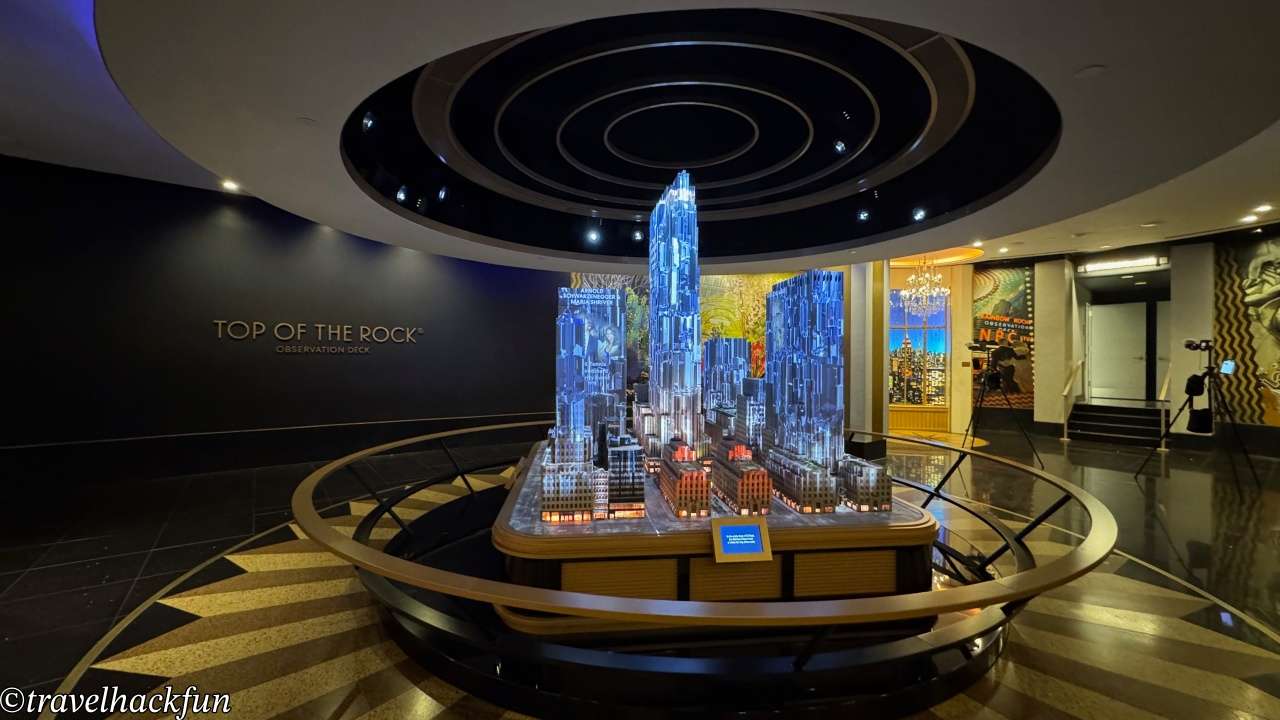
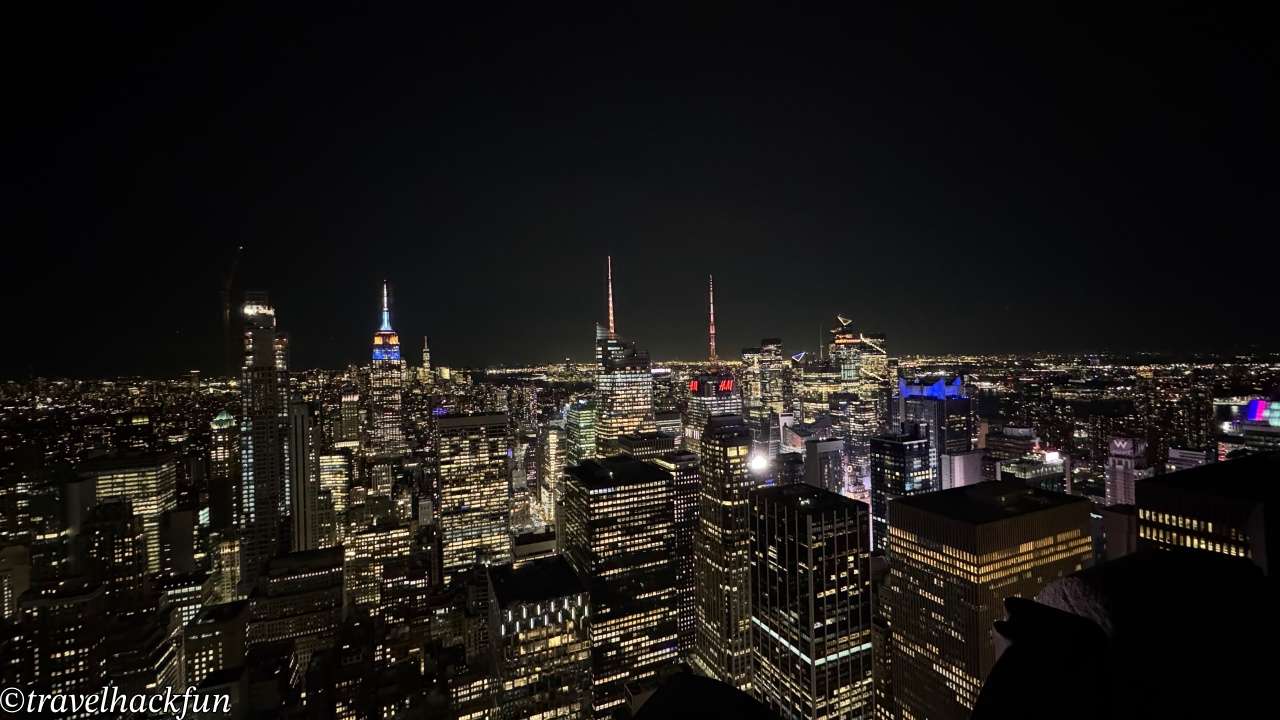
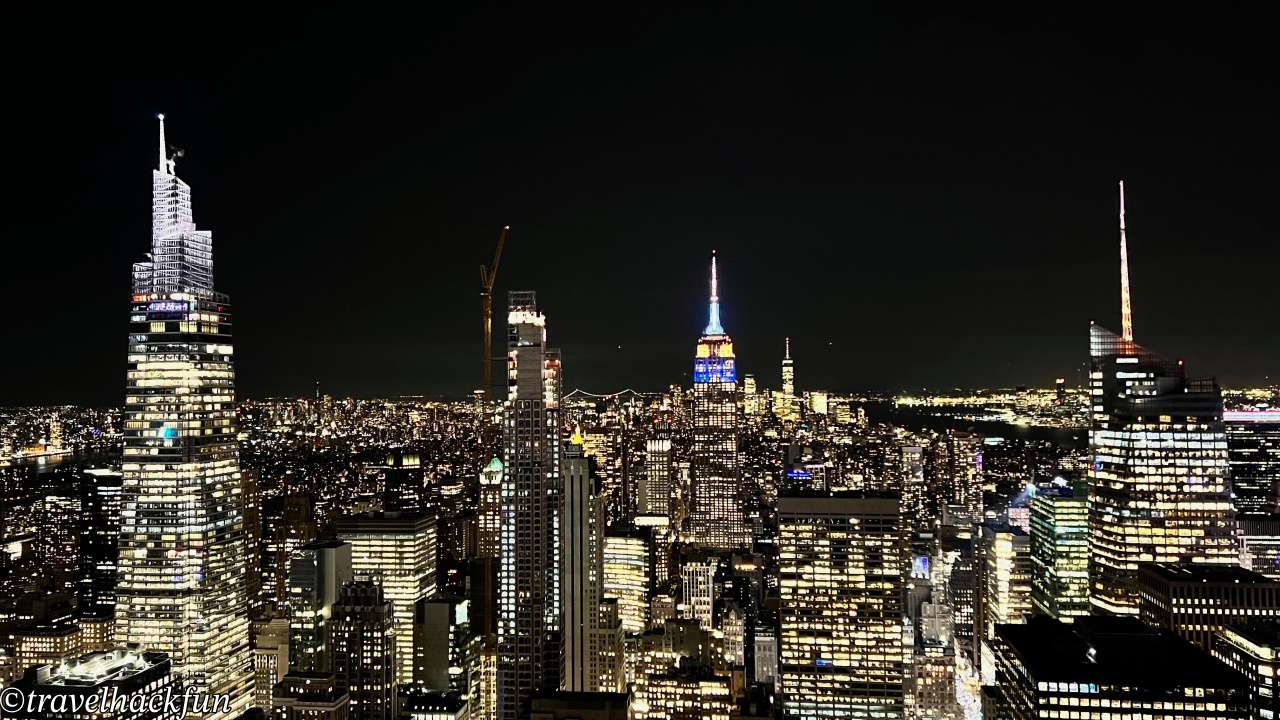
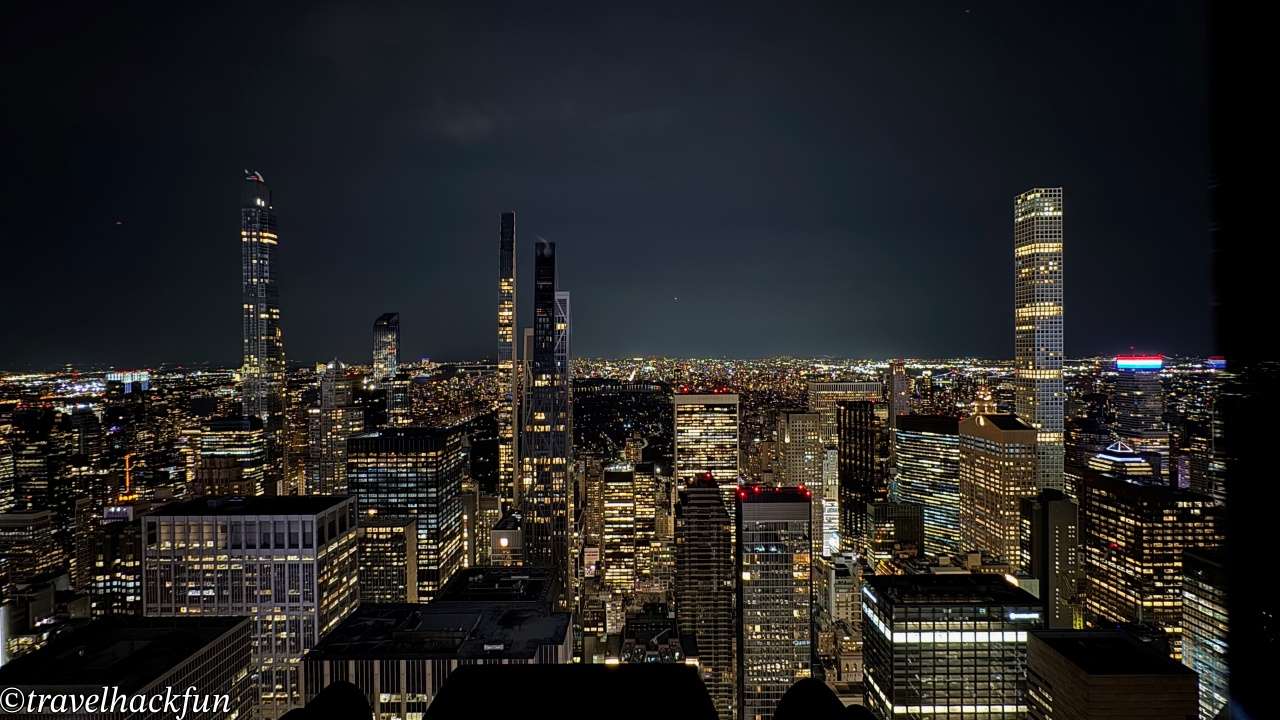
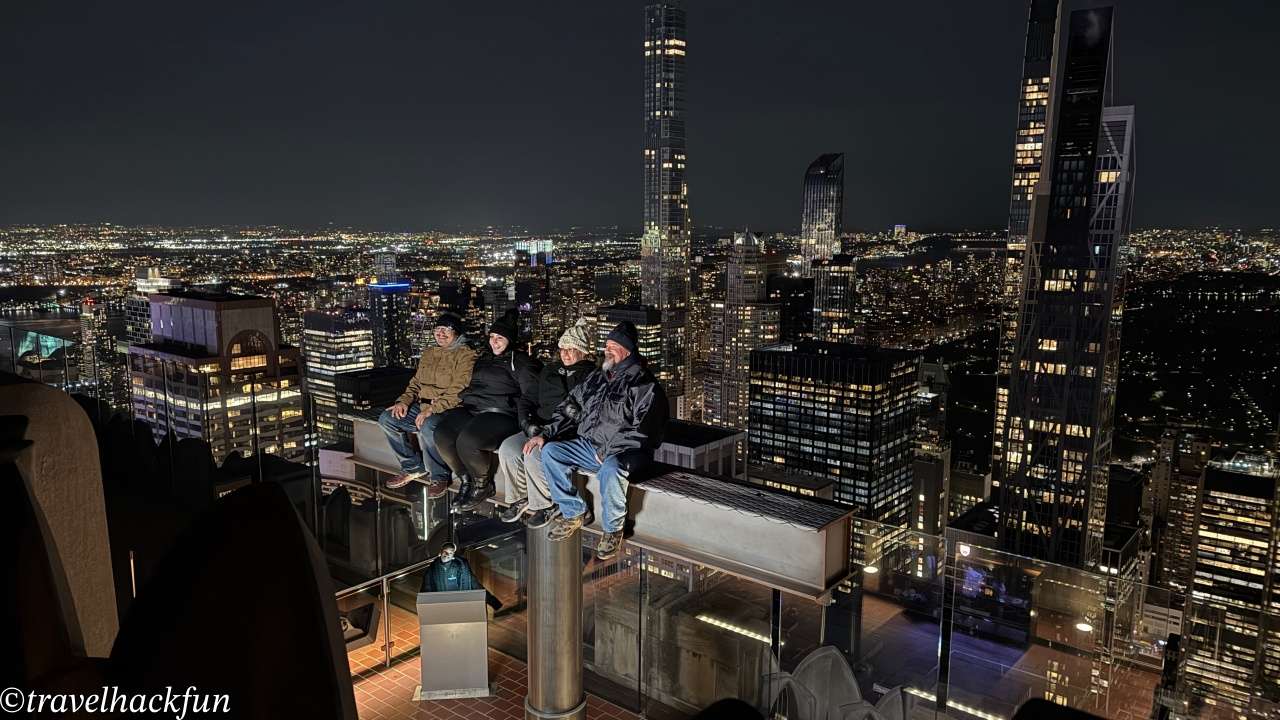
Landmark | St. Patrick's Cathedral
St. Patrick’s Cathedral is located on Fifth Avenue, directly across from the modern bronze Atlas statue and Rockefeller Center. This contrast between Gothic church and modern skyscrapers gives the cathedral a serene elegance. Built in the mid-19th century, it’s the largest and most iconic Catholic cathedral in the U.S. With its white marble façade and twin spires rising among glass towers, it almost feels like something out of a European city.
It’s free to enter and refreshingly free from tourist traps or aggressive selling. Inside, it provides a rare moment of calm in the middle of Manhattan—an opportunity to step out of the city’s rhythm, breathe, and reflect.
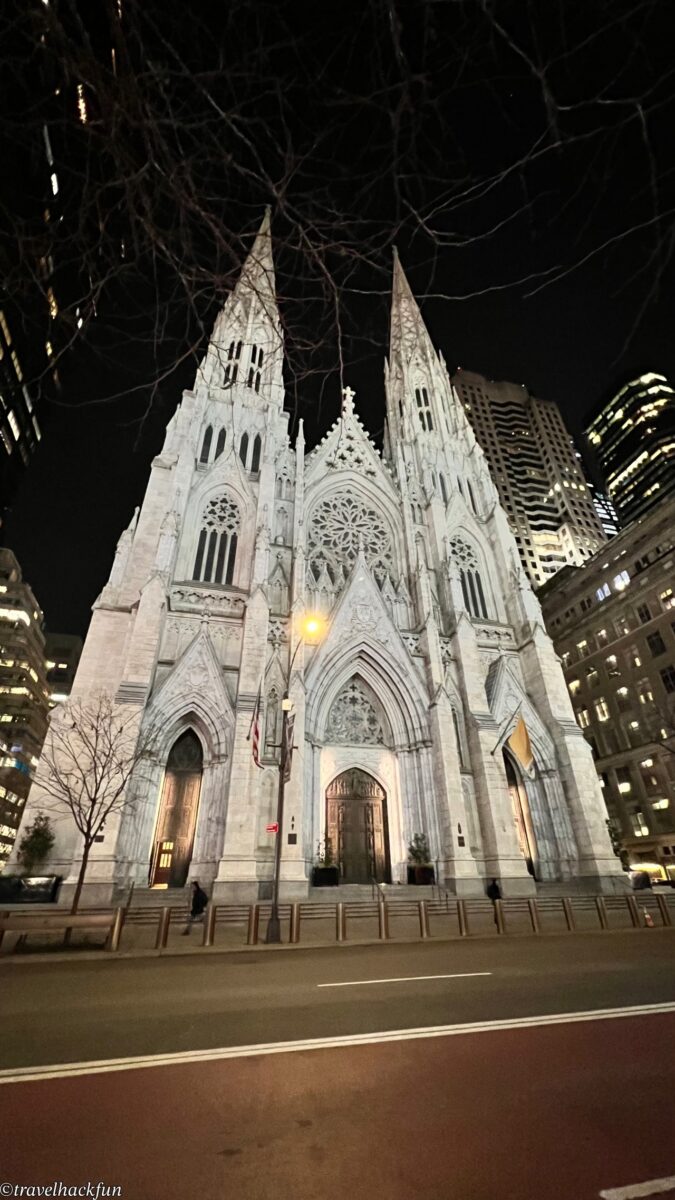
Bryant Park
If Central Park is New York’s “backyard,” then Bryant Park is its “living room.” Smaller, more intimate, and infused with everyday charm, Bryant Park sits right behind the New York Public Library on Fifth Avenue. Despite being only a few blocks wide, it’s one of the most beloved public spaces in the city.
You’ll find rows of green metal chairs and tables—moveable and unassigned, reflecting New York’s spirit of flexible public use. The park is surrounded by tall buildings, offering shade during the day and lighting at night, making it a safe and cozy place to unwind. Spring and fall are especially beautiful here, and in winter, it transforms into an ice rink and holiday market—like a mini European-style Christmas village complete with mulled wine and handmade crafts.
Though small, Bryant Park is packed with activity: outdoor movie nights, classical concerts, yoga classes, even international chess challenges. You might just be passing through and end up staying for a full performance or a spontaneous book reading. It’s one of those “accidentally stay longer than planned” kind of places.
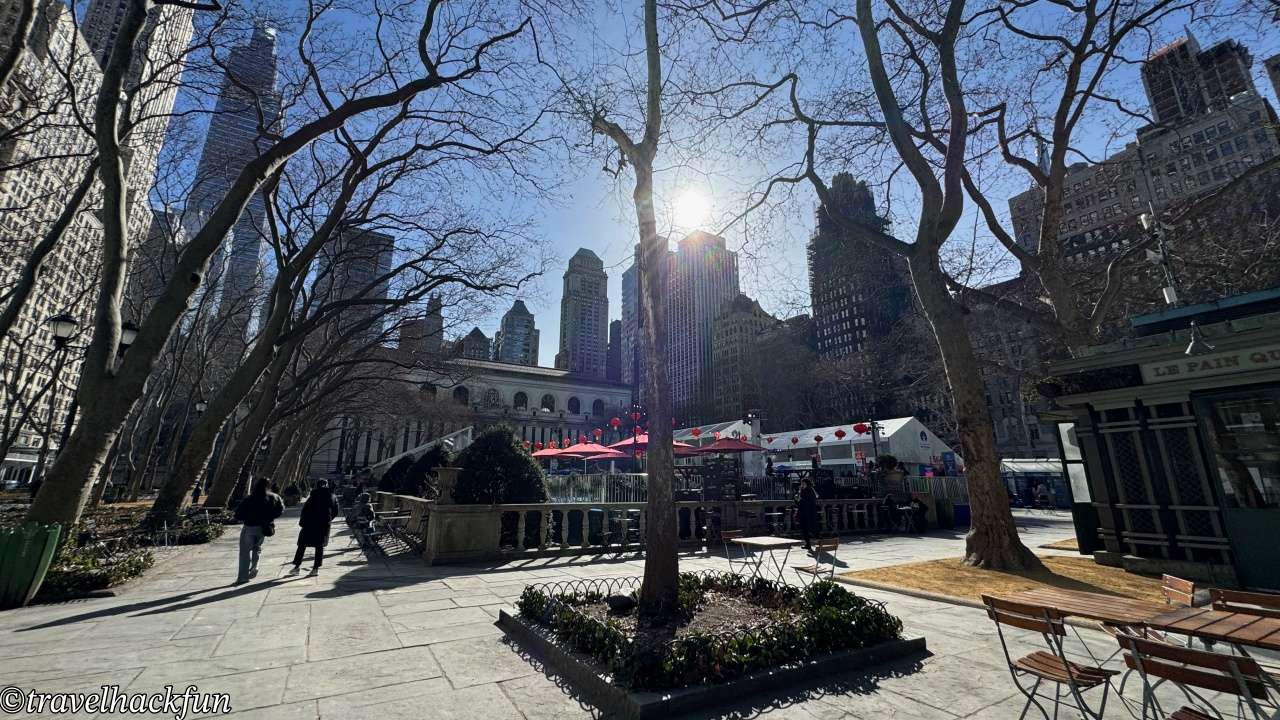
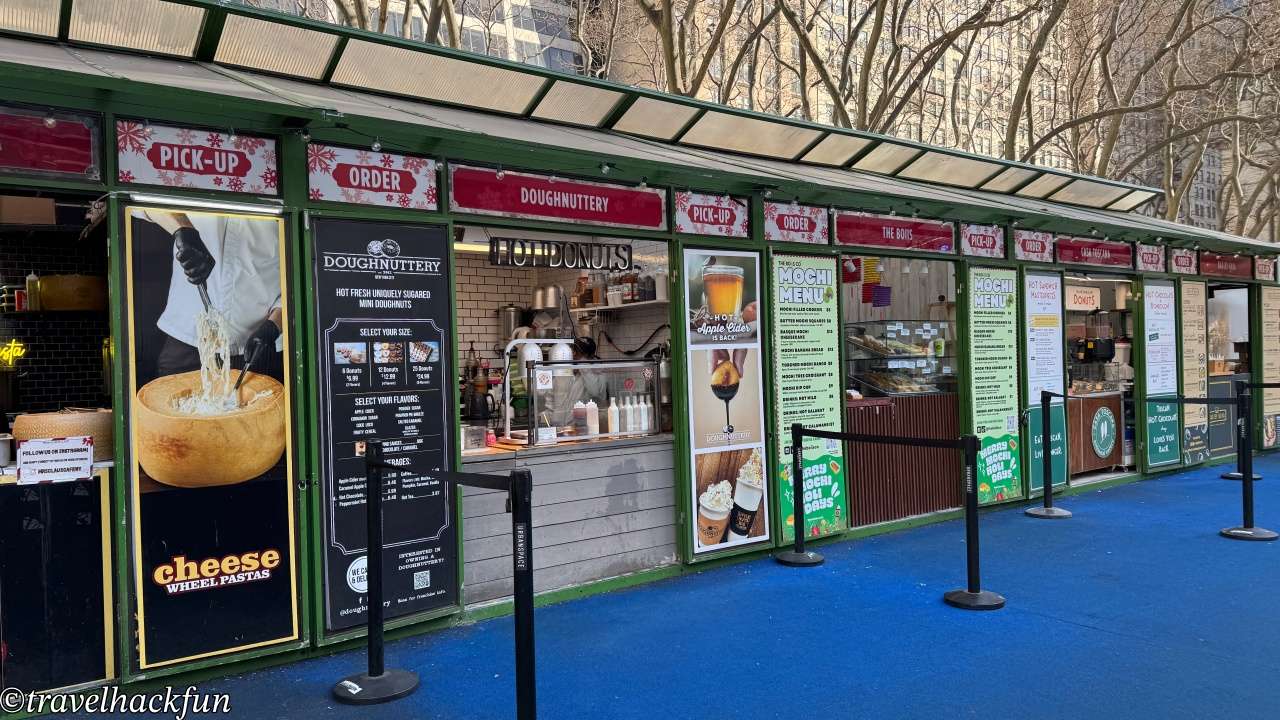
Museum | New York Public Library
The main branch of the New York Public Library is located at the corner of Fifth Avenue and 42nd Street. Its iconic Beaux-Arts facade of white marble and the two lion statues—Patience and Fortitude—at the entrance have become symbols of the city. Opened in 1911, this library is an architectural masterpiece, and yes—you can enter for free (just remember to keep quiet out of respect for locals using the space to read and study).
From the moment you walk in, you’ll feel the reverence for knowledge: soaring ceilings, grand staircases, bronze chandeliers, and carved wooden doors—all museum-worthy. The most famous space is the Rose Main Reading Room on the second floor, a stunning hall 90 meters long and 16 meters high, filled with oak desks, iconic reading lamps, and a painted, cloud-filled ceiling.
On the first and basement levels, there are rotating exhibits drawn from the library’s special collections. Past displays have featured treasures like the Gutenberg Bible, Shakespeare’s early folios, Edgar Allan Poe manuscripts, drafts of the U.S. Constitution, letters from Abraham Lincoln, and even the original Winnie-the-Pooh stuffed animals—not replicas, but the real artifacts. Each piece carries immense historical weight and emotional resonance.
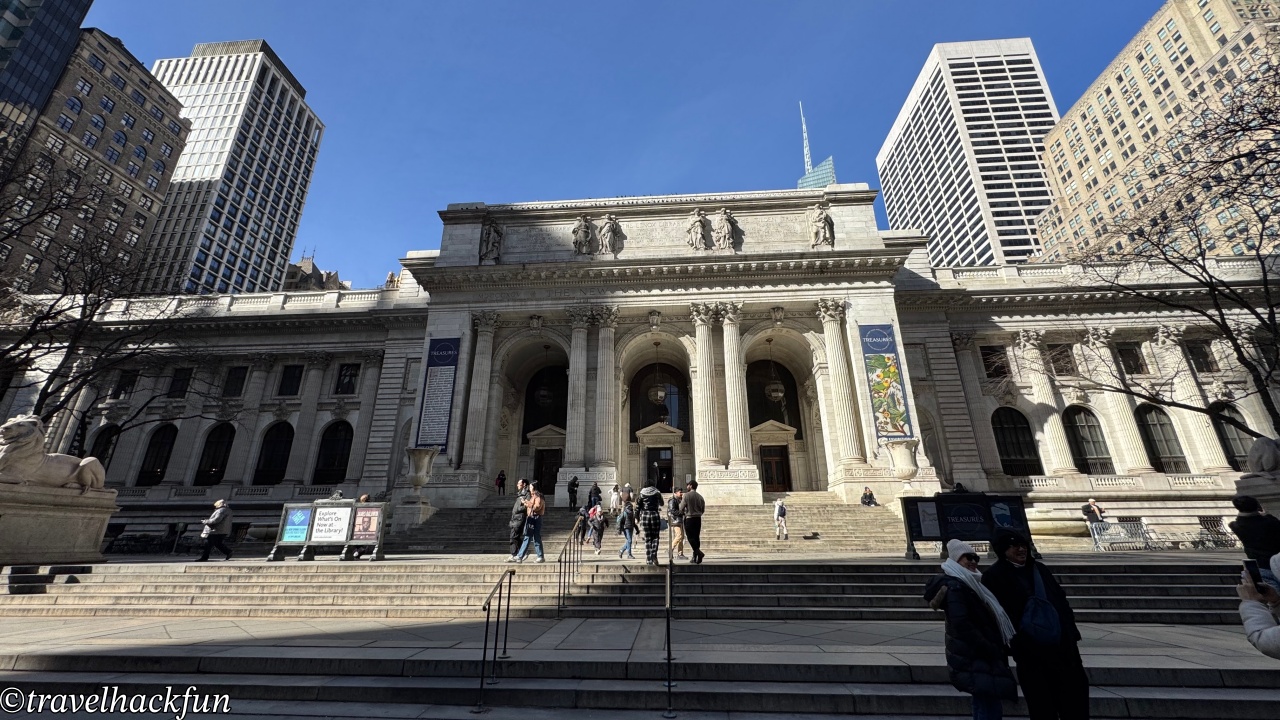
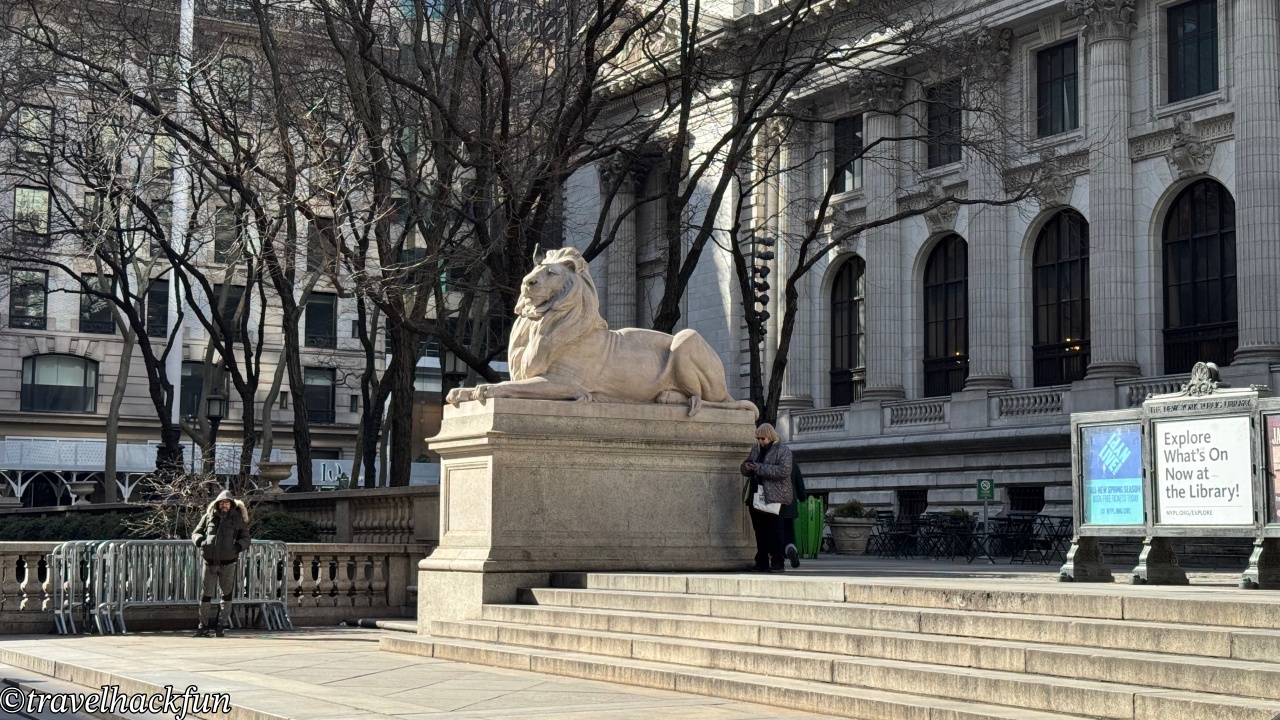
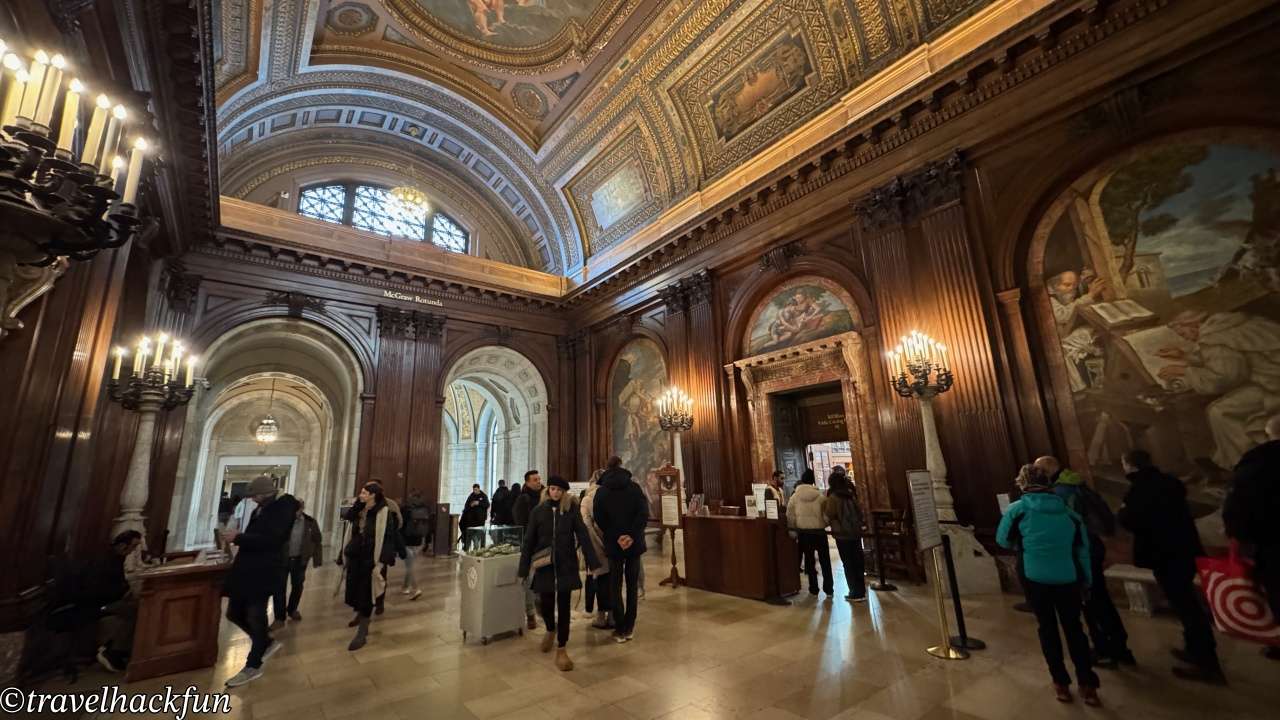

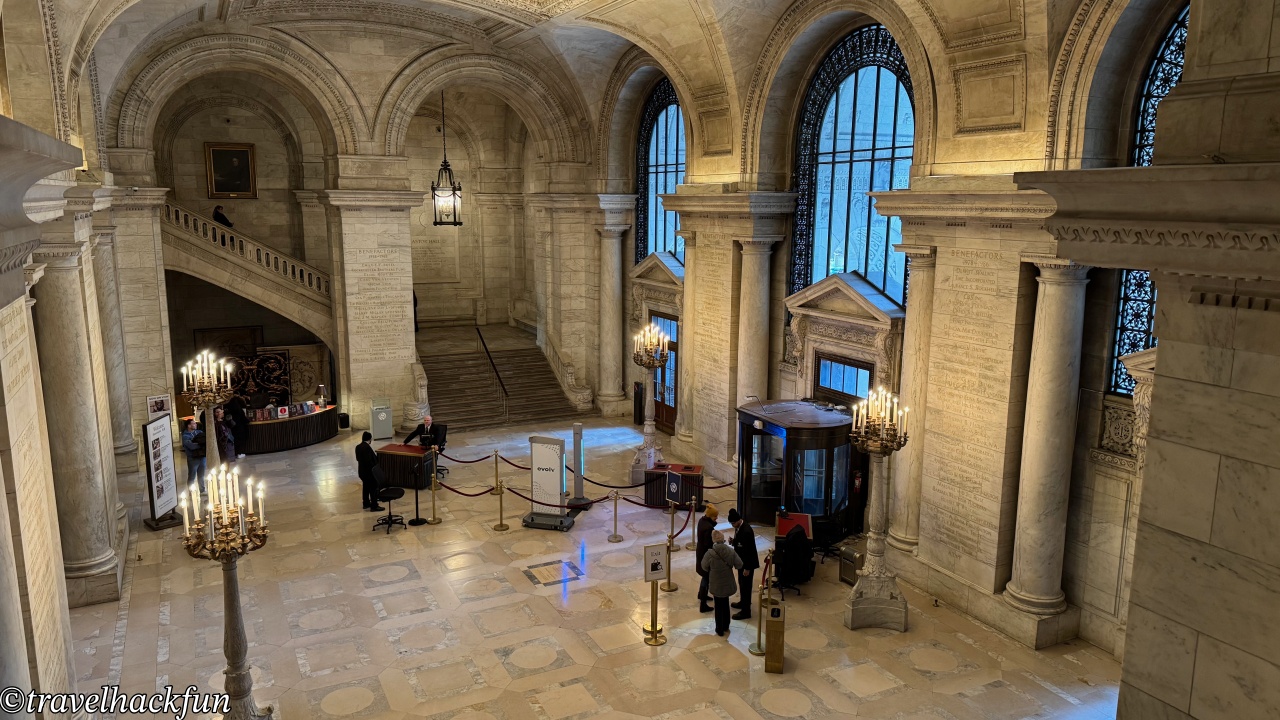


Landmark | Grand Central Terminal
Grand Central Terminal isn’t just a train station—it’s a historic New York icon built around the theme of motion. Entering this over-100-year-old building, you’ll be instantly drawn to its main concourse: a massive, vaulted space with a ceiling painted in celestial constellations, arched windows that let in light, and a constant stream of people flowing in all directions.
Opened in 1913, Grand Central is one of the most symbolically significant transport hubs in American history and one of the largest train stations in the world. Designed in Beaux-Arts style, its elegance is apparent in both its facade and interior. Even if you’re not catching a train, just walking through is worth the visit.
Don’t miss key details like the golden four-faced clock on top of the central information booth—probably the most famous meeting spot in the city, and a frequent film location. Or the Whispering Gallery near the Oyster Bar, where a whispered message in one corner travels perfectly to the opposite diagonal side—try it yourself, it’s magical.
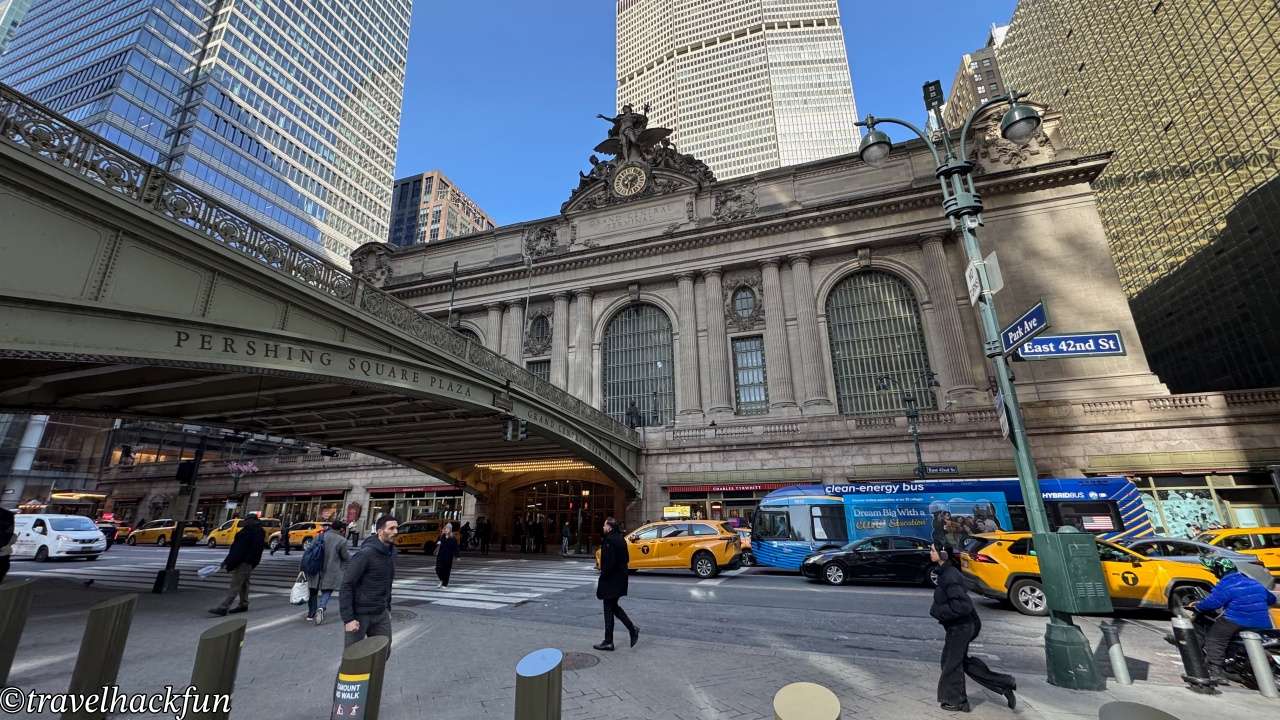
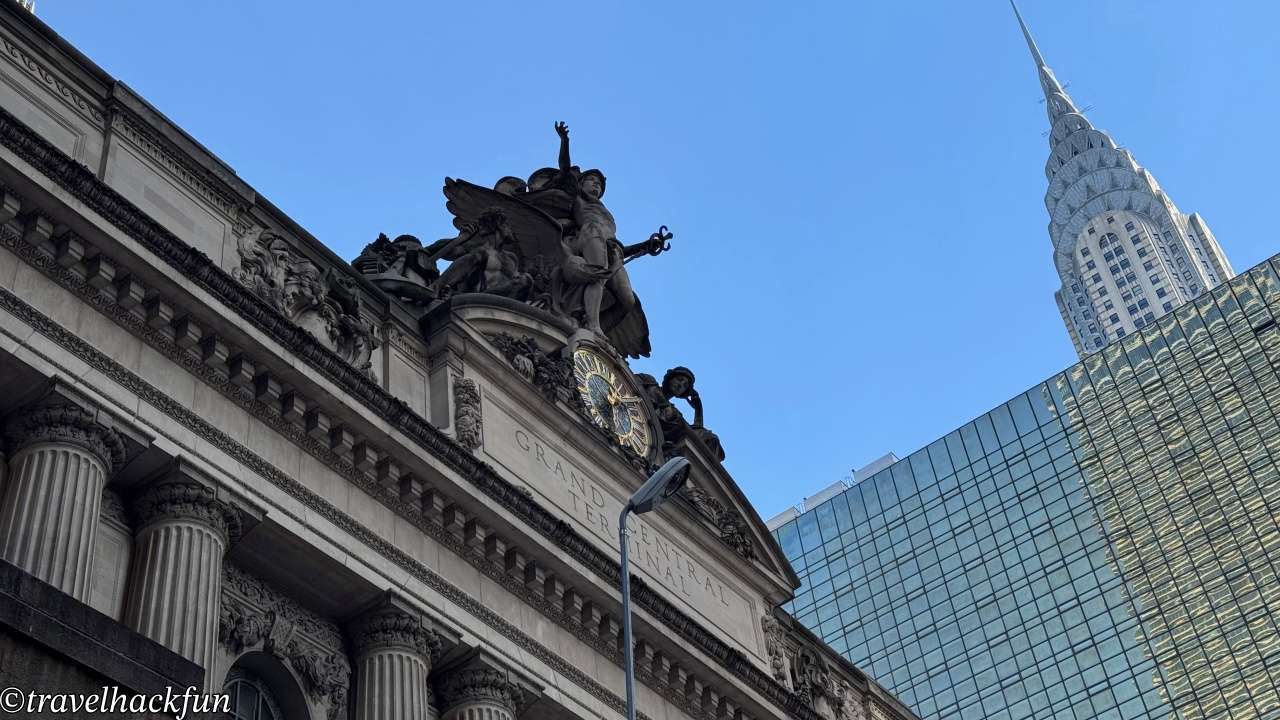
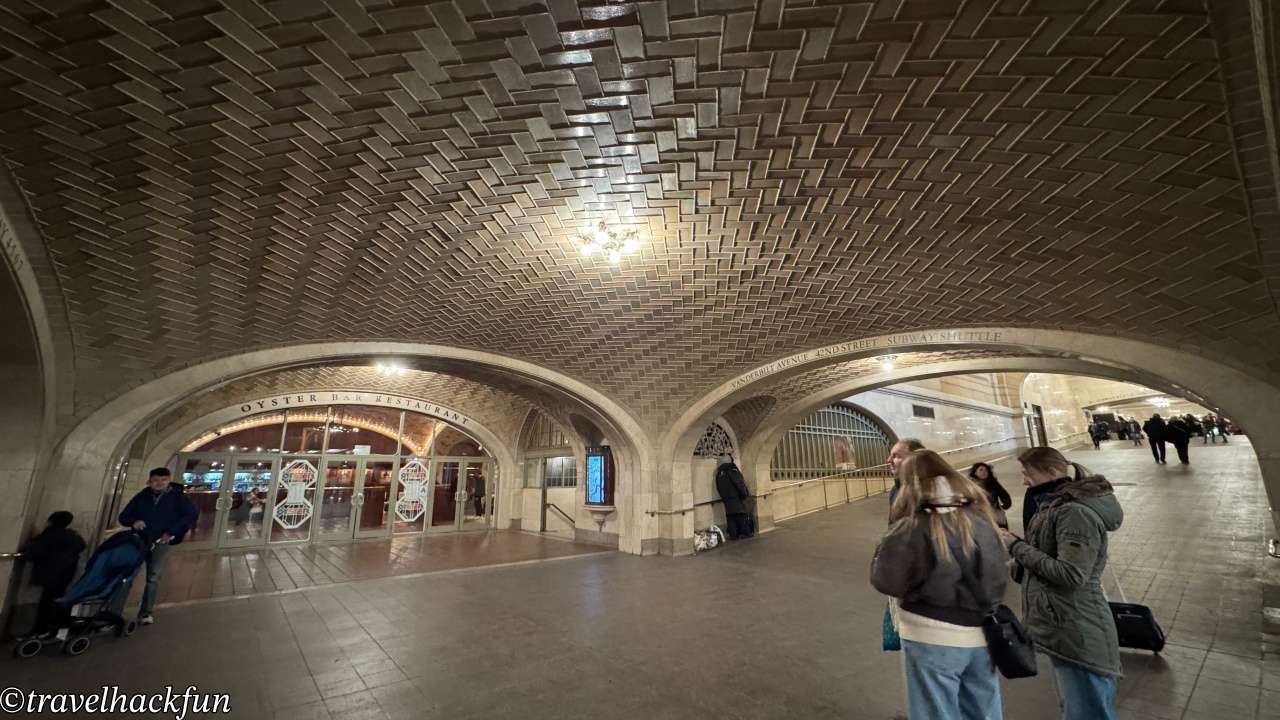
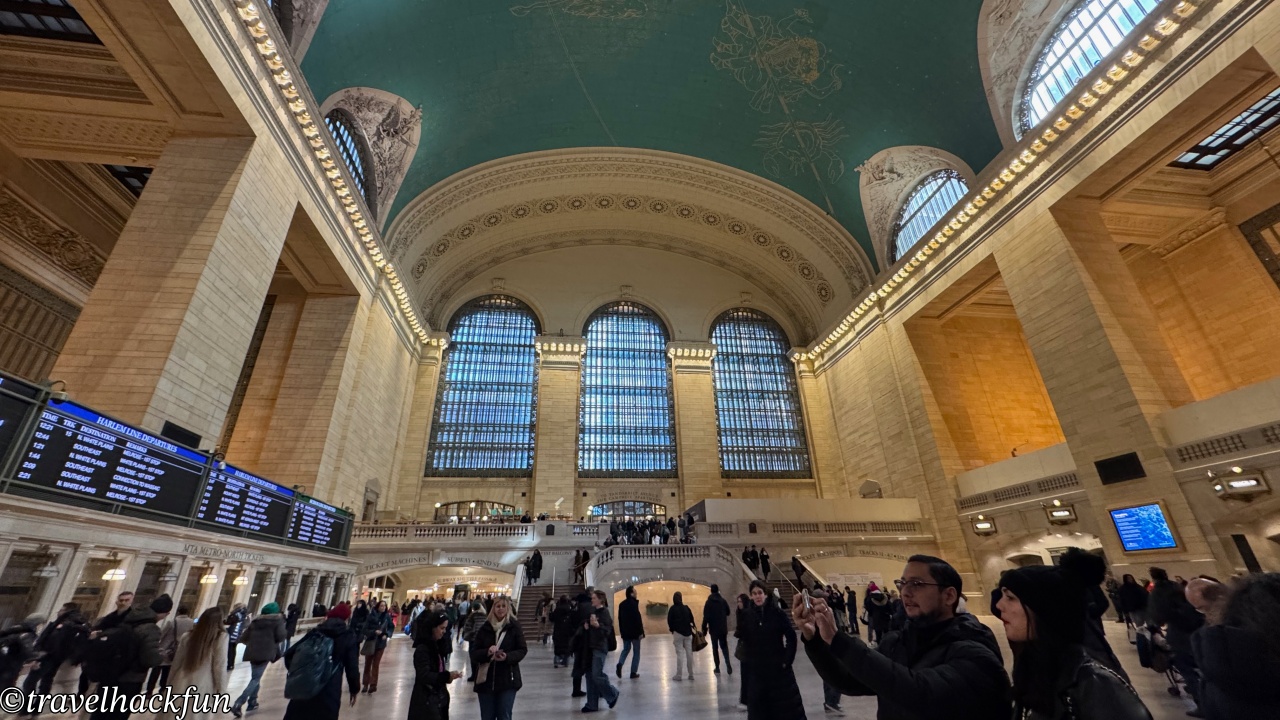
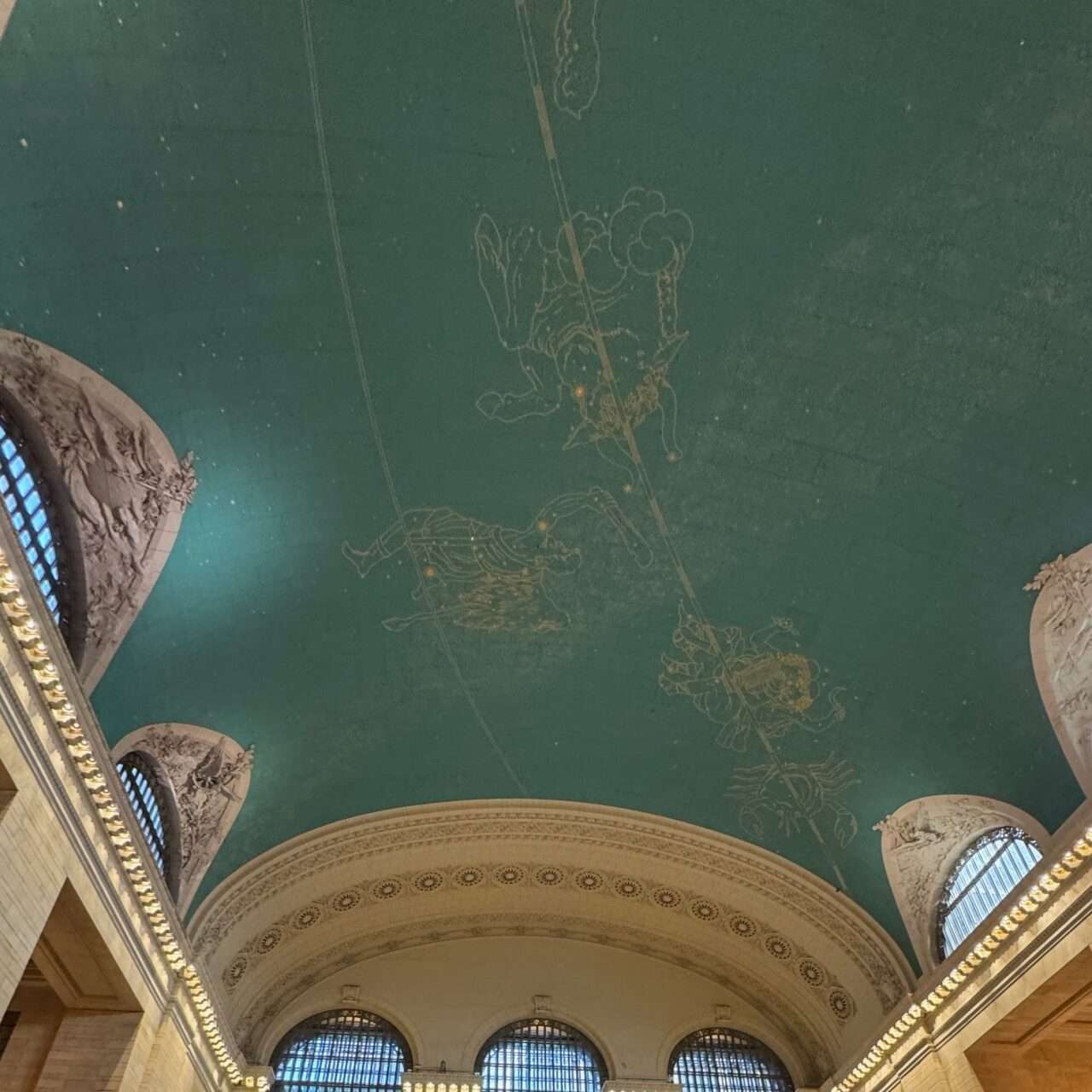
Museum | Museum of Modern Art (MoMA)
The Museum of Modern Art (MoMA) is a powerhouse of modern art and one of the most international institutions in New York’s art scene. On nearly every floor, you’ll find masterpieces that make you go, “Hey, I’ve seen this in a textbook!”—like Van Gogh’s Starry Night, Monet’s Water Lilies, Dali’s The Persistence of Memory, plus works by Picasso, Matisse, Warhol, Rothko, Frida Kahlo, and more. It’s a must-visit whether you’re an art lover or just curious.
MoMA also excels in connecting art with everyday life—there’s a whole wing for industrial design, typography, posters, iconic chairs, and household products (like the original iPod or the Eames Lounge Chair). Even those without an art background will find something relatable.
The layout is clear, the space is bright and fluid, and art is sometimes even displayed in stairwells and elevators. If you’re deeply interested in art, plan to spend 2–3 hours. If you’re just exploring, one or two floors is still well worth the admission. Don’t skip the museum’s café and the MoMA Design Store—its collection of stationery, mugs, bags, and toys are delightfully designed and hard to resist browsing.
MoMA Tickets
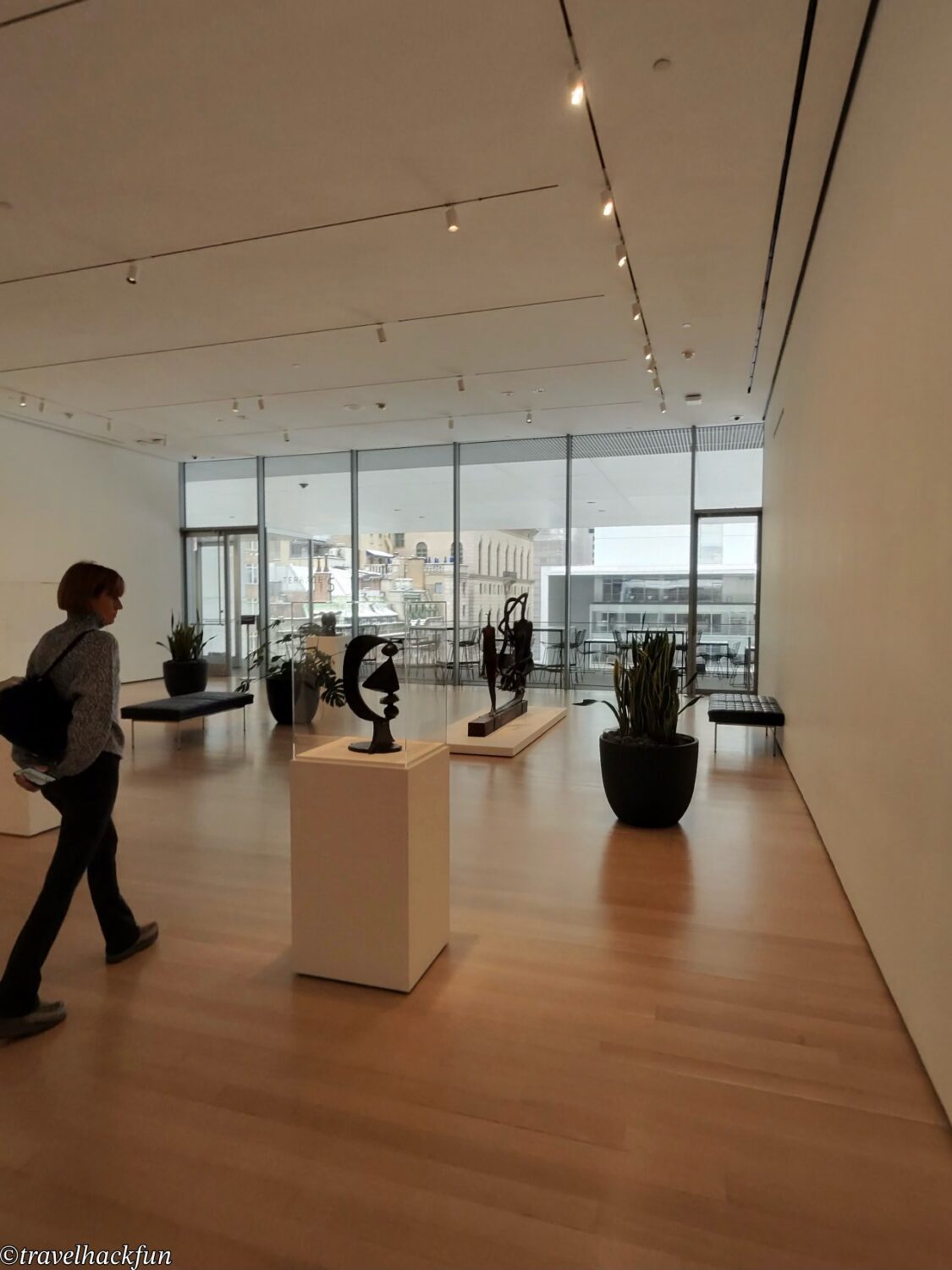
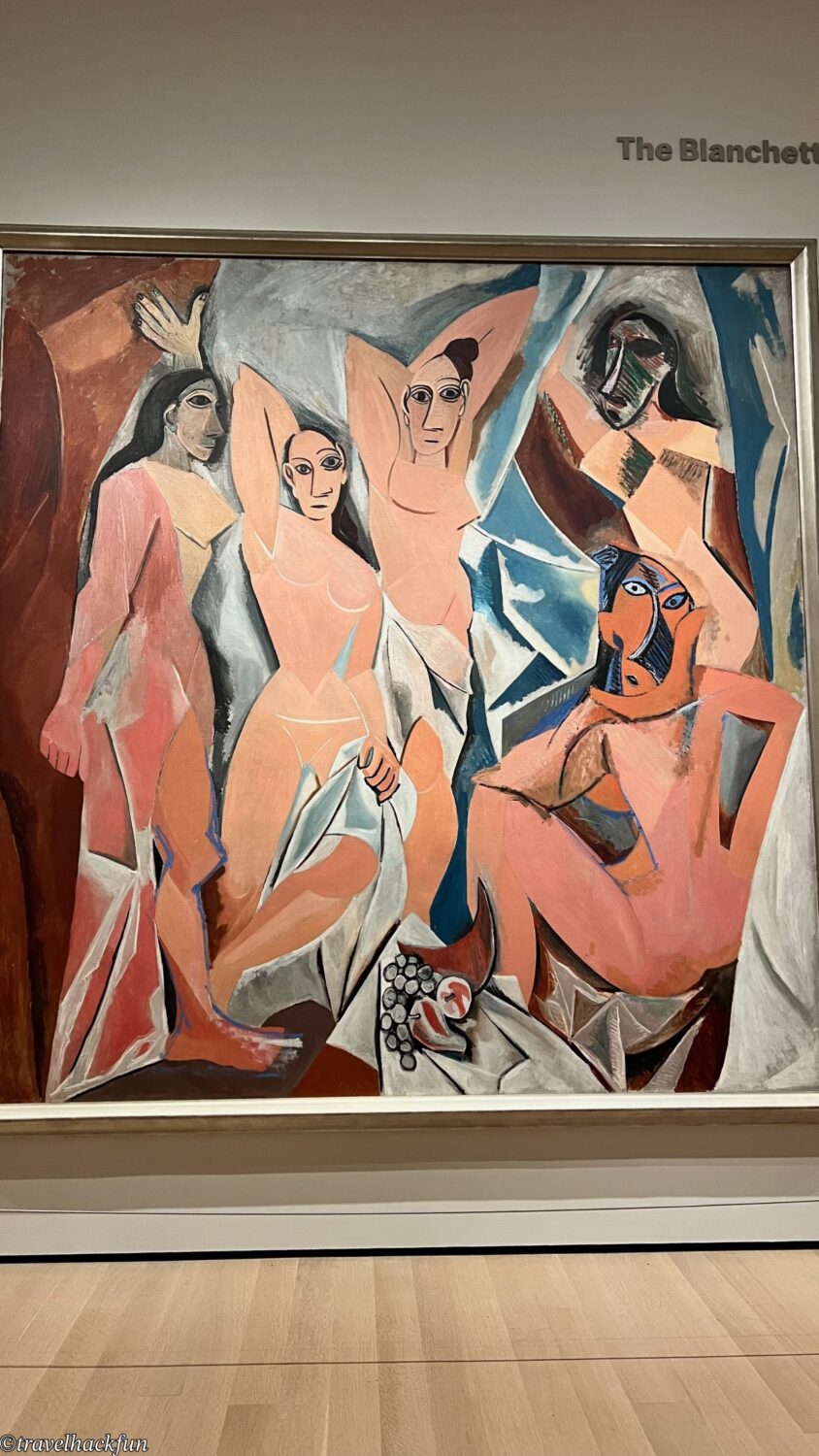
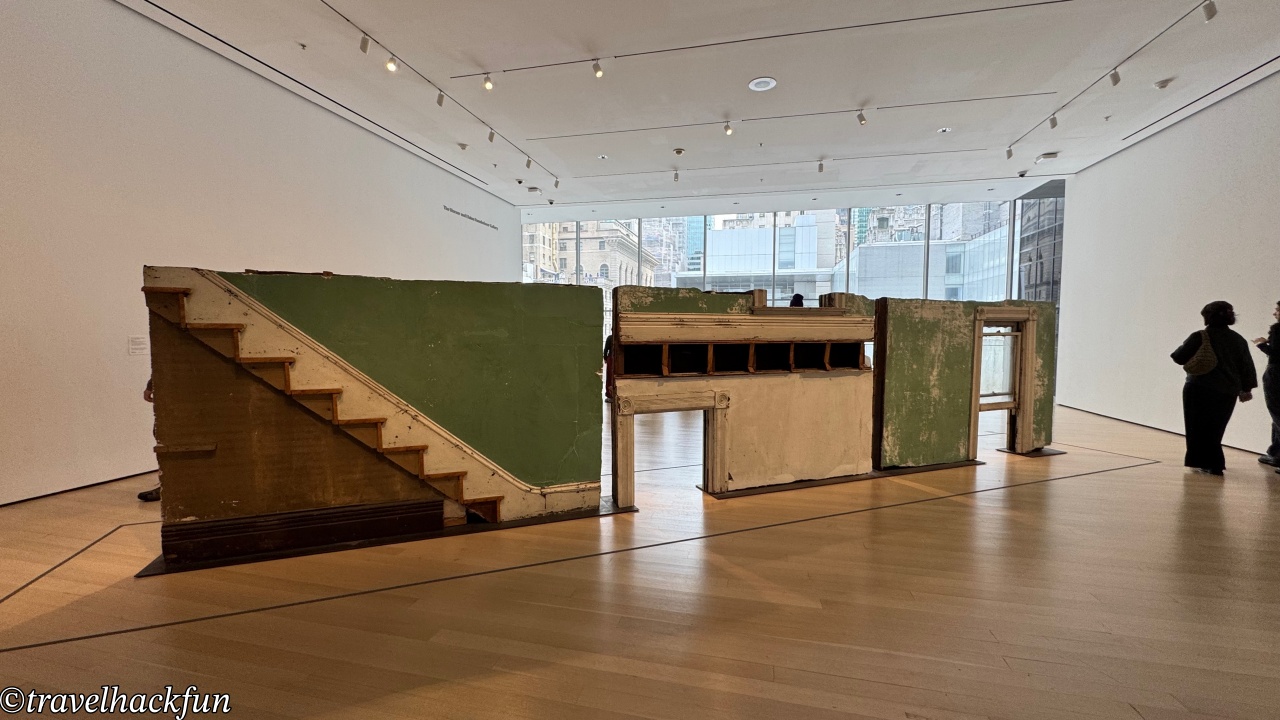
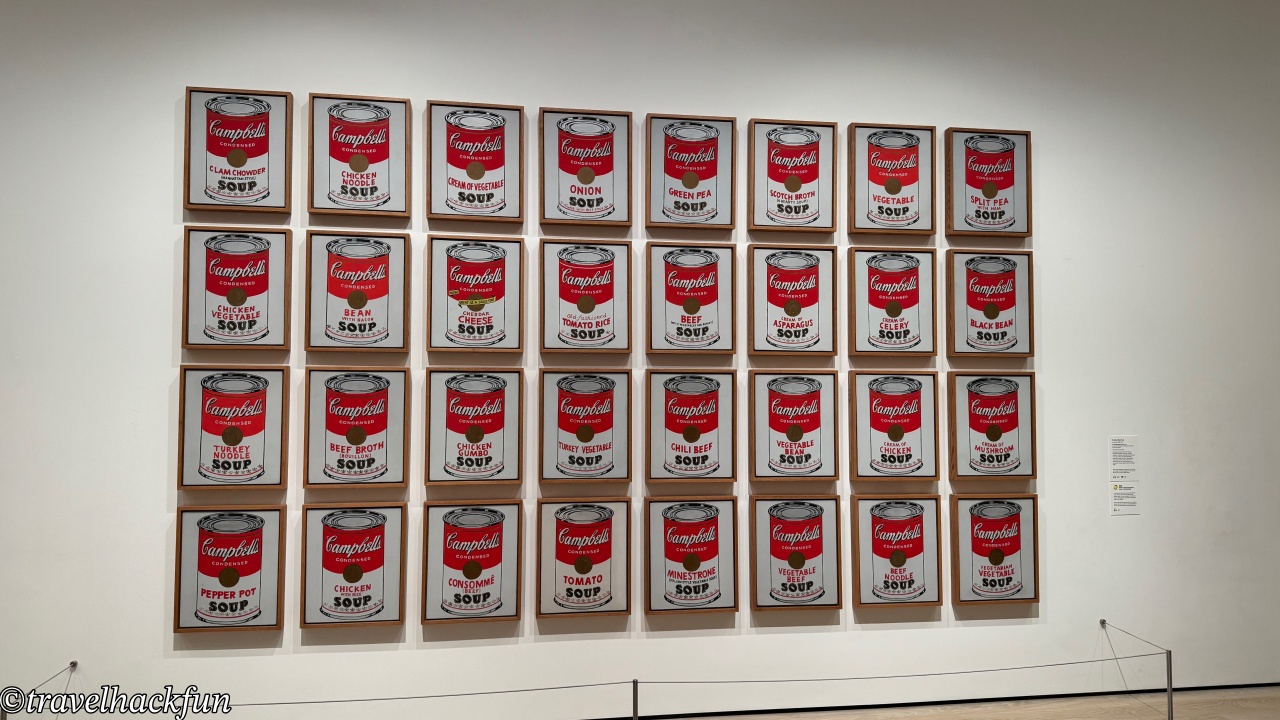

Museums | Intrepid Sea, Air & Space Museum
f you’re fascinated by aircraft carriers, space shuttles, or military aircraft, the Intrepid Sea, Air & Space Museum will blow you away. It’s housed on a real aircraft carrier—the USS Intrepid—permanently docked on the west side of Manhattan along the Hudson River.
The Intrepid was built during WWII and later served in the Pacific Theater, the Korean War, and even NASA recovery missions during the Cold War. After decommissioning, it was converted into a museum. Onboard, you’ll find a vast array of exhibits: fighter jets, helicopters, the Growler submarine, and even the Space Shuttle Enterprise, on display in its own hangar. It’s not just a museum—it’s an immersive experience. Plan at least 2 hours for your visit.
USS Intrepid
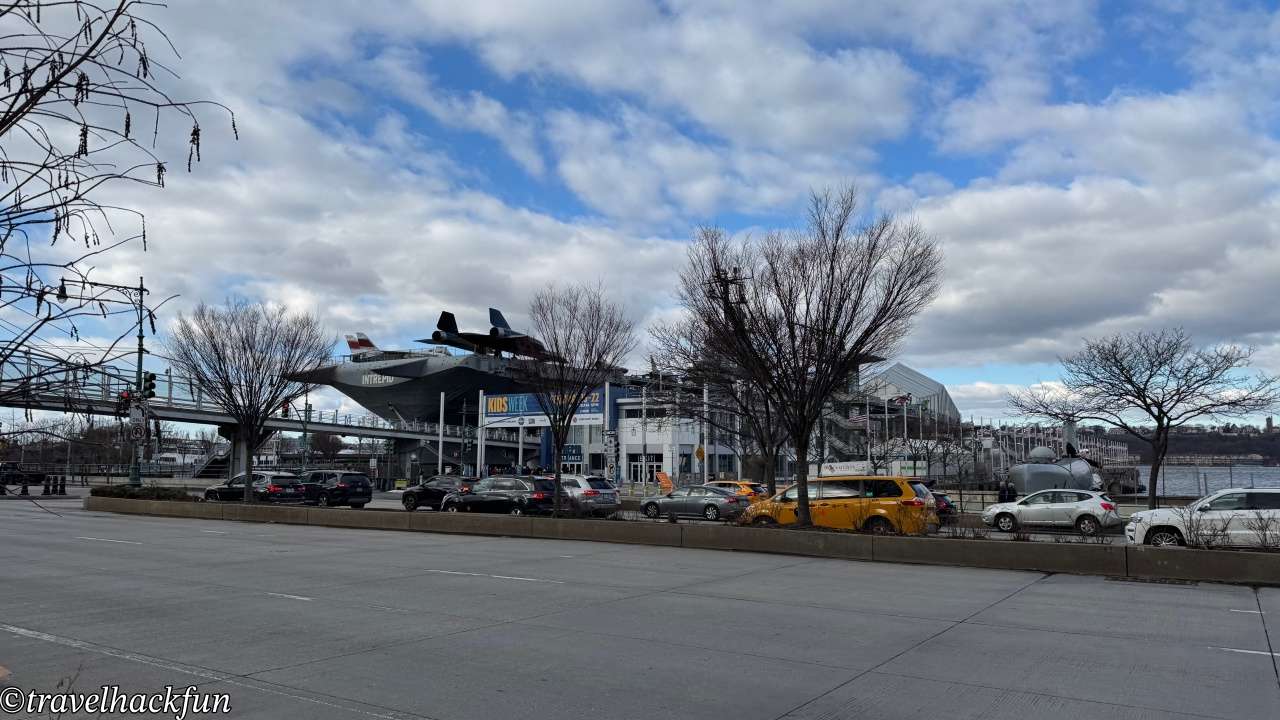
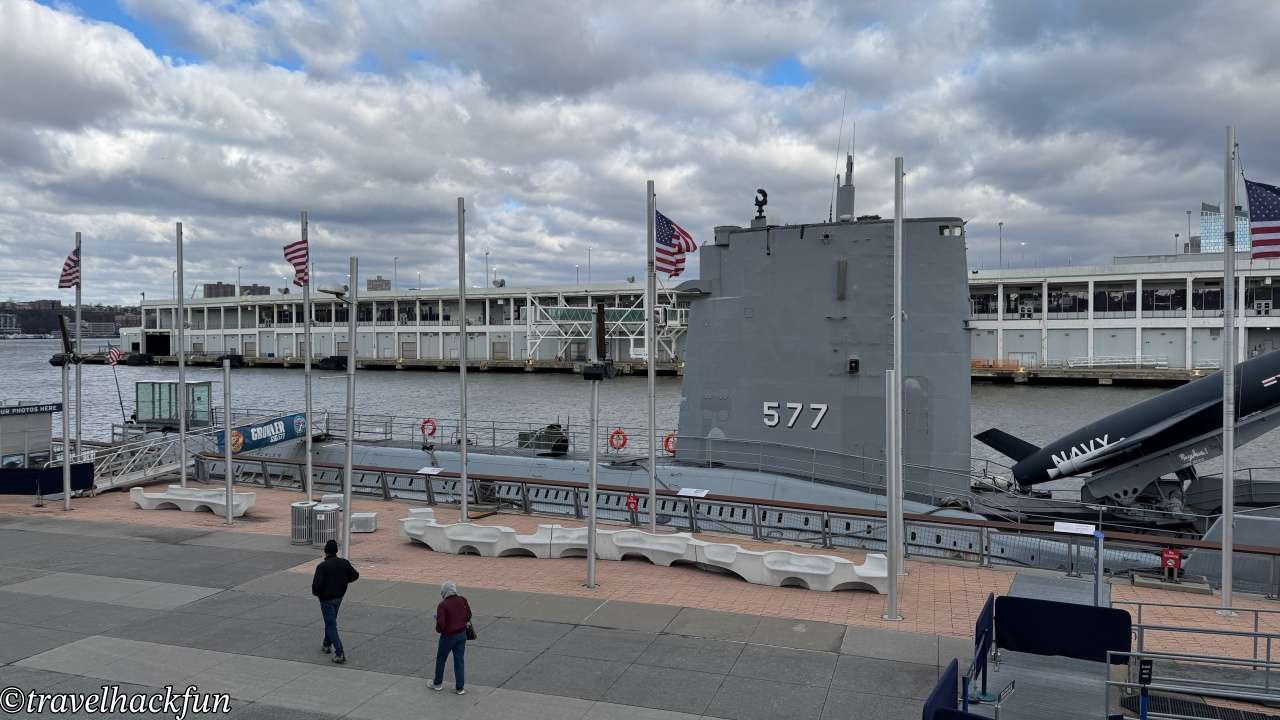
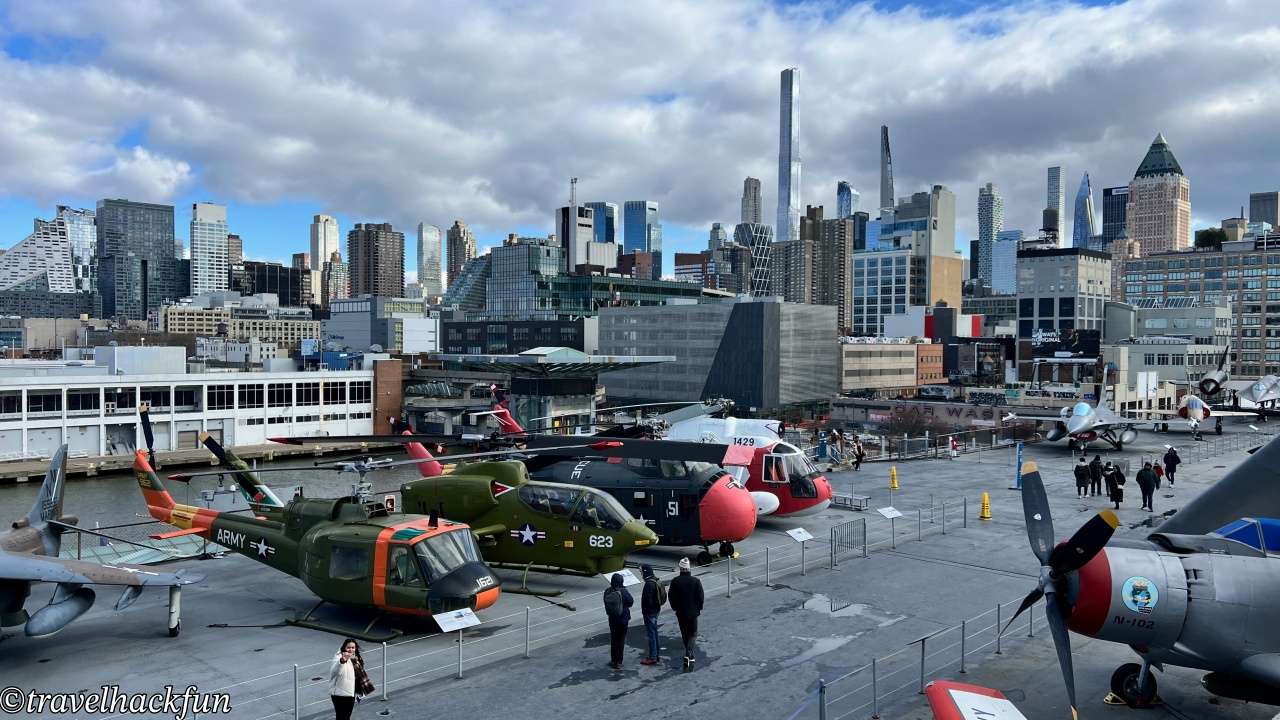
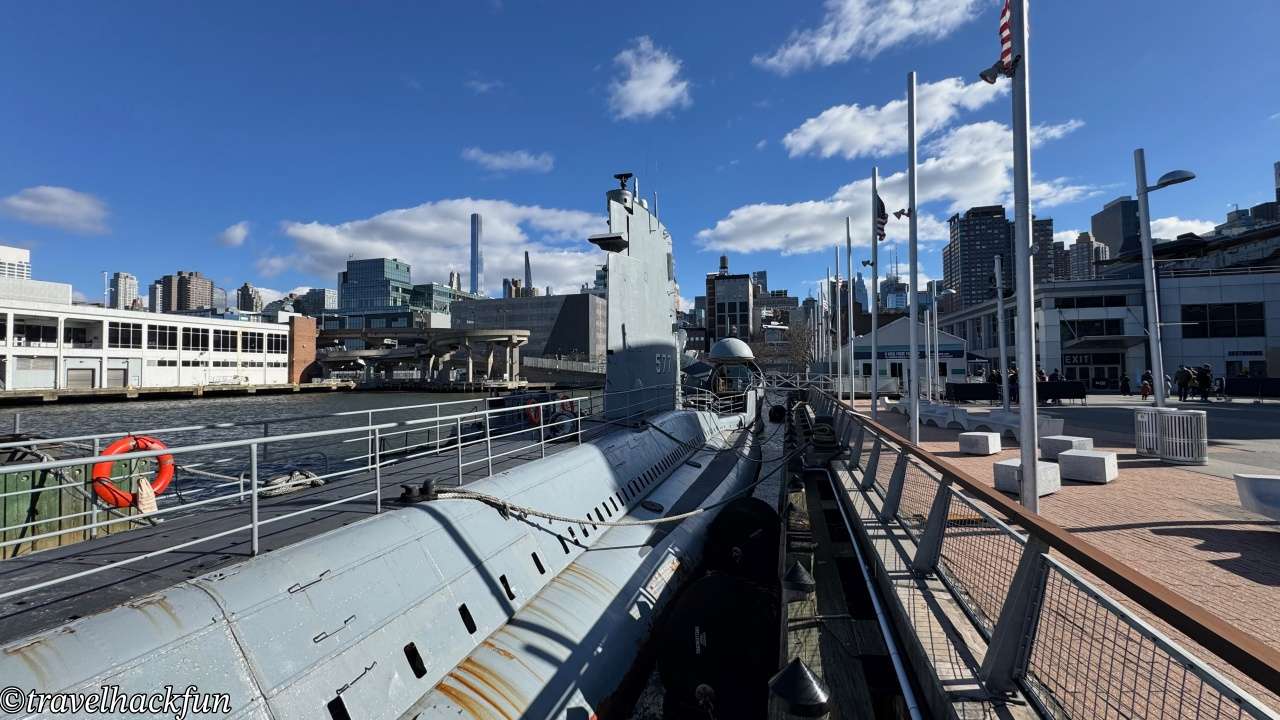
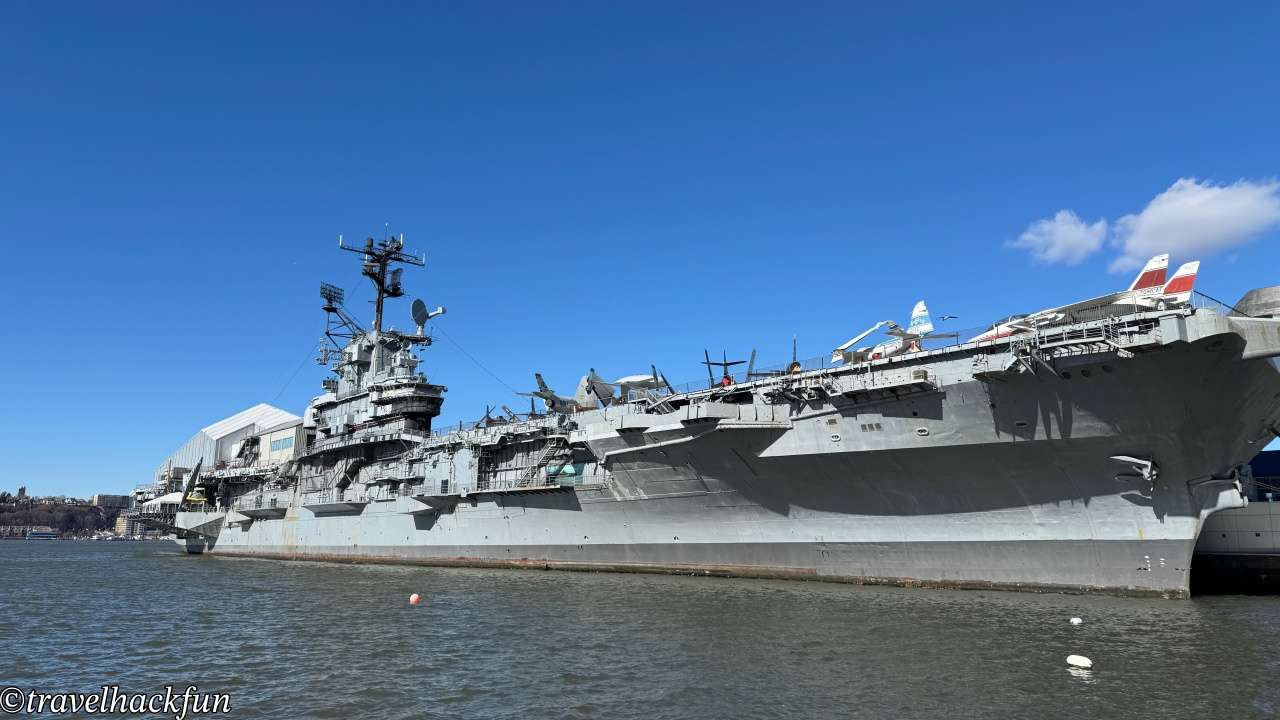
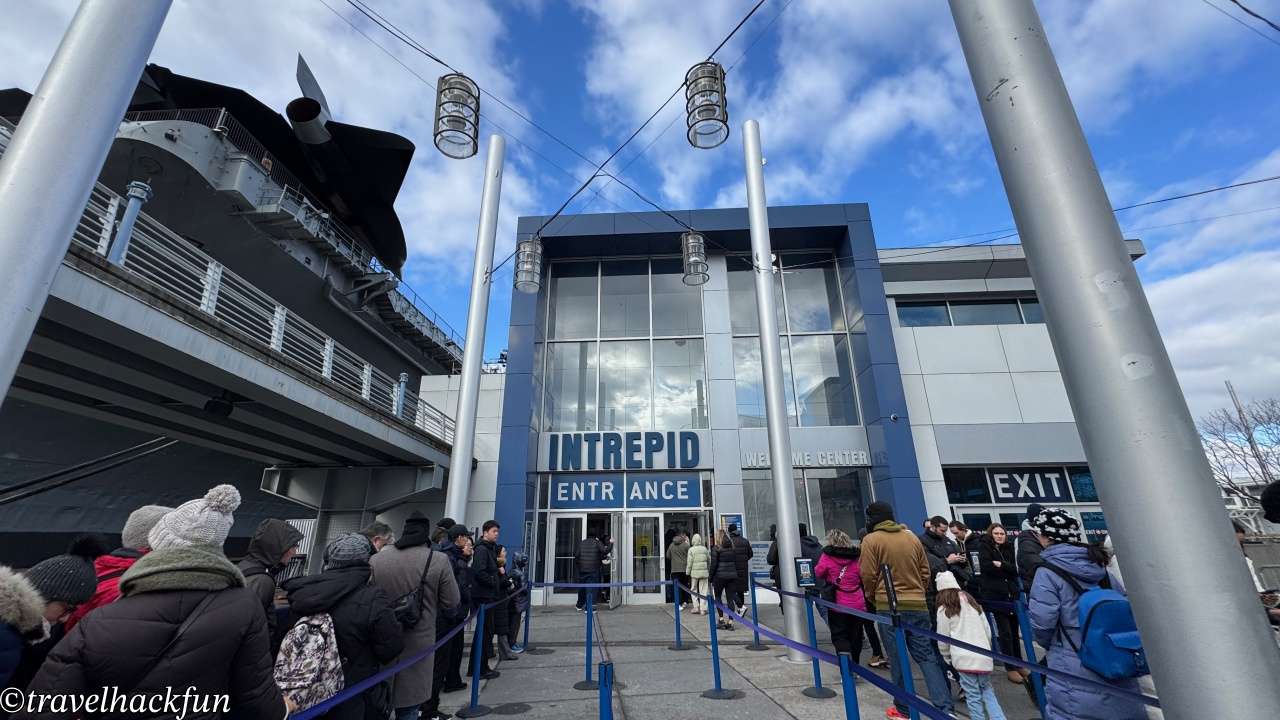
Museum | Morgan Library & Museum
The Morgan Library & Museum flies under the radar for most tourists but is a true hidden gem. Originally the private library of financier J.P. Morgan, it was later donated by his family and turned into a public institution. From the outside, it looks modest—but step inside and you’ll feel like you've been transported to a European palace: marble walls, frescoed ceilings, classical wood shelves, and walls lined with leather-bound books.
The centerpiece is Morgan’s personal library and study, beautifully preserved in rich Renaissance style. You’ll find a three-story book wall, gold-leaf ceilings, and intricately carved arches—all once part of a private home. The museum also holds an astounding collection of rare manuscripts and historical documents, including medieval illuminated texts, early Bibles, Mozart’s handwritten scores, letters by Charles Dickens, and sketches by Leonardo da Vinci. Plan for around 1.5 hours to explore at a relaxed pace.
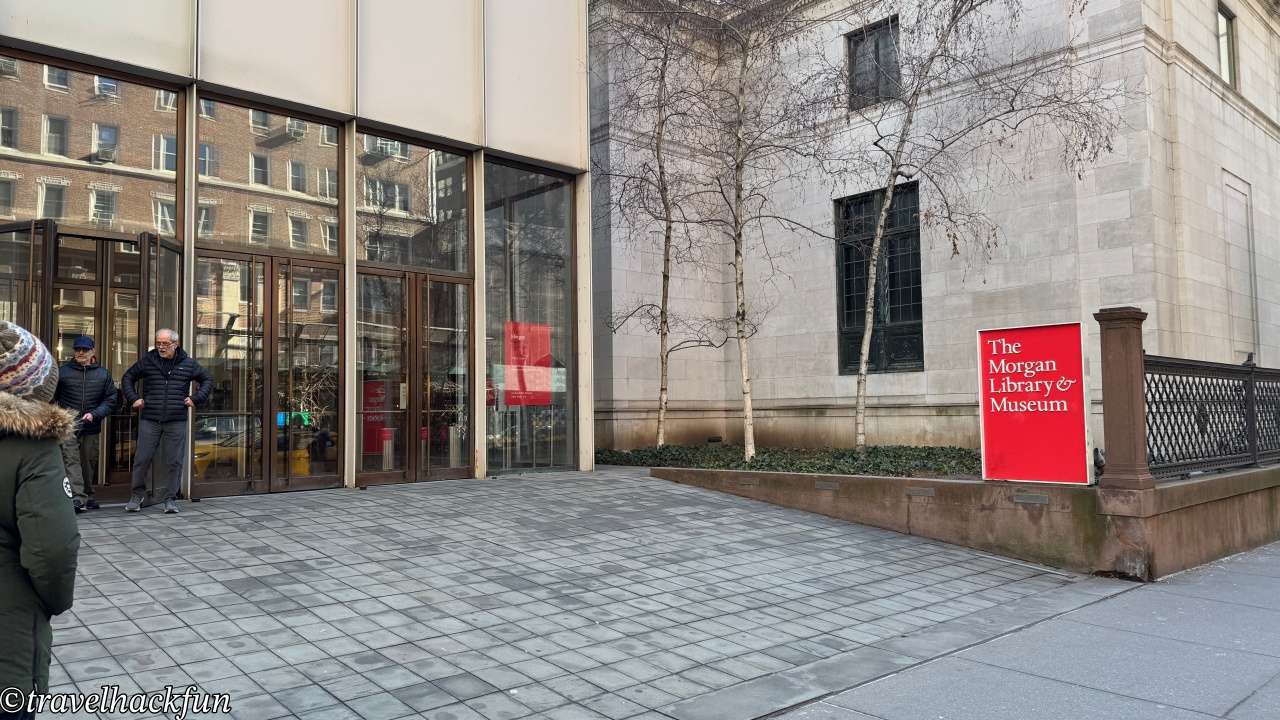
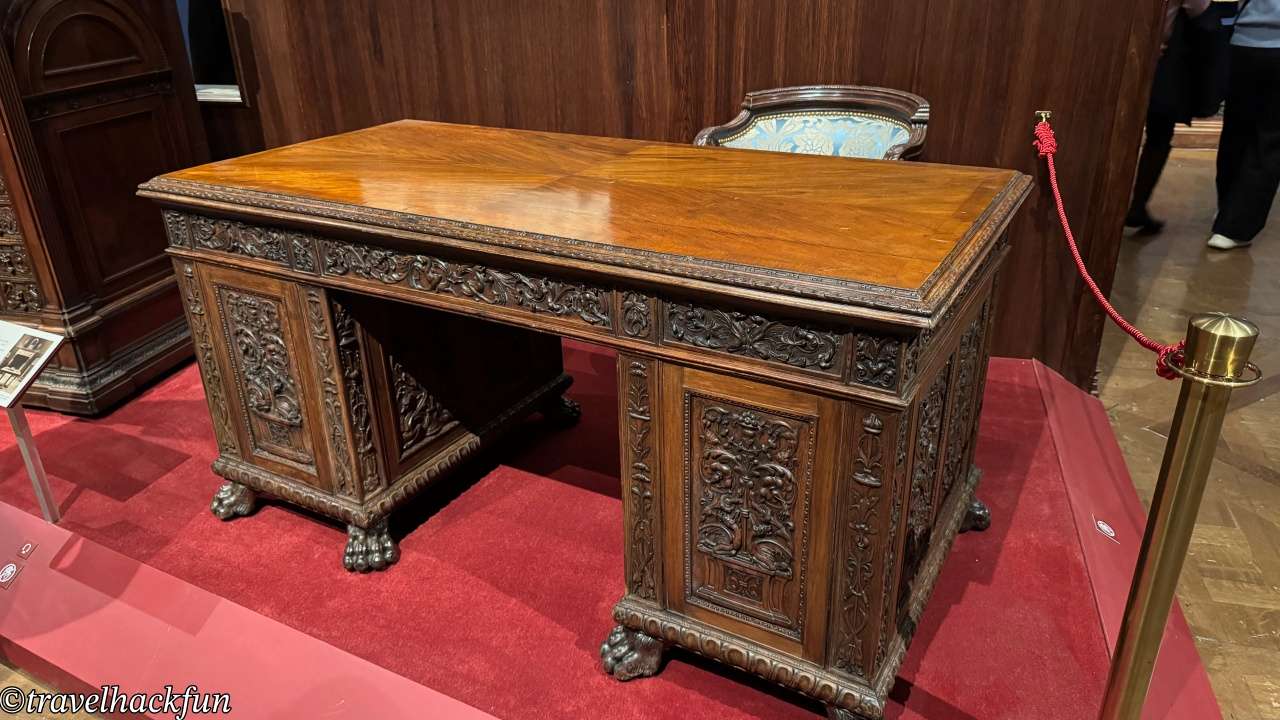
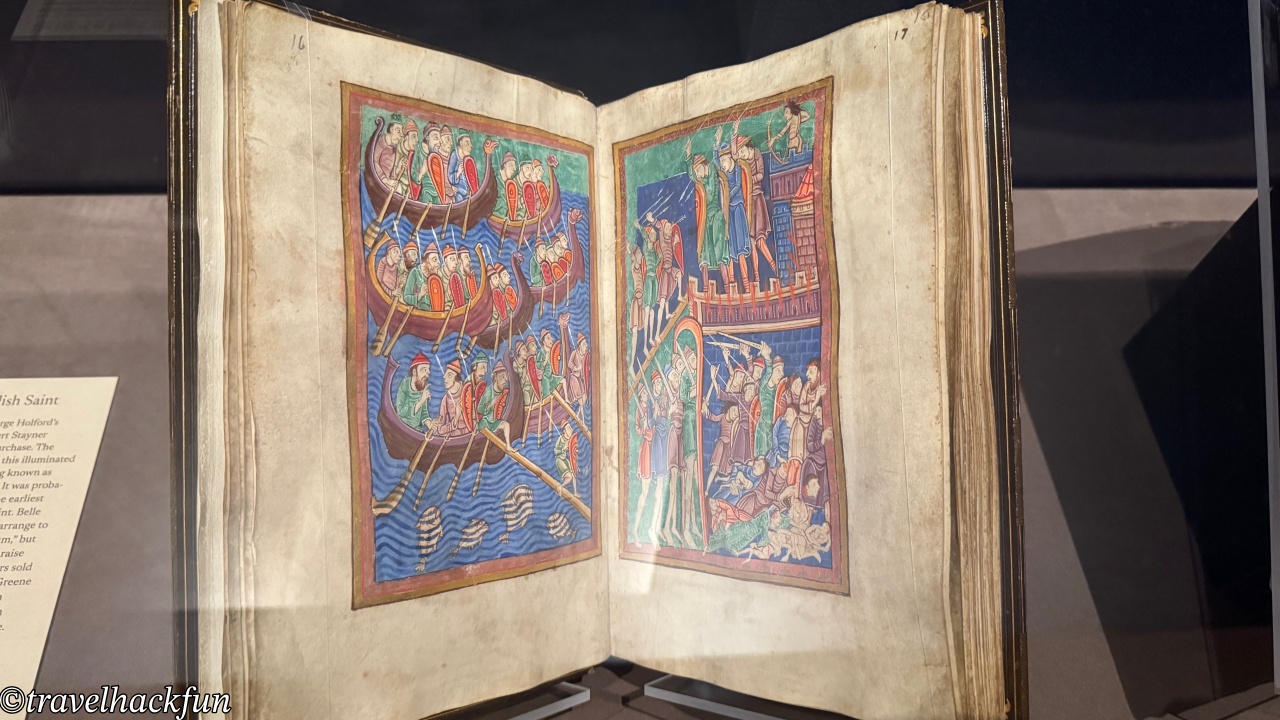
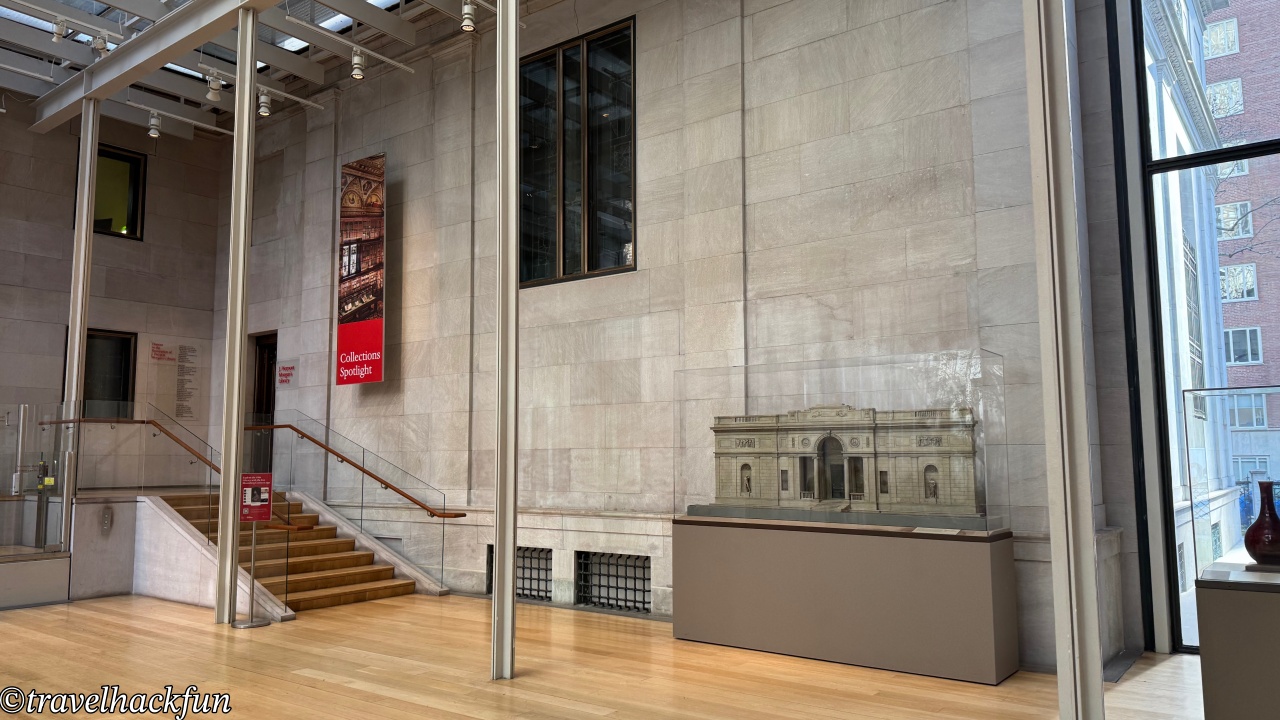
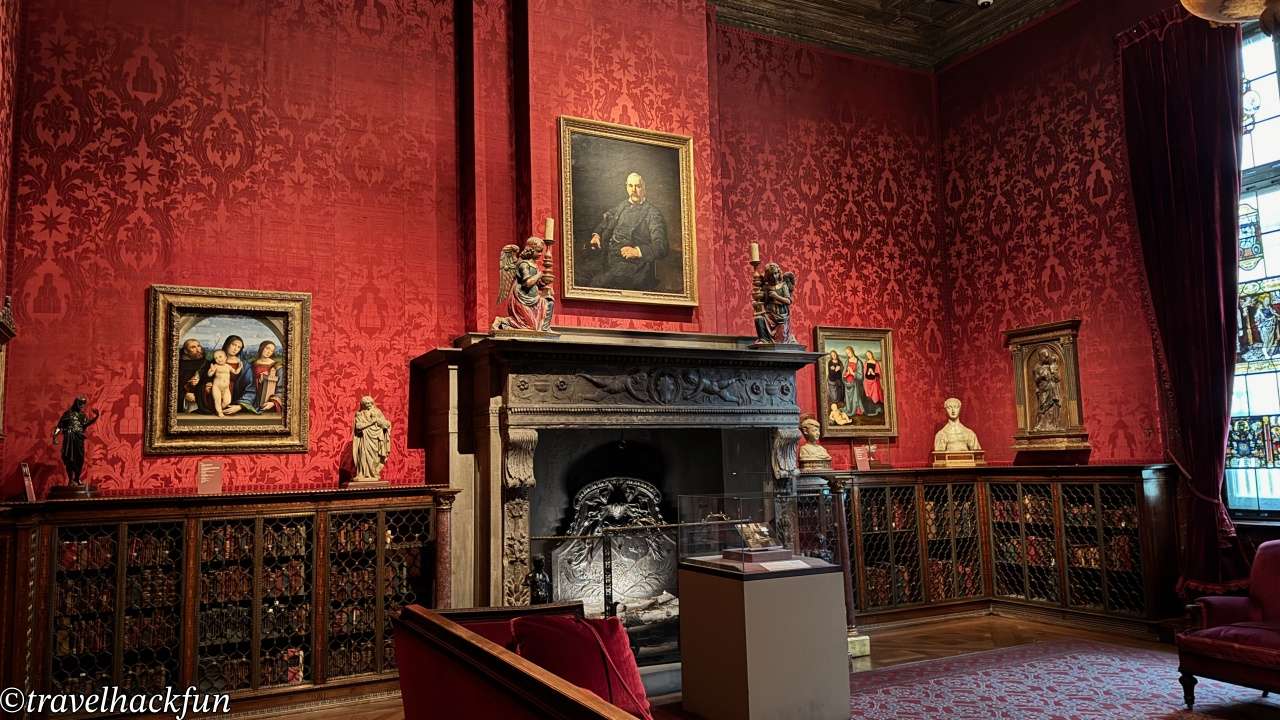

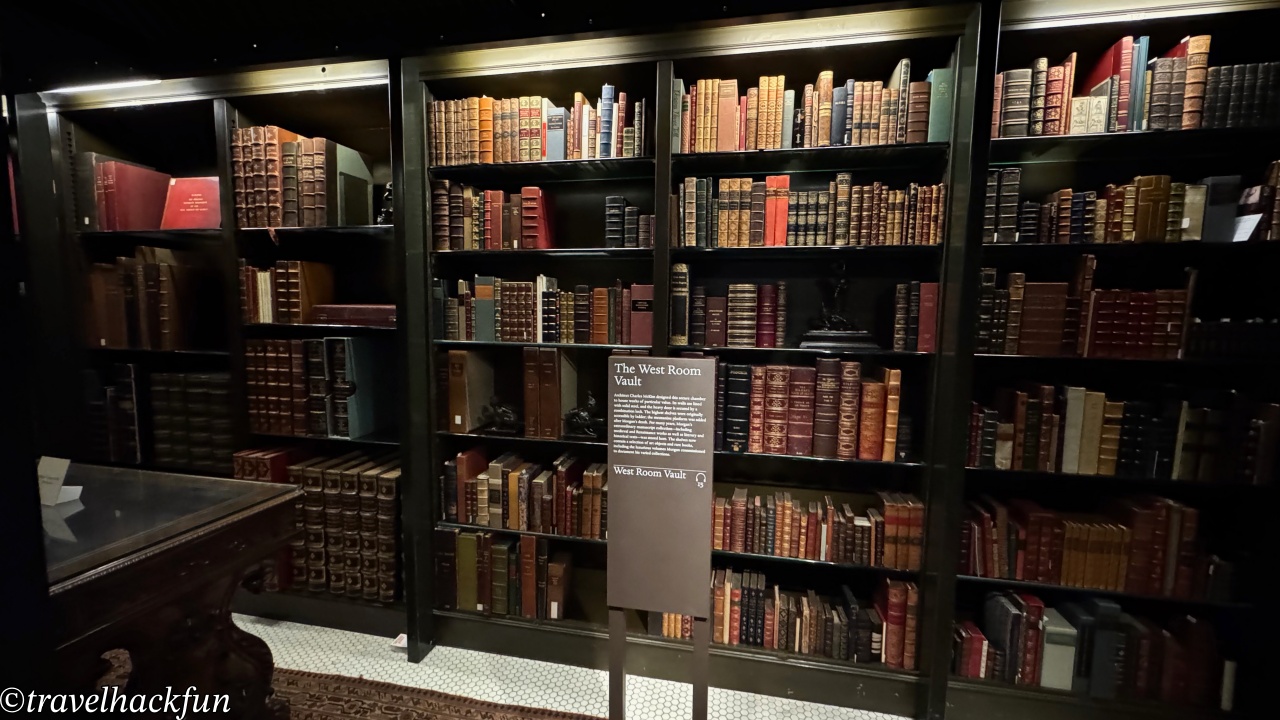


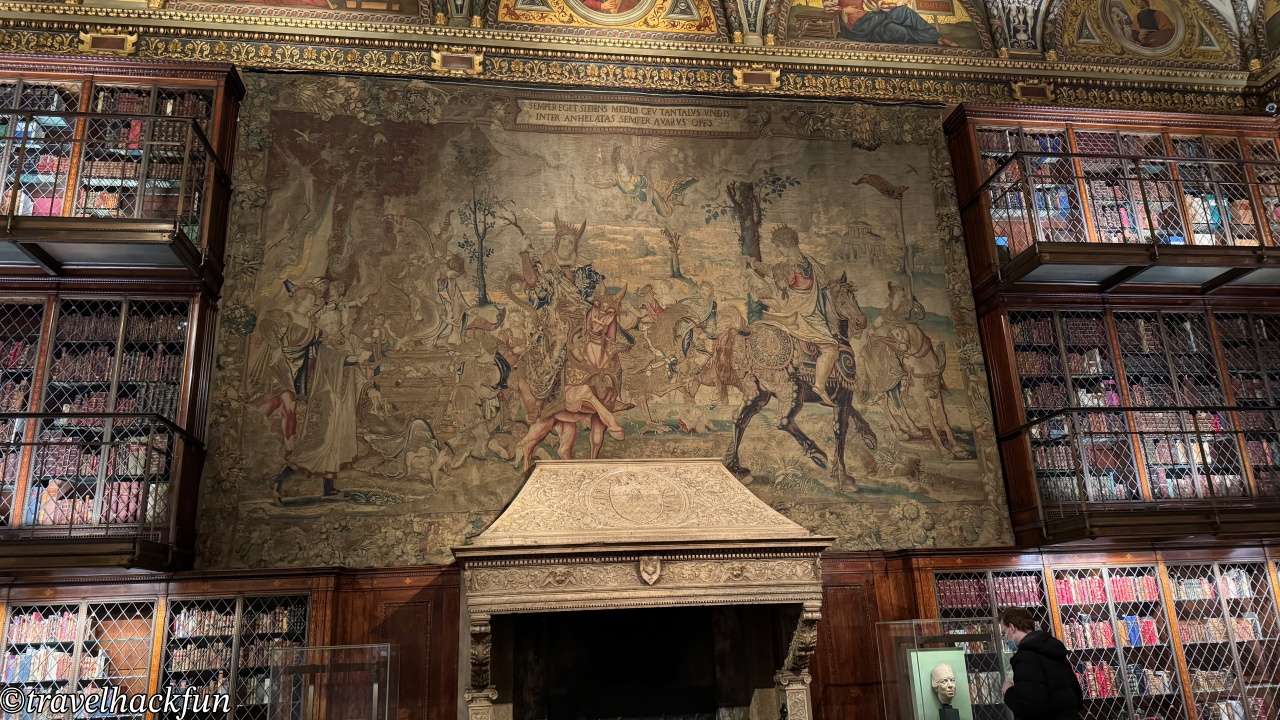

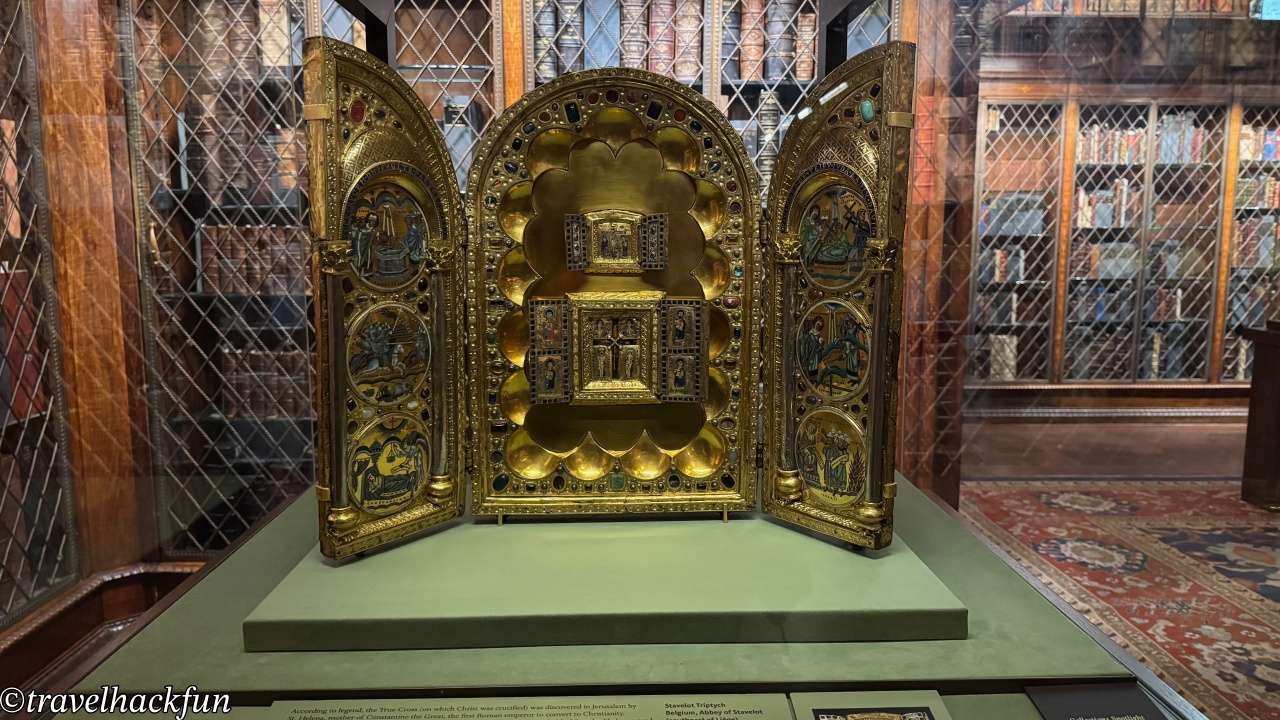
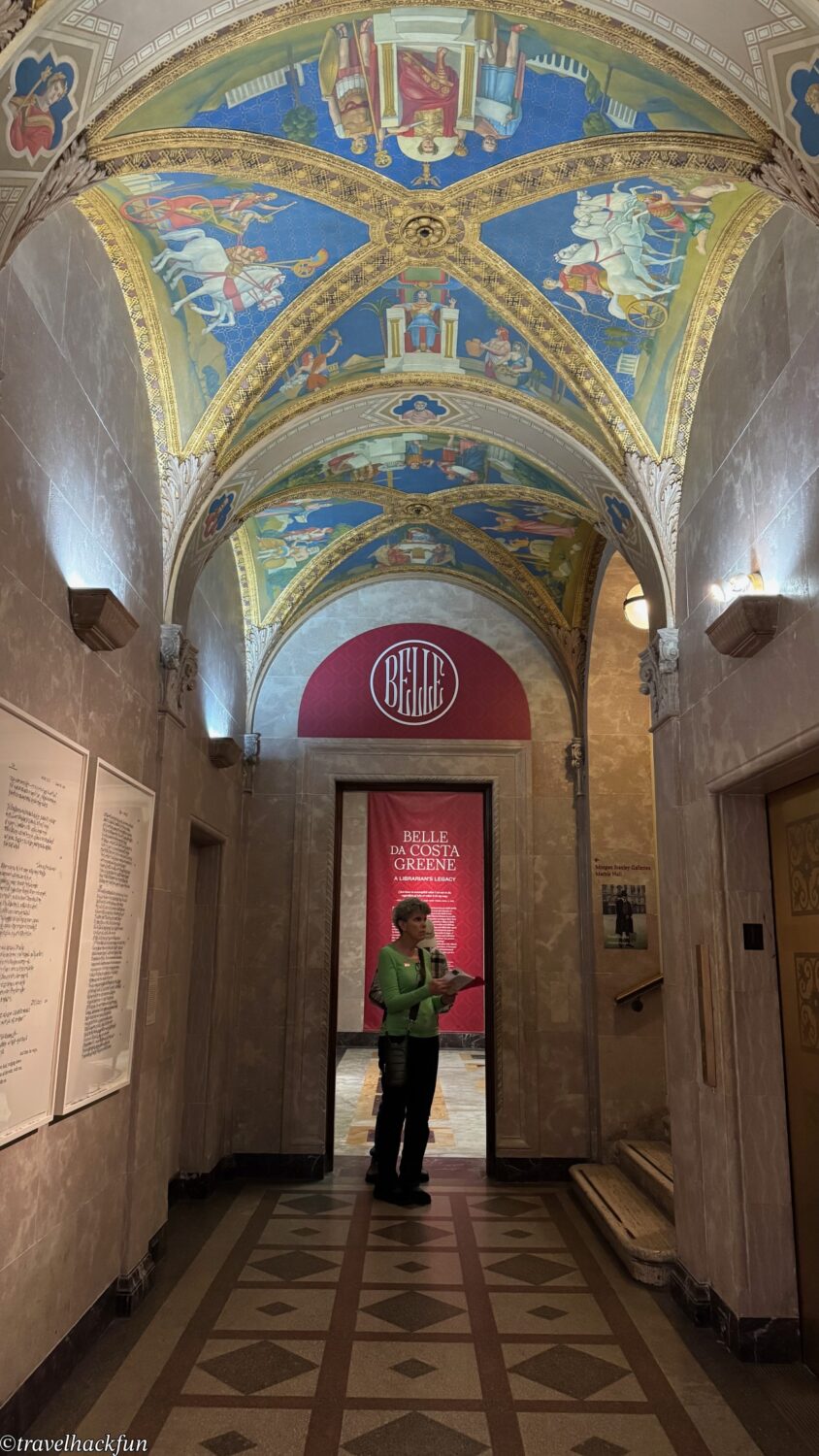
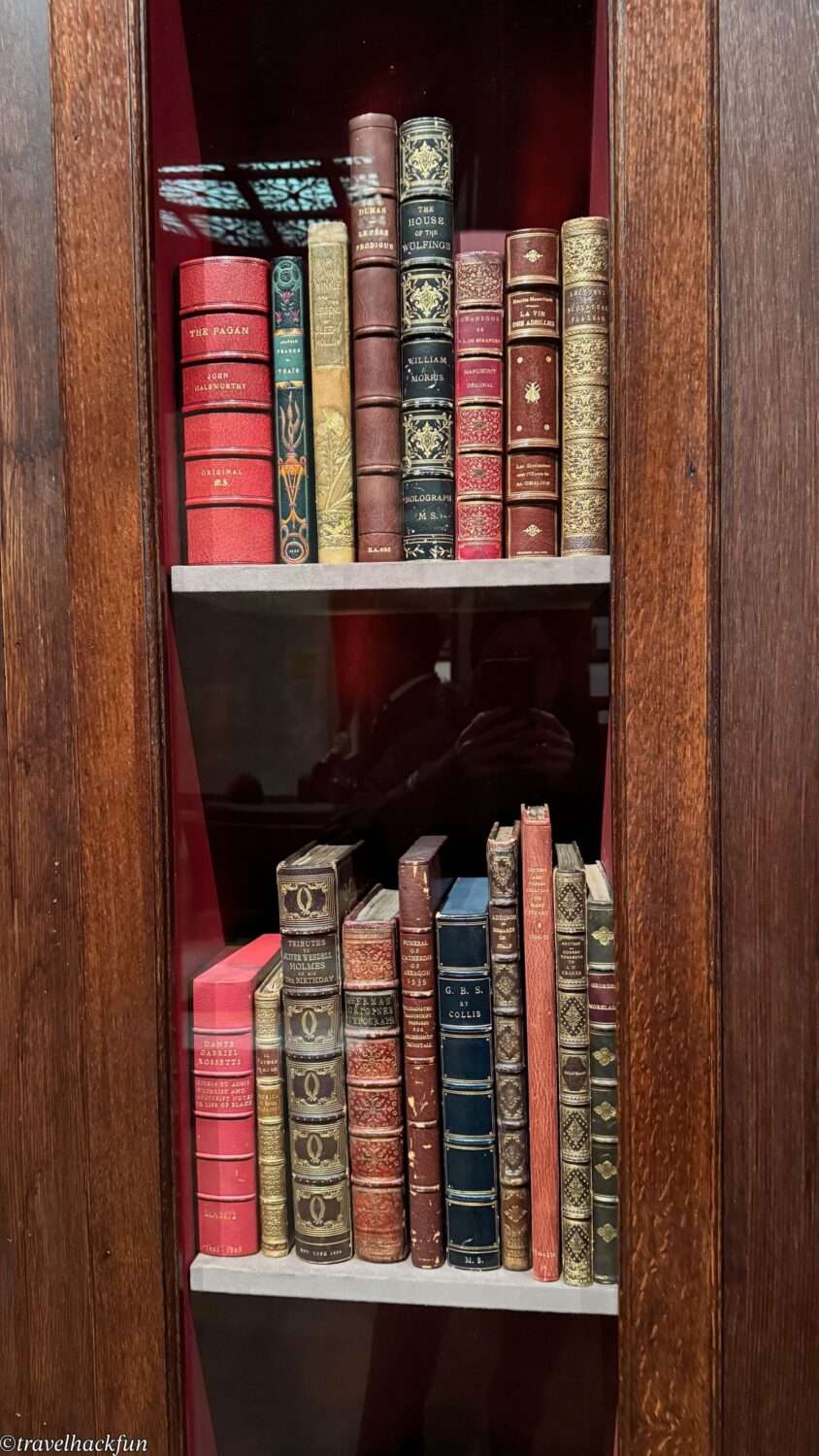
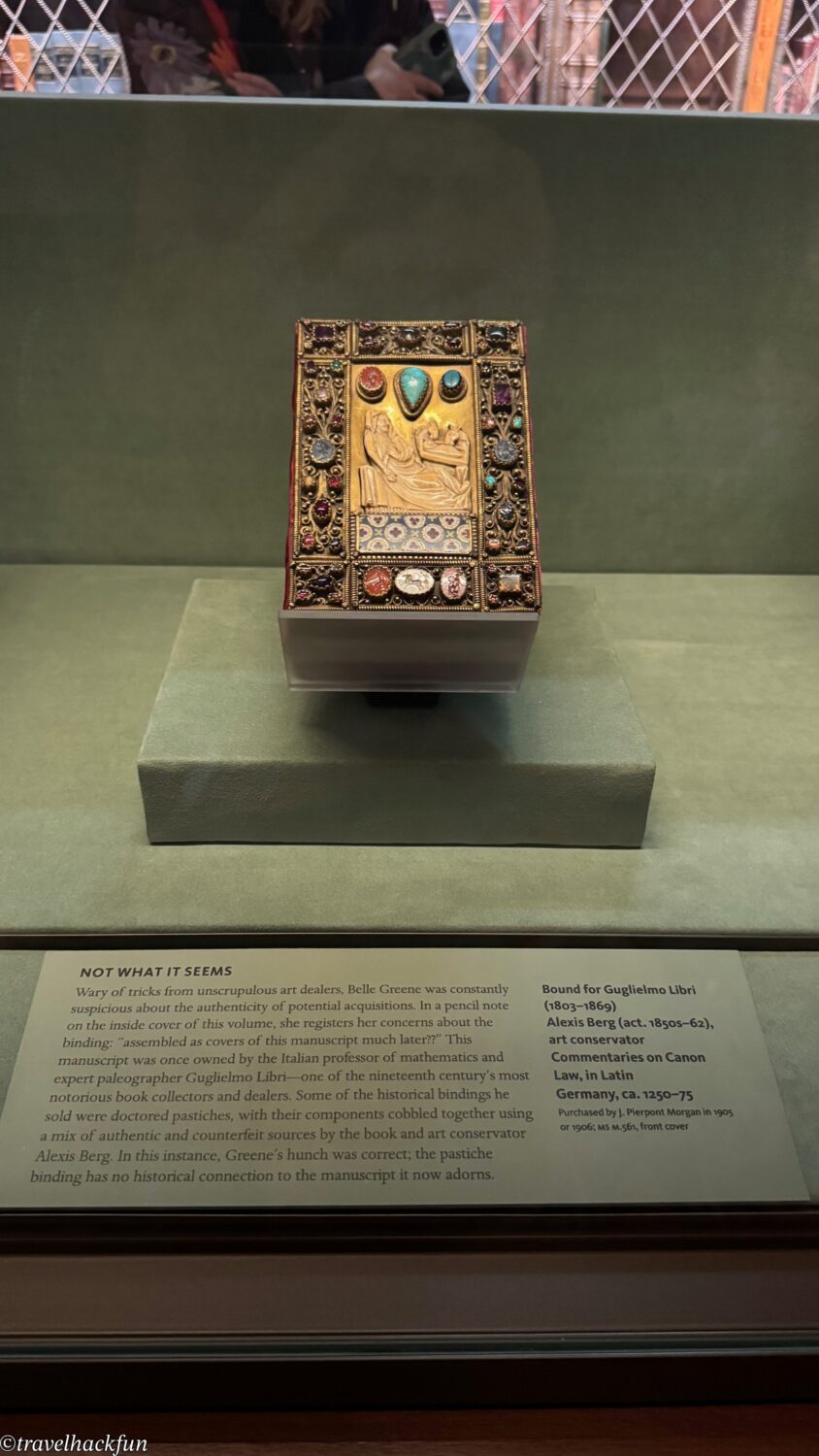
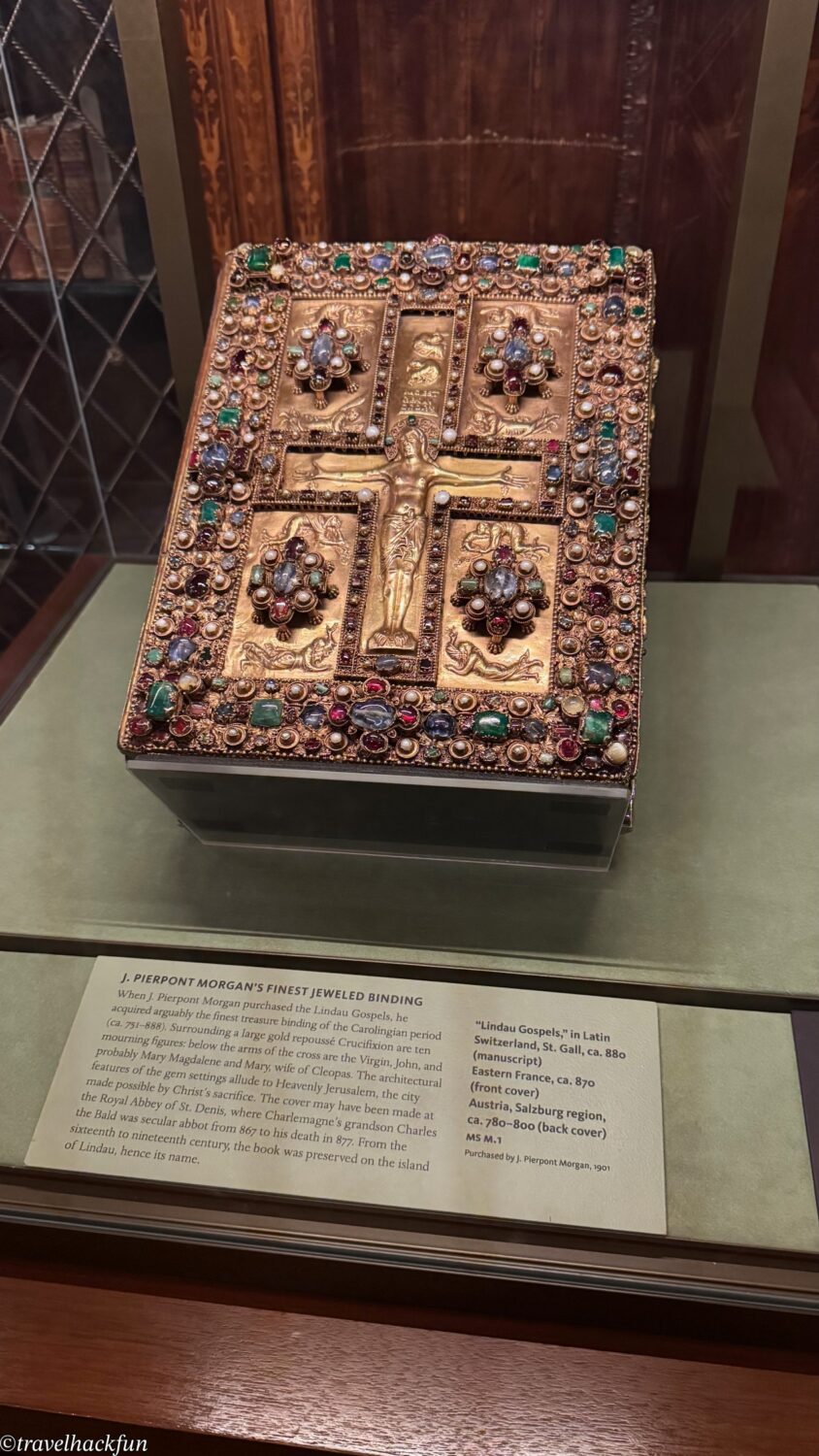
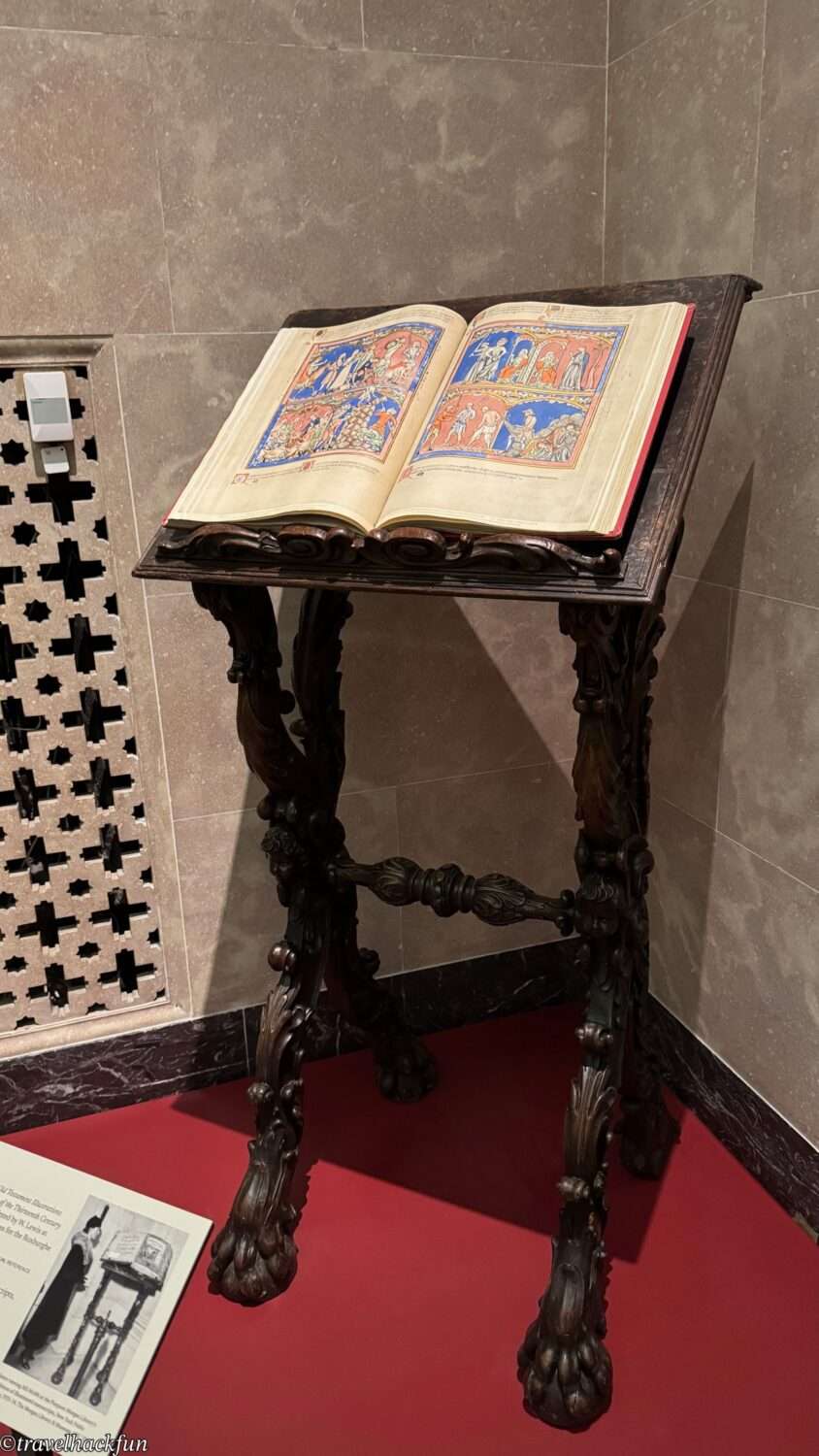
Other | Specialty Stores
Nintendo Store
A pilgrimage spot for video game lovers. Located next to Rockefeller Center, this two-story shop is packed with iconic Nintendo characters and historic game consoles—from Game Boy to N64 to Switch. Great for both shopping and nostalgia.

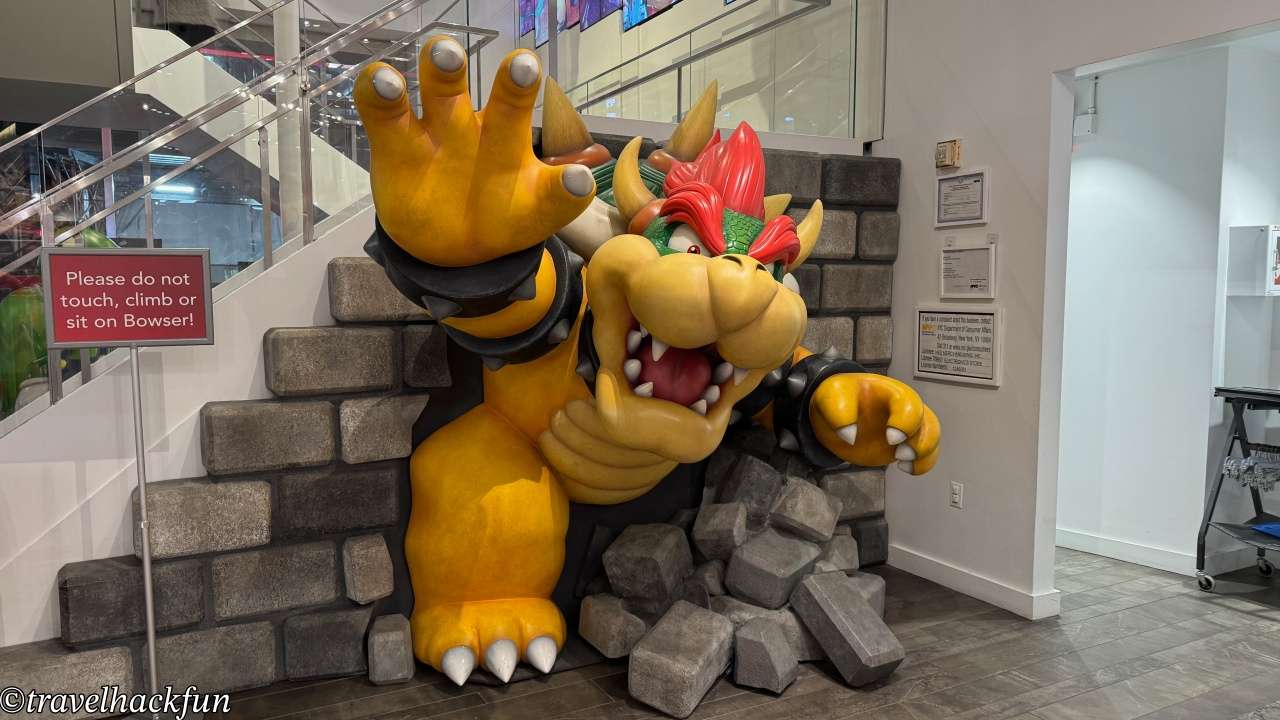
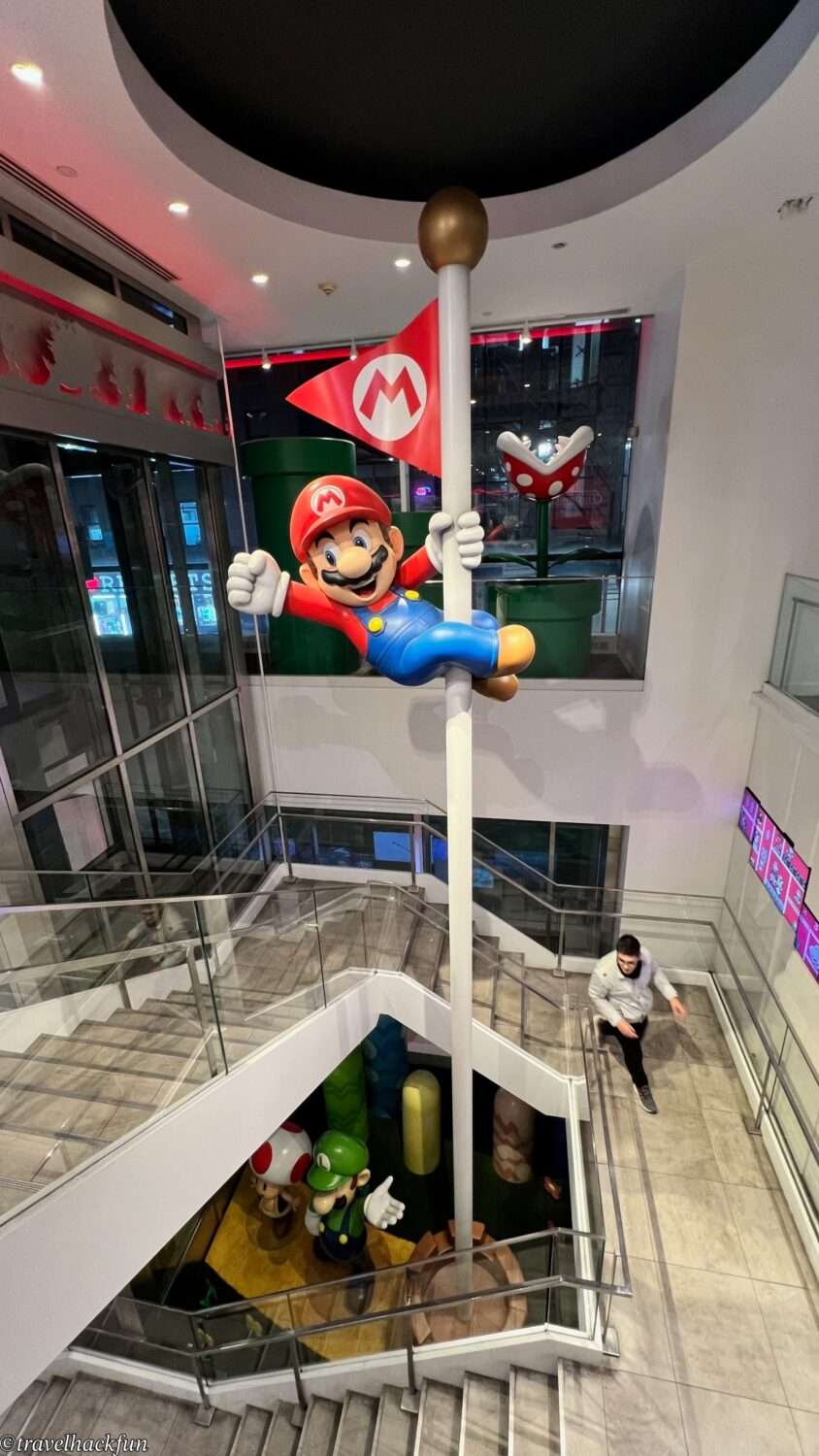
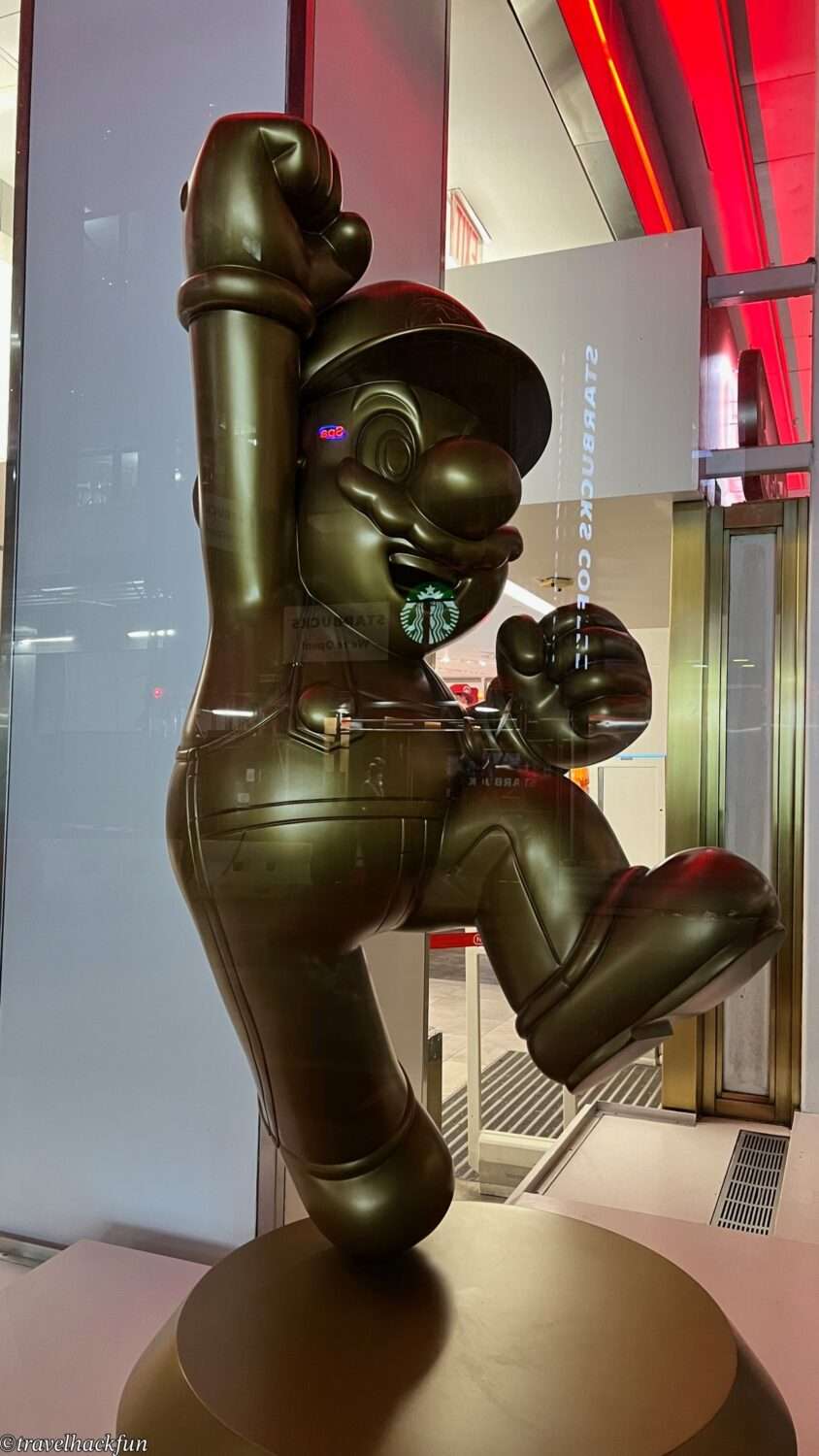
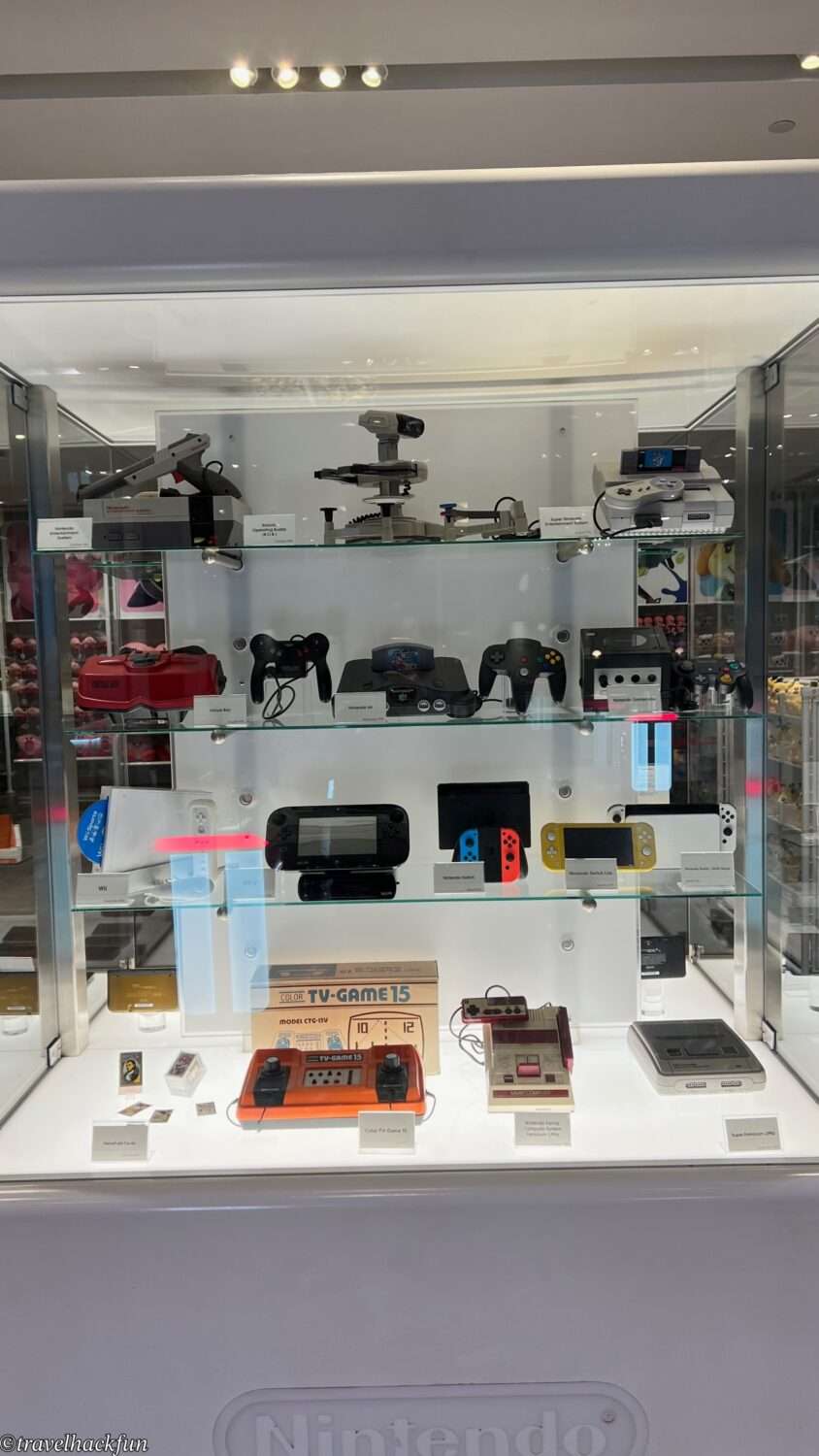
LEGO Store
Way more fun than you’d expect. Beyond selling kits, this store showcases massive LEGO recreations of NYC landmarks—like the Statue of Liberty, Empire State Building, and Grand Central Terminal. There’s also a Build Your Own Minifigure station and a digital kiosk for custom-printed LEGO bricks—perfect for gifts or collectors.
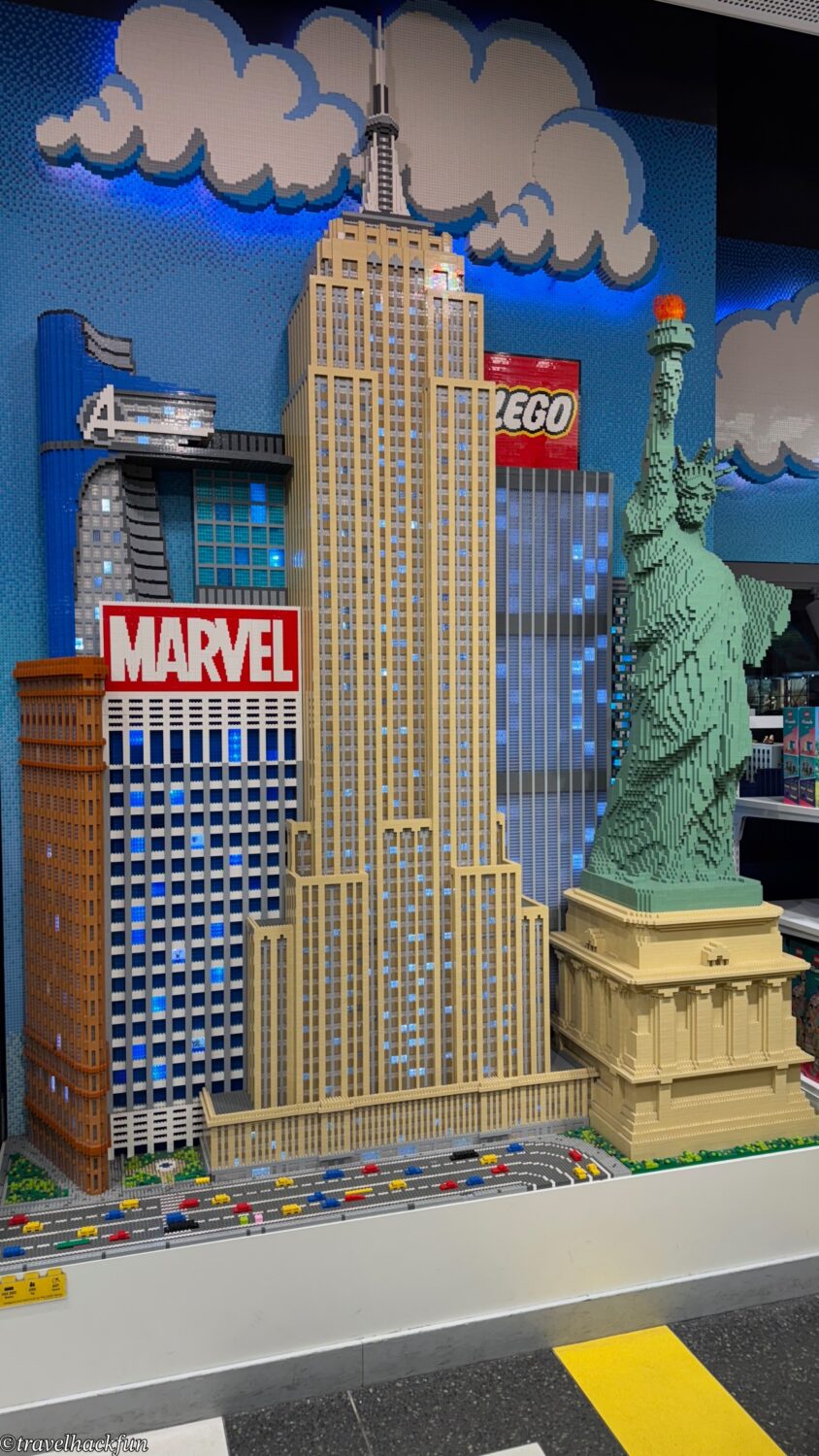
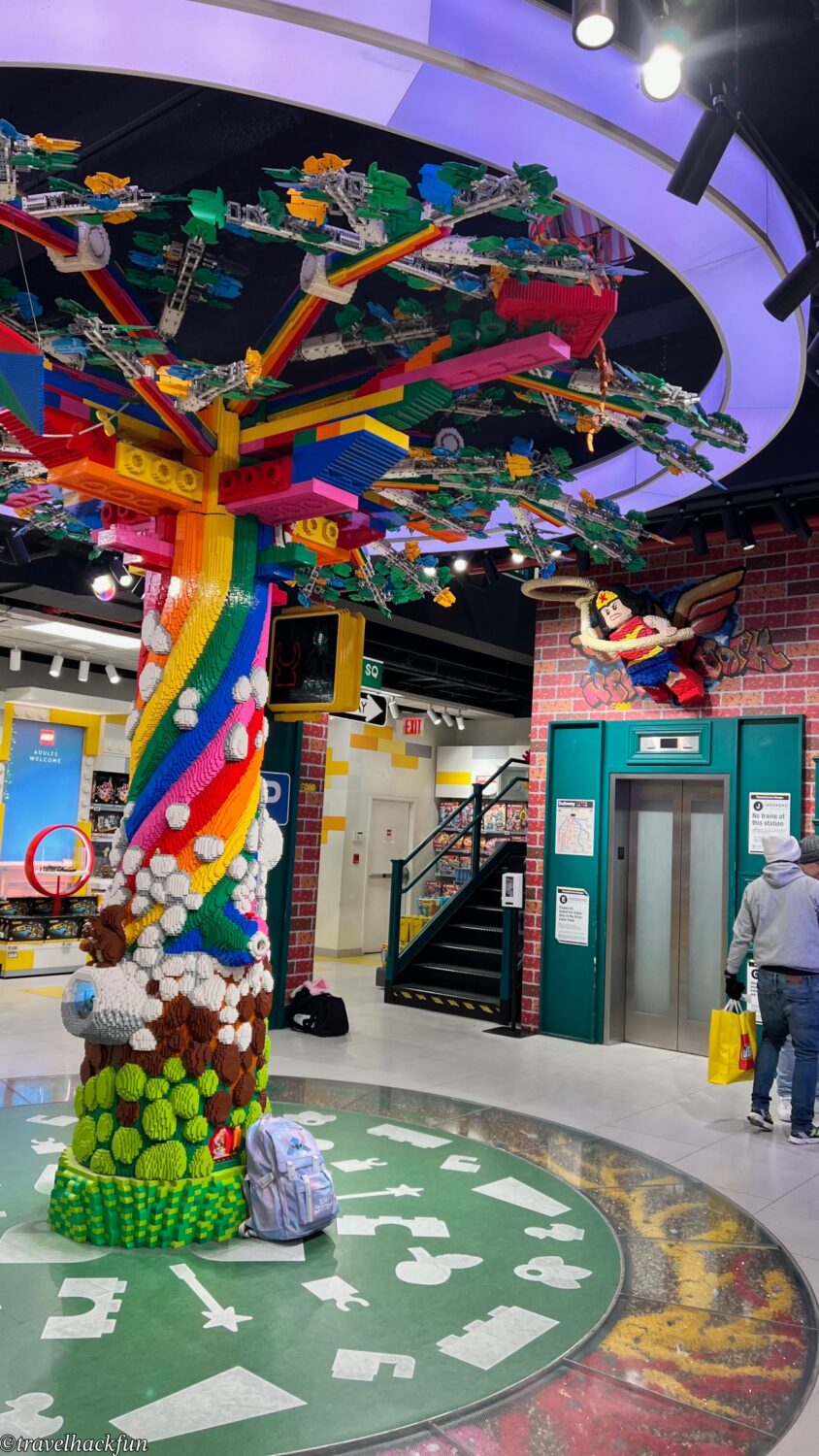
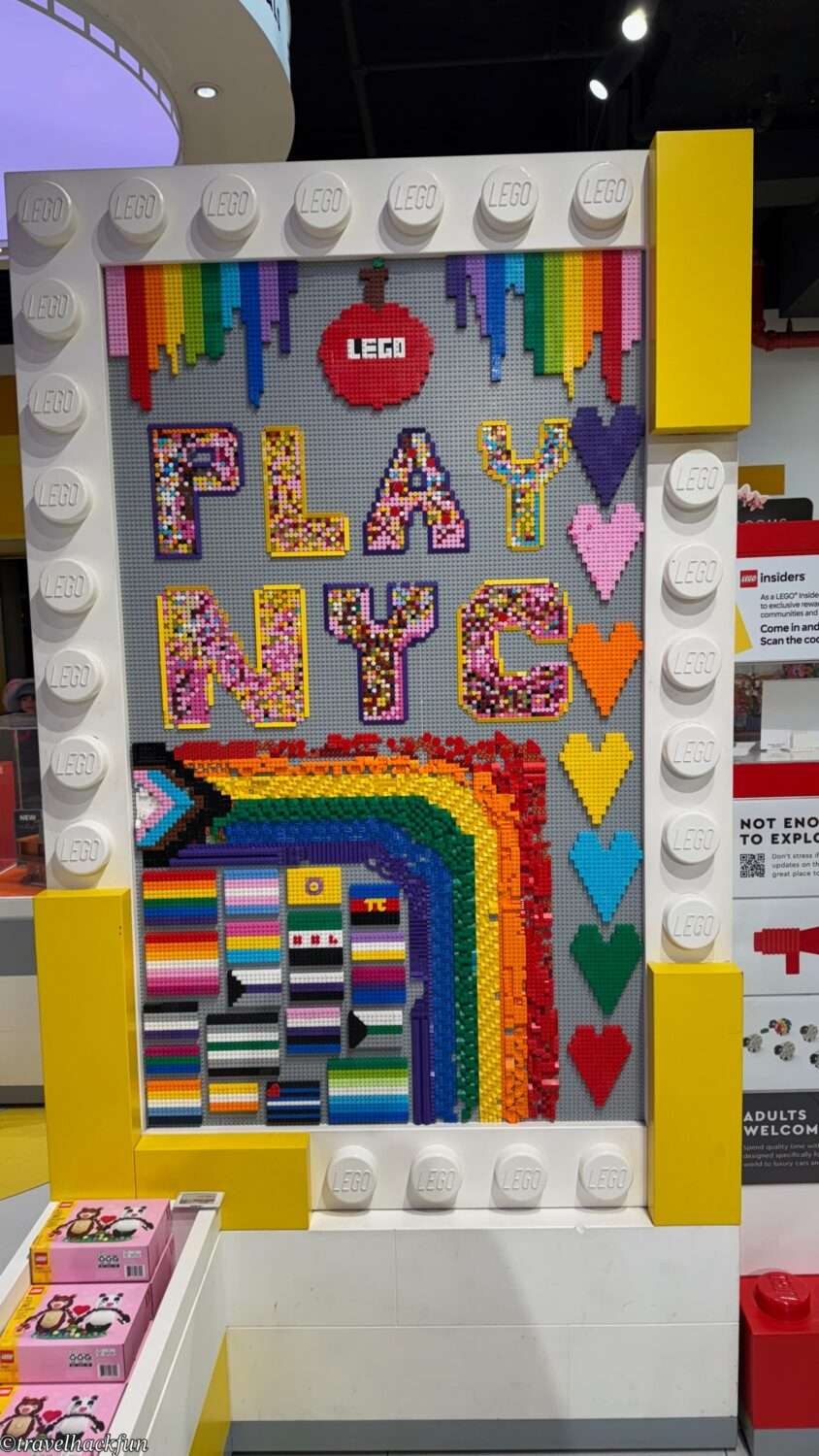
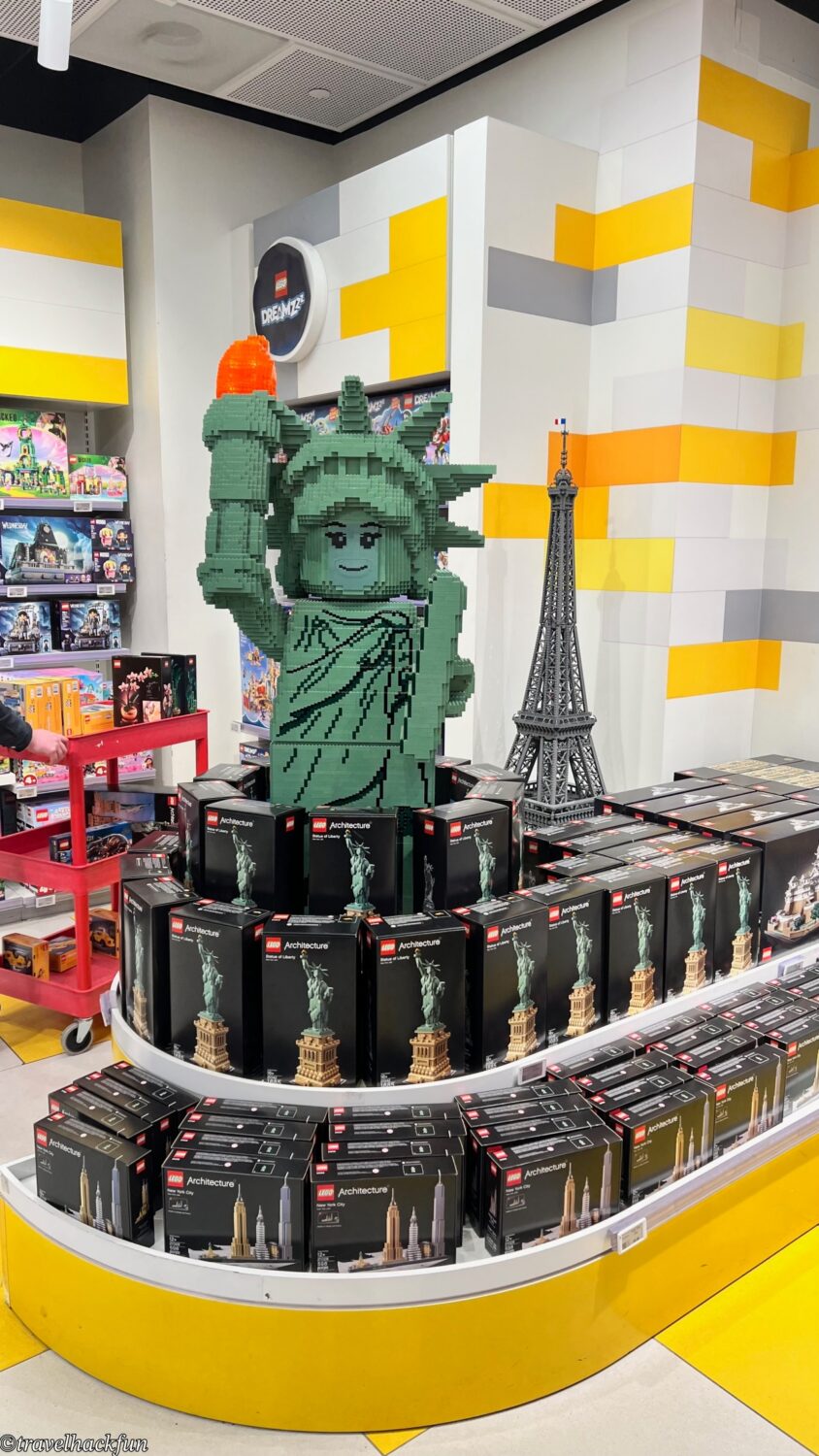
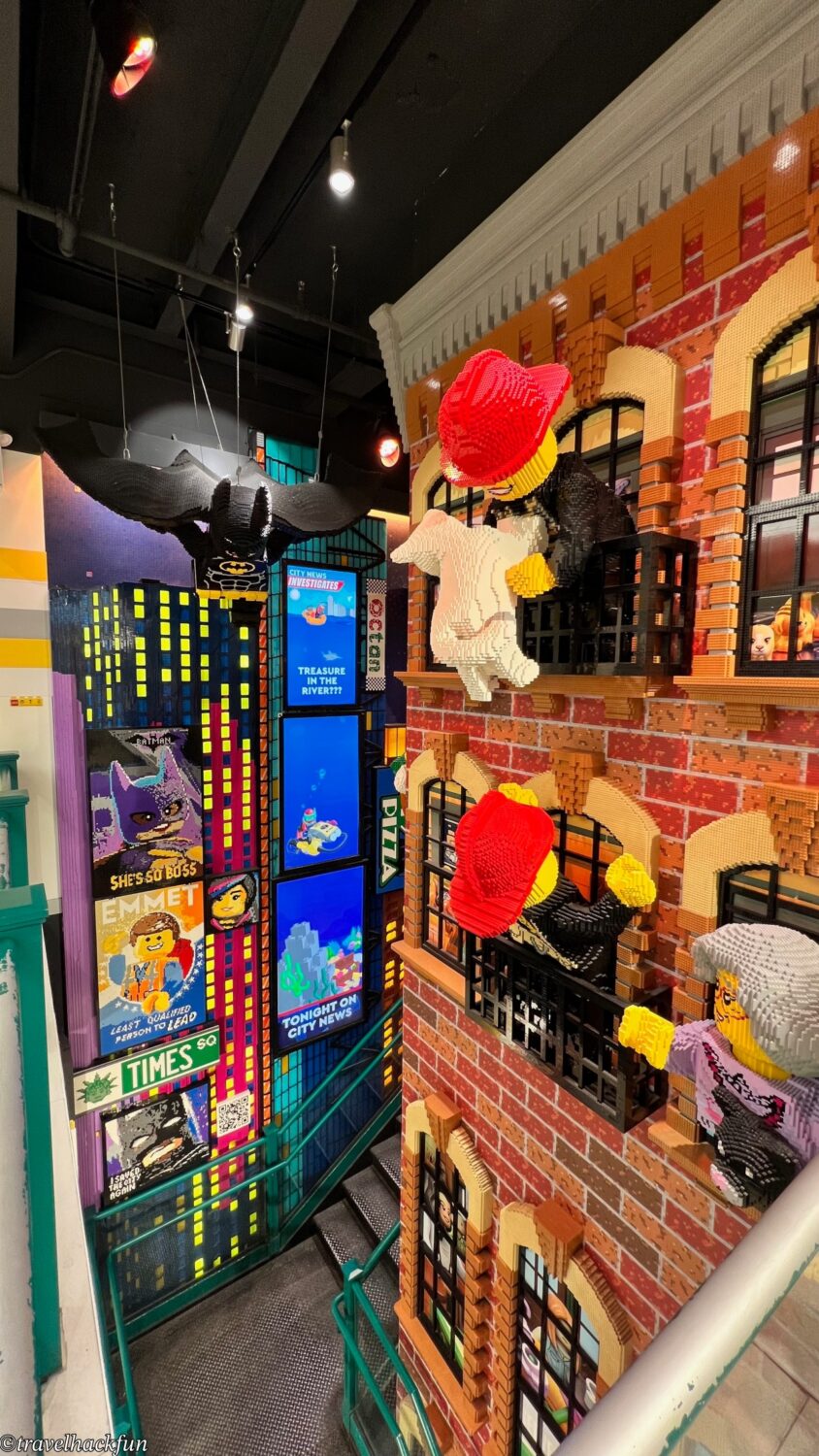
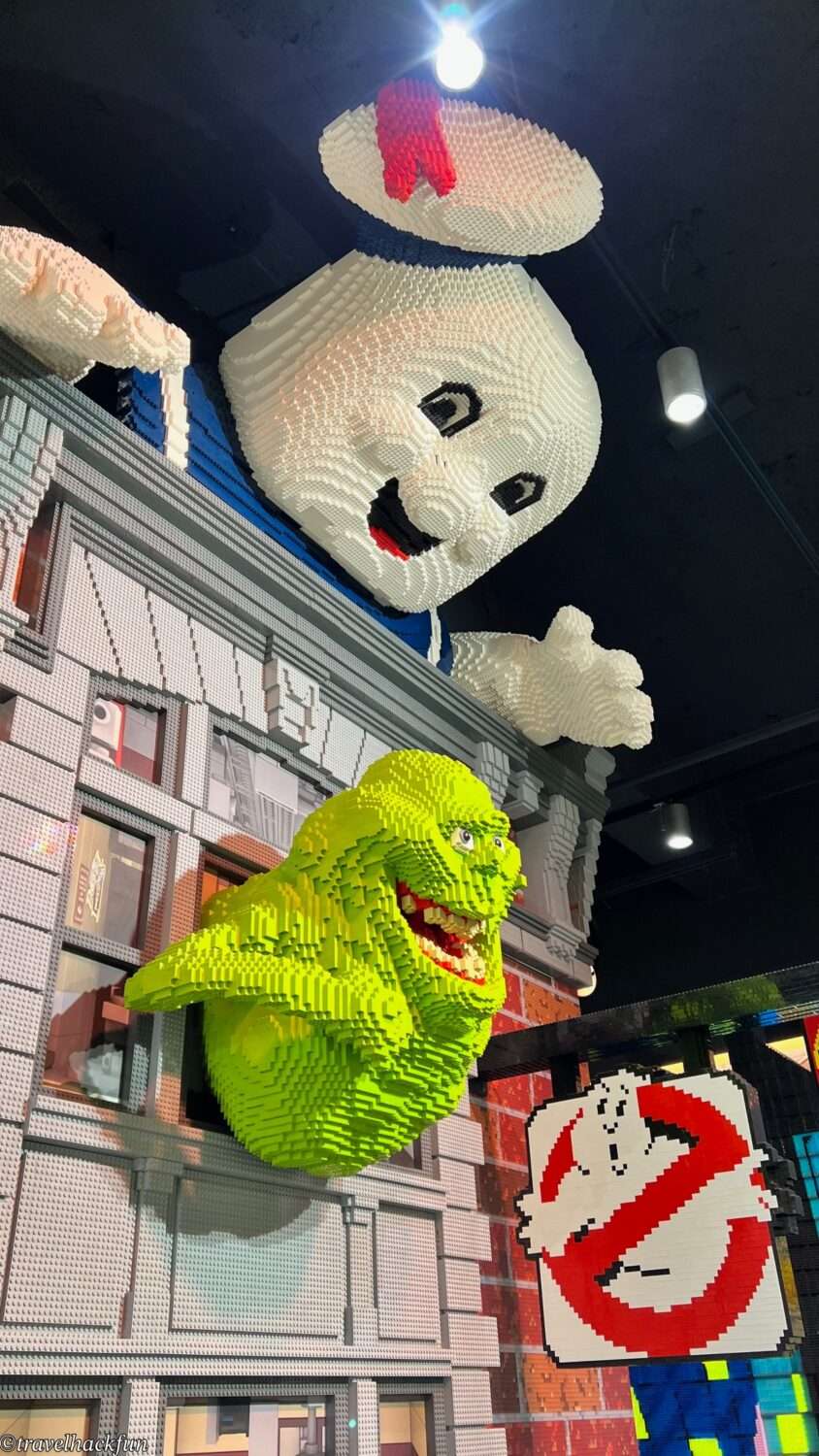
Lower Manhattan
Lower Manhattan is the historic heart of NYC, where the old city began. It’s a blend of heritage and modern finance. Landmarks like the Statue of Liberty, Ellis Island, Wall Street, and the 9/11 Memorial all tell powerful stories. Unlike Midtown’s grid layout, Lower Manhattan’s streets are a tangle of narrow paths—more like a European town. It's a business district by day and quiet by night, perfect for focused sightseeing.
Attractions | Statue of Liberty & Ellis Island
You haven’t really been to New York unless you’ve seen the Statue of Liberty. Gifted by France in 1886, she holds a torch and steps on broken chains—a symbol of liberty and hope. But if you think it’s just a boat ride and a photo op, you’re missing out. Liberty Island is a full visitor experience.
Most ferry rides also stop at Ellis Island, once the entry point for millions of immigrants. Today it’s home to the Ellis Island Immigration Museum, a must-see to truly understand NYC as a city of immigrants. The museum features reconstructed halls, medical inspection rooms, and searchable arrival records. It’s quiet, but deeply emotional.
You’ll need to take a Statue City Cruises ferry from Battery Park. Tickets include both island stops and museum admission (you can choose base/pedestal/crown access). Plan at least half a day for this round trip.
Lady Liberty Half-Day Tour with Guided Tour
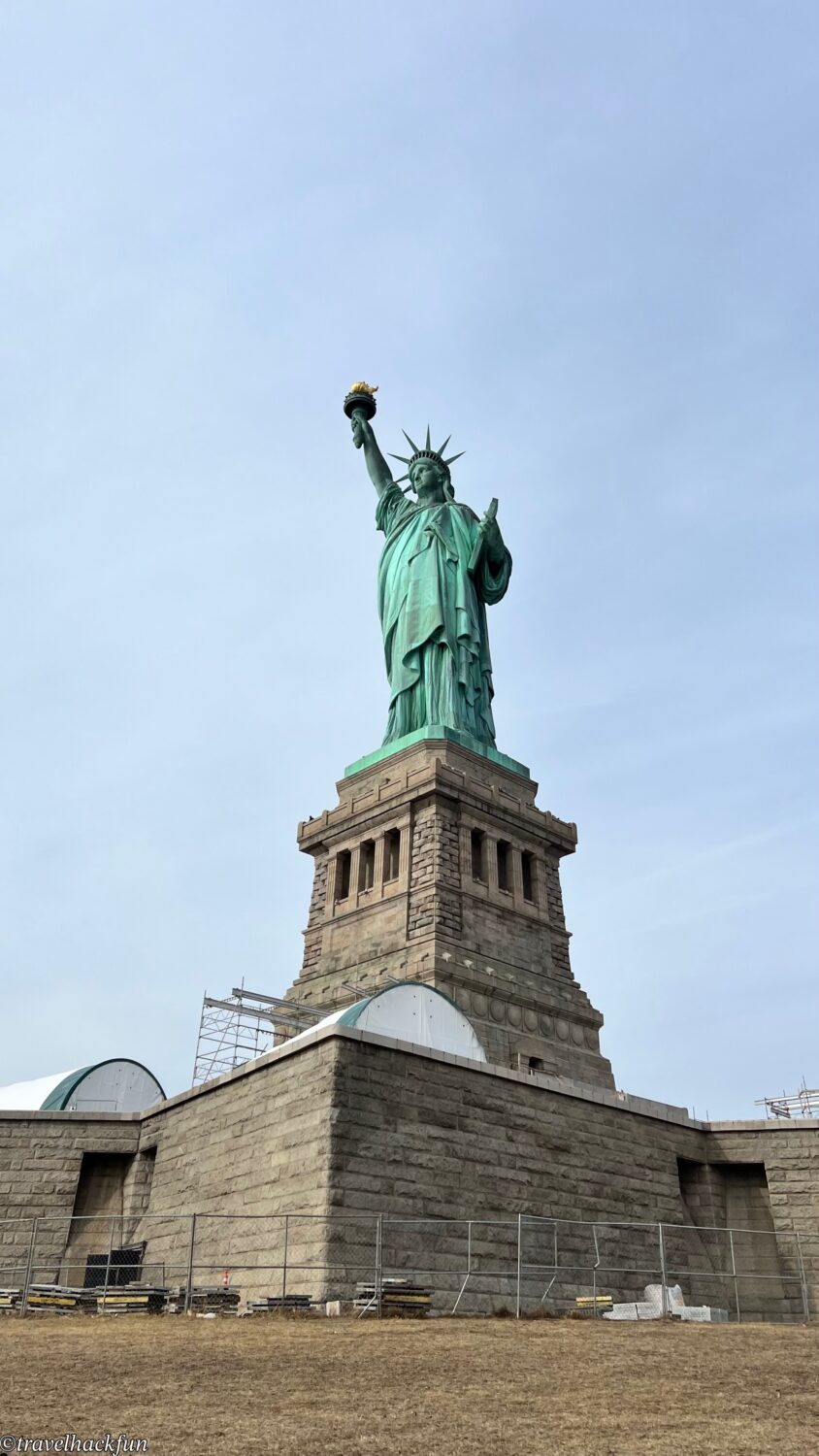
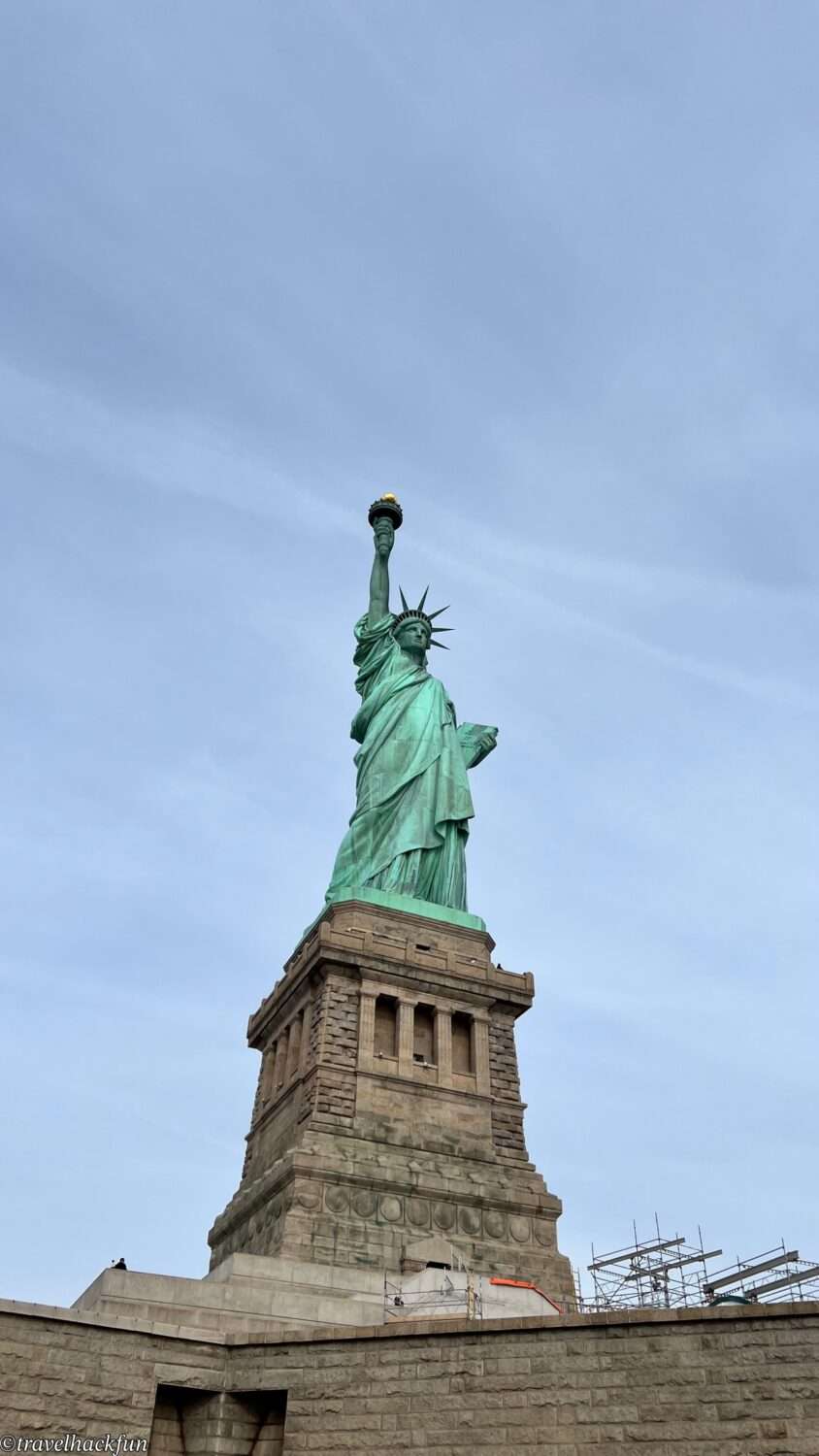
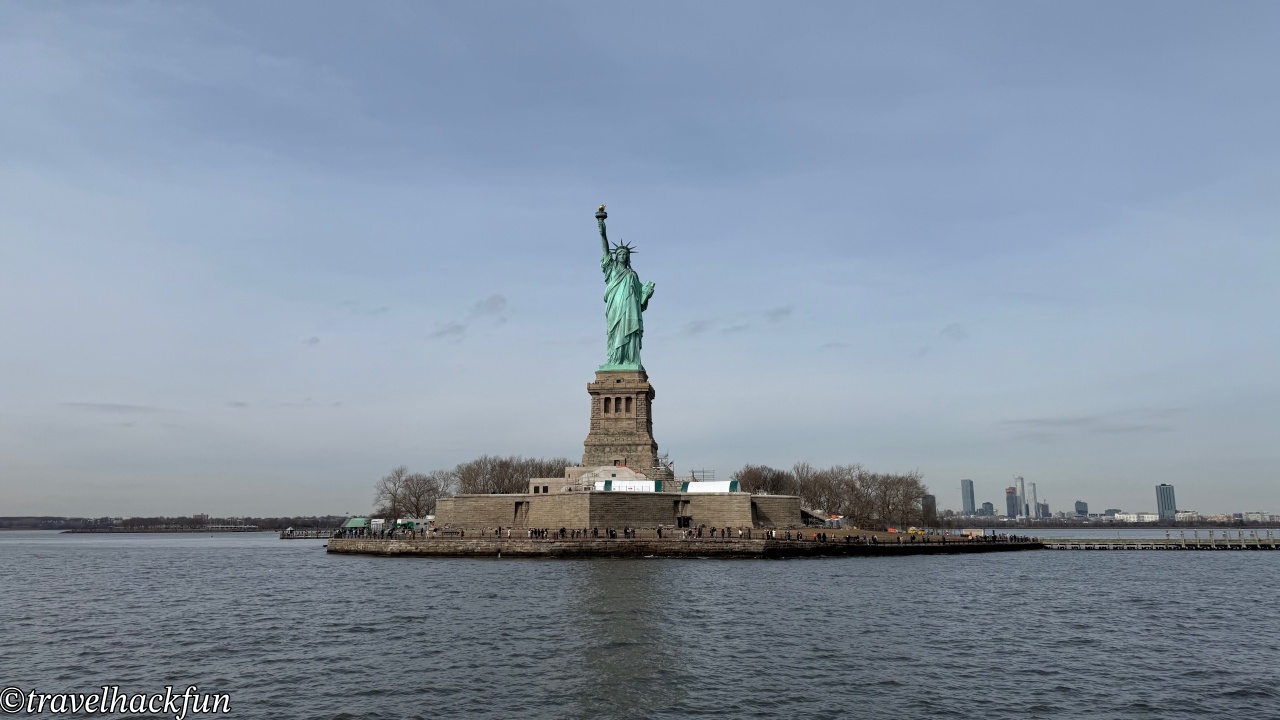
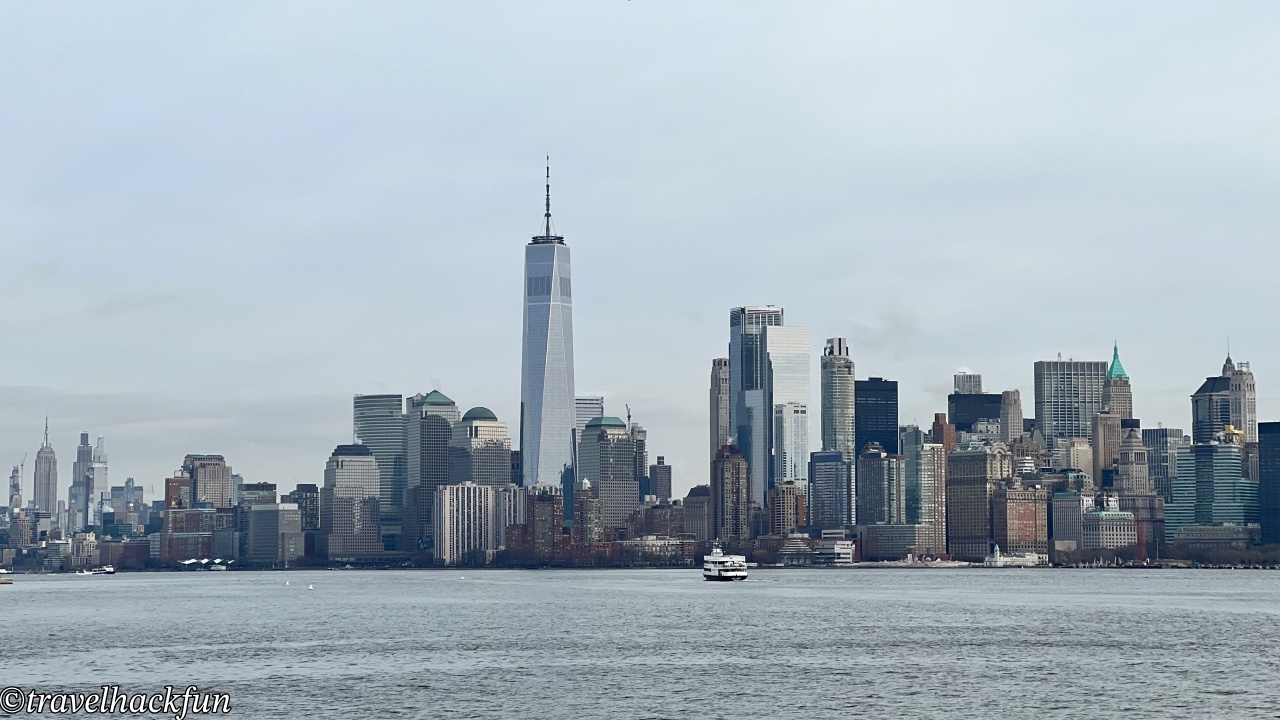

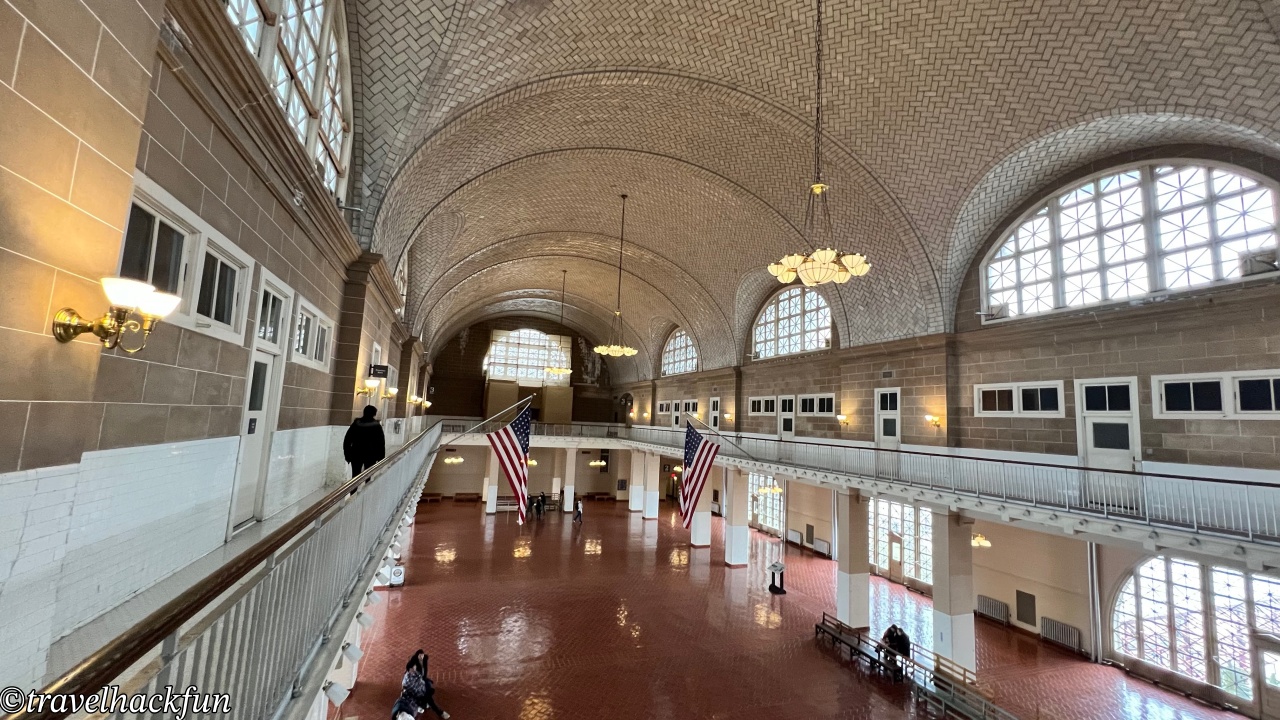

Landmark | Wall Street
Wall Street may be short in length, but it’s big in symbolism—the epicenter of global capitalism. Here you’ll find the New York Stock Exchange (NYSE) and classic film locations of frenzied traders and flashing ticker screens. In reality, it’s more peaceful than you’d expect—flanked by neoclassical buildings and fluttering flags.
Main photo ops include the NYSE building, the Charging Bull sculpture, and the Fearless Girl statue.
Historical landmarks like Federal Hall—where George Washington took the presidential oath—and Trinity Church, dating back to the 1600s, add further depth. The adjacent graveyard includes the tomb of Alexander Hamilton, the founding father of U.S. finance.
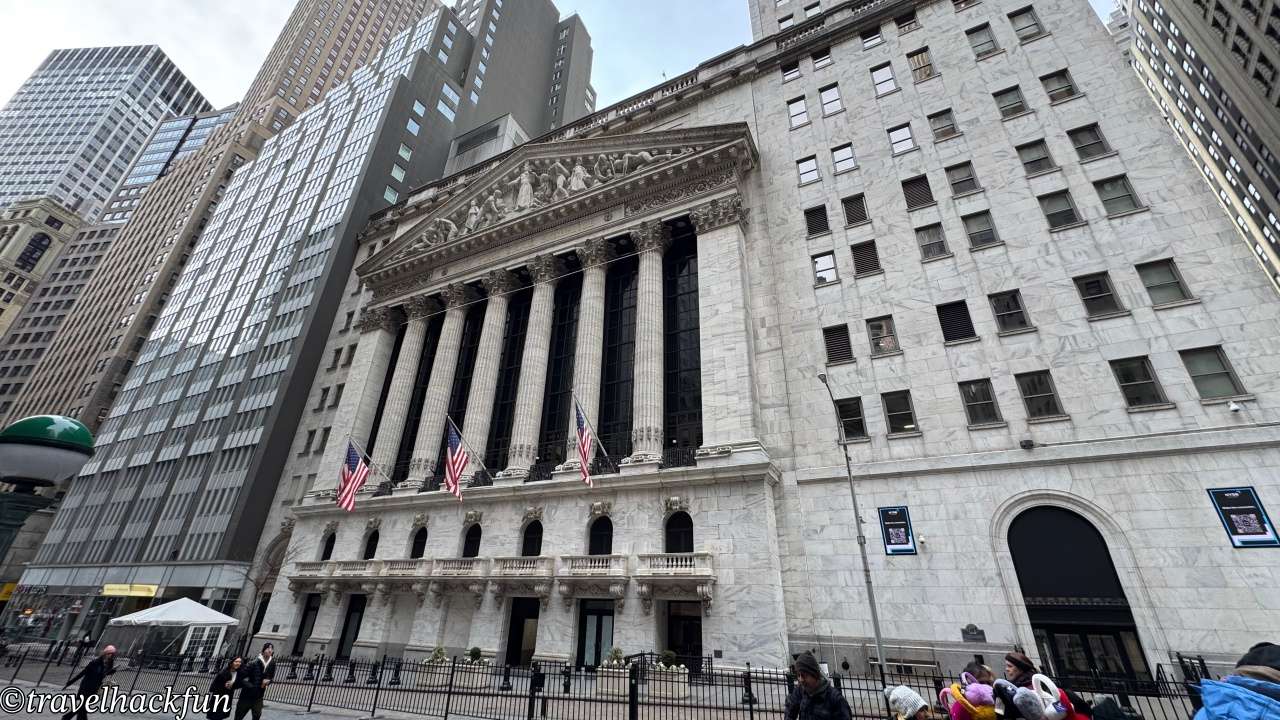
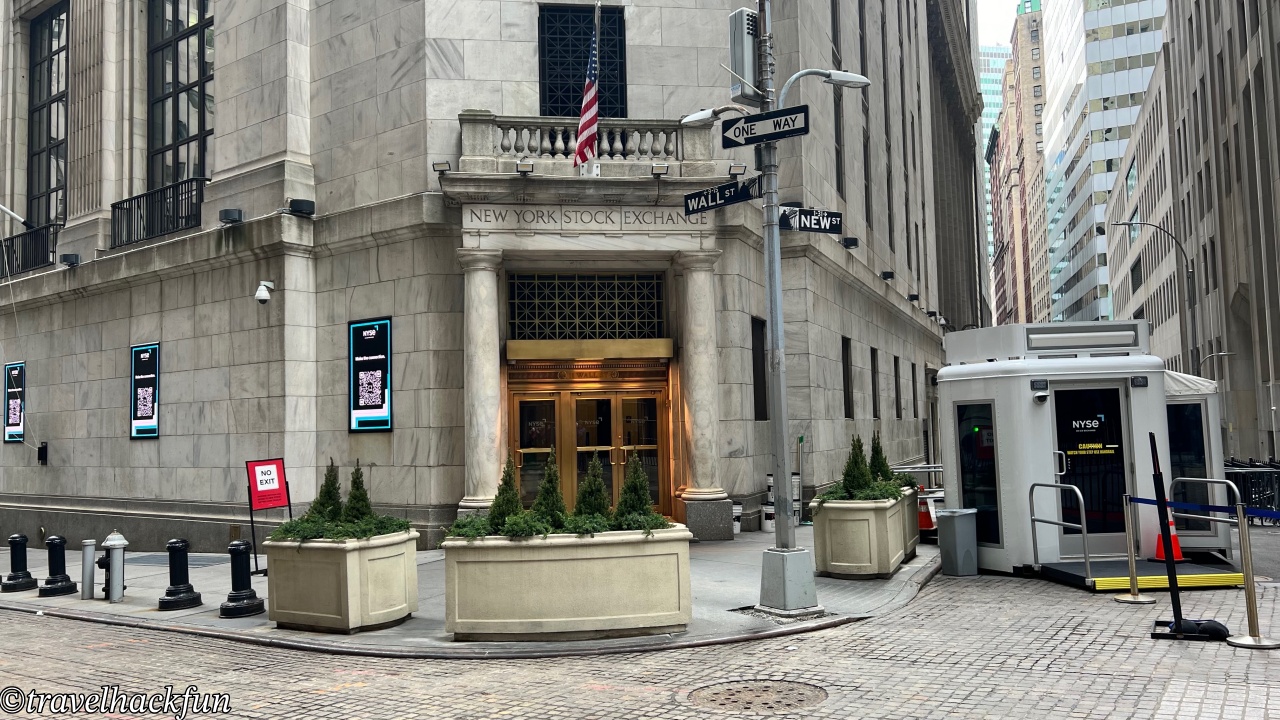

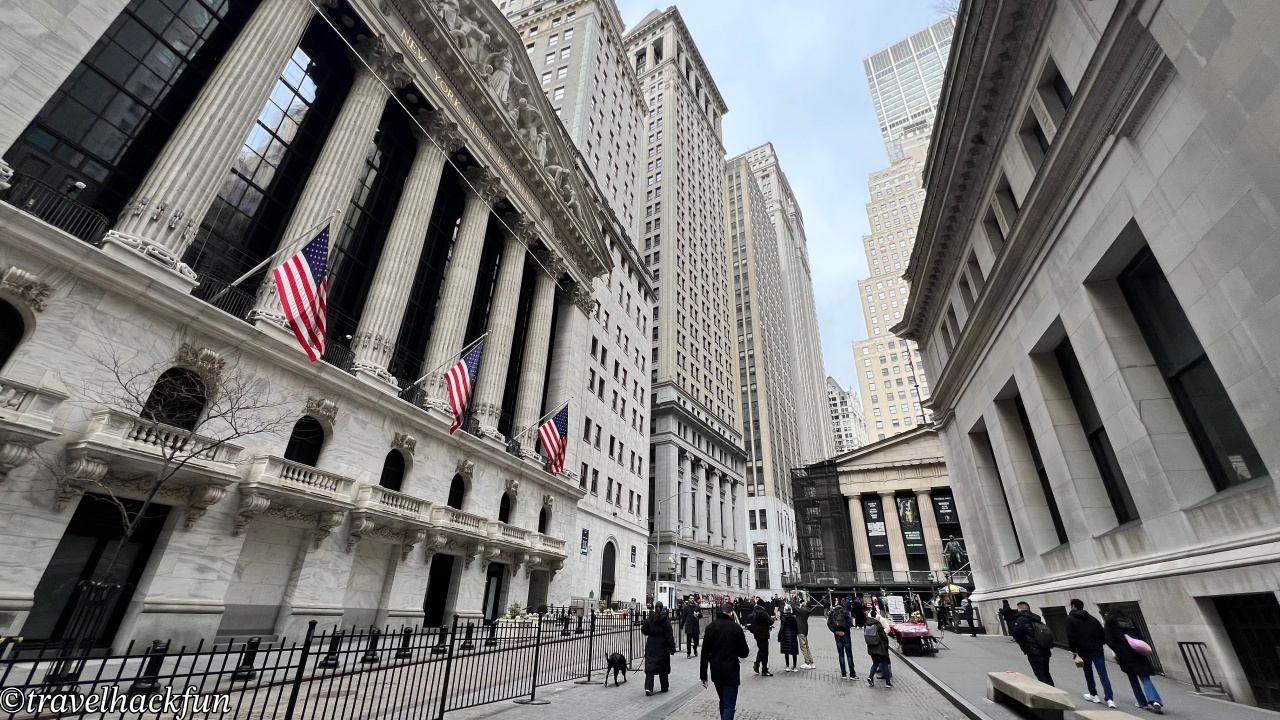
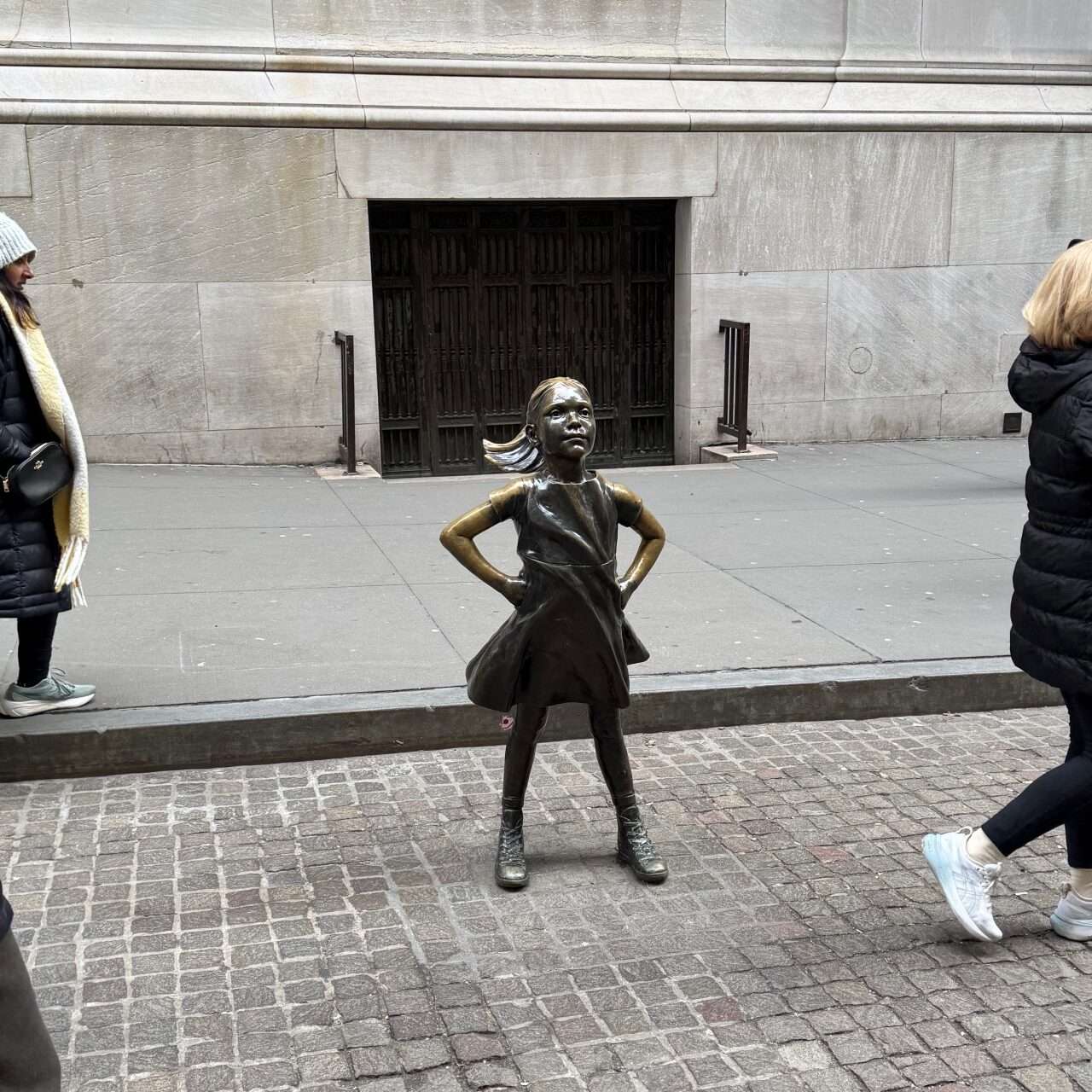
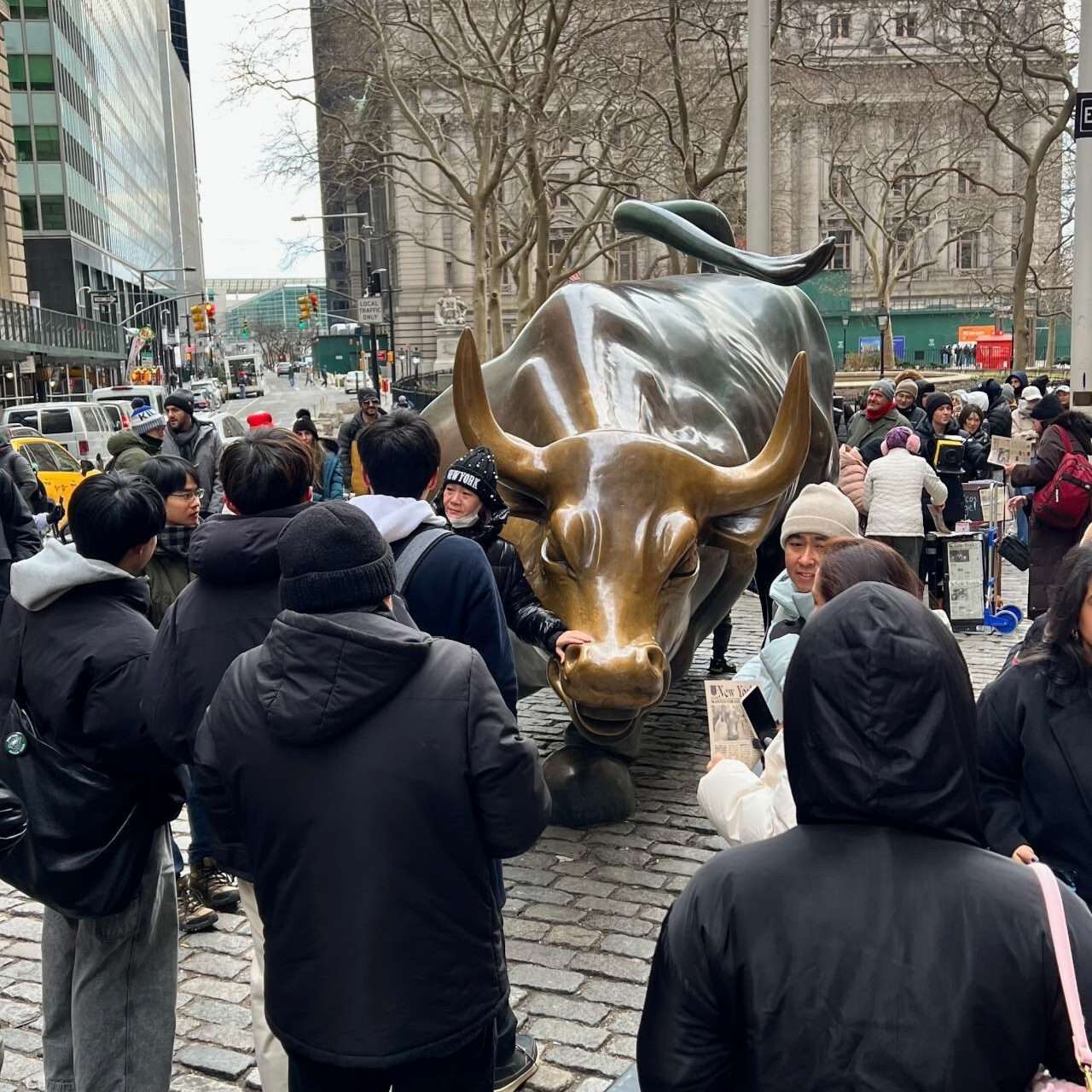
Museum | 9/11 Memorial & Museum
When you step into the 9/11 Memorial, the noise of NYC fades. Two vast square pools mark the former footprints of the Twin Towers, with waterfalls cascading down their dark walls—representing grief and the passage of time. The adjacent One World Trade Center now towers as a symbol of rebirth and resilience, standing 1,776 feet tall (541 meters).
The 9/11 Museum is highly recommended. Inside, you’ll find steel beams from the wreckage, damaged fire trucks, personal items from victims, photos, recordings, eyewitness testimonies, and “missing” posters from that day. The exhibition is powerful, sobering, and beautifully curated. It gives you a deep, human understanding of that tragic event.
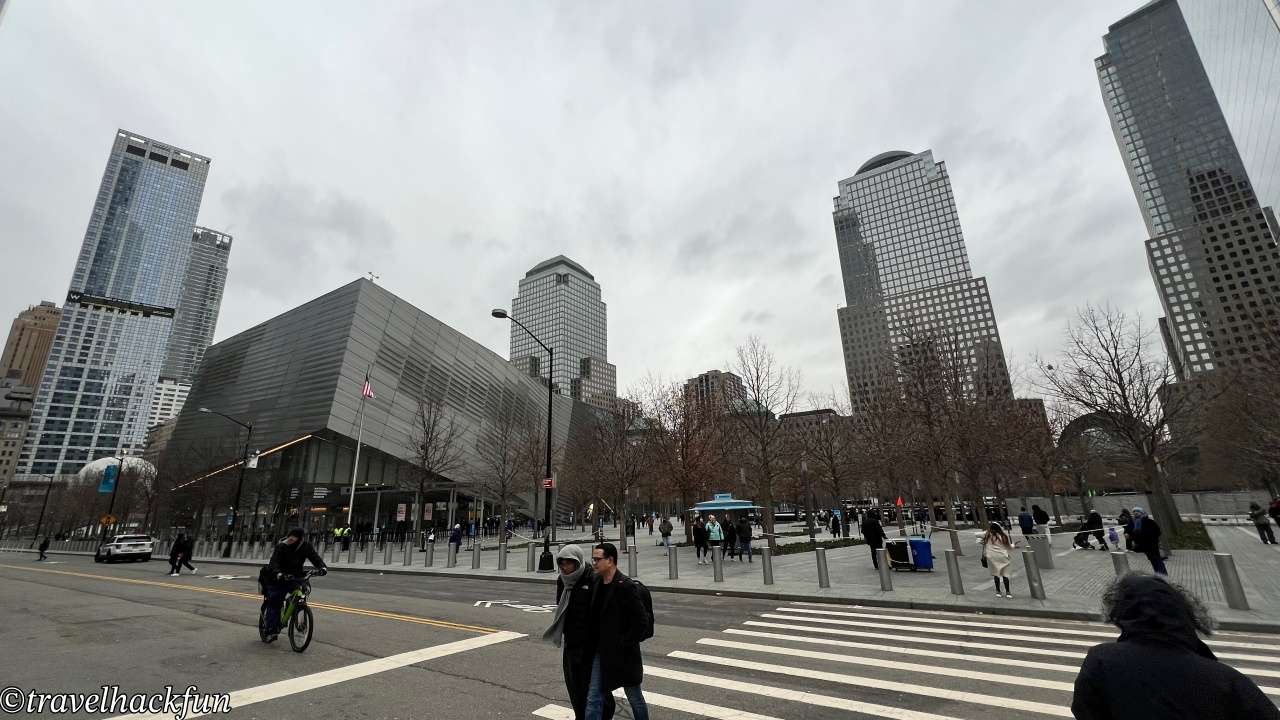
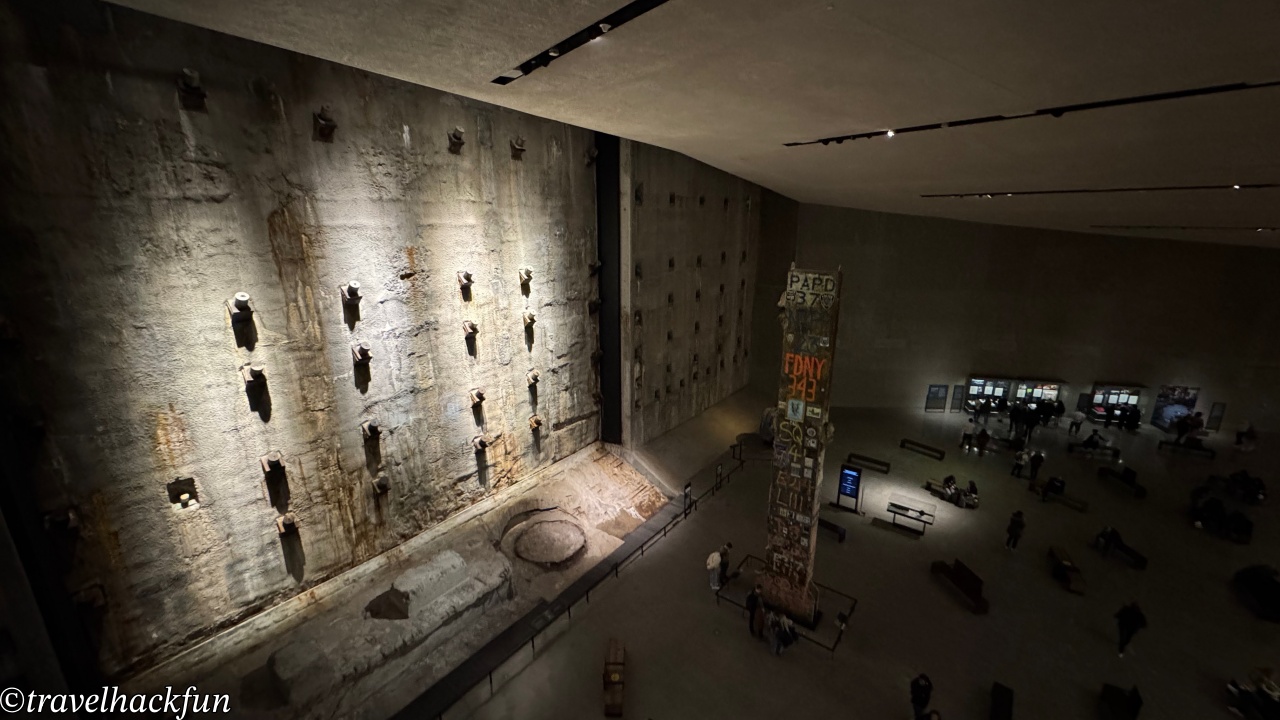
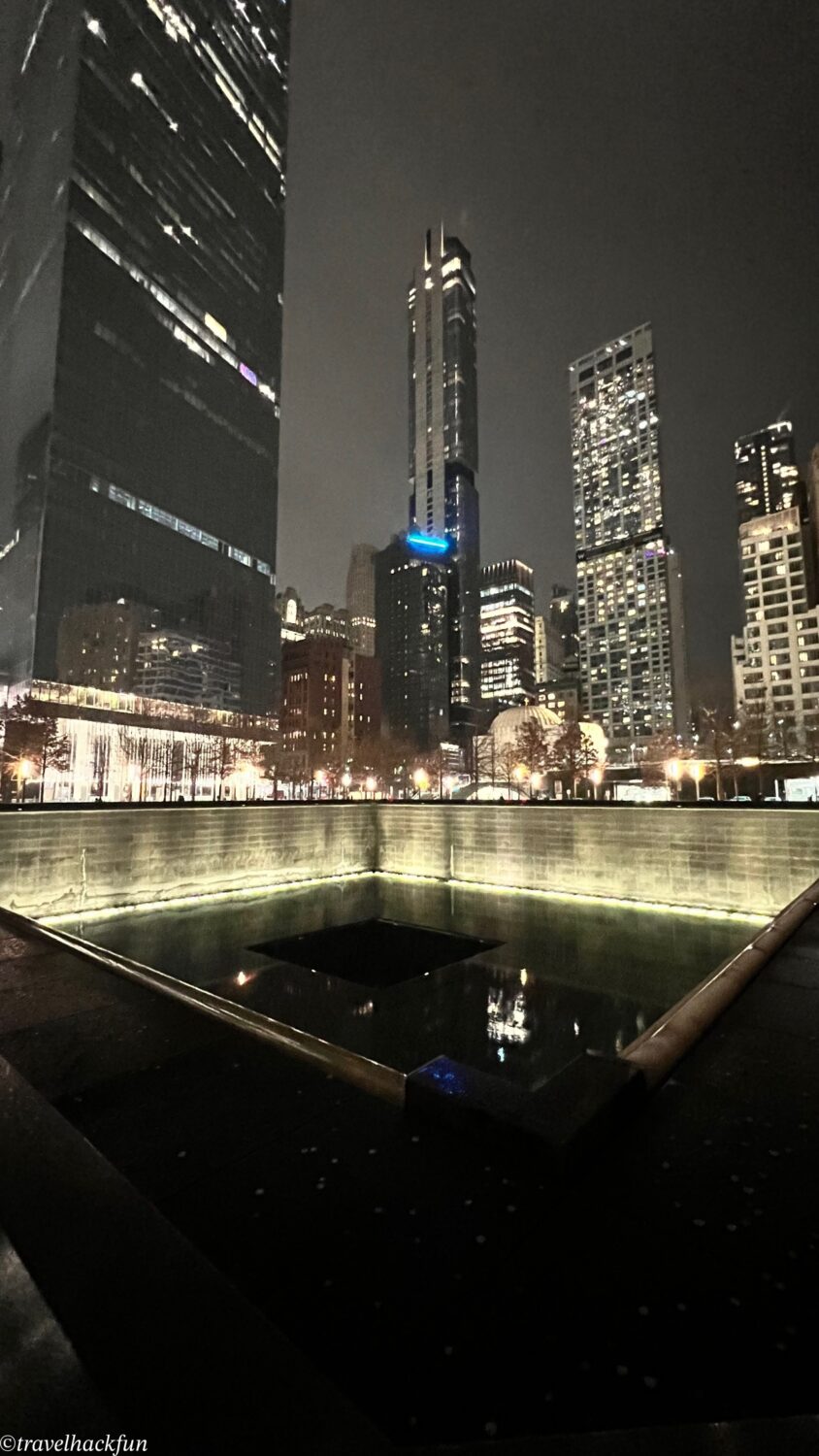
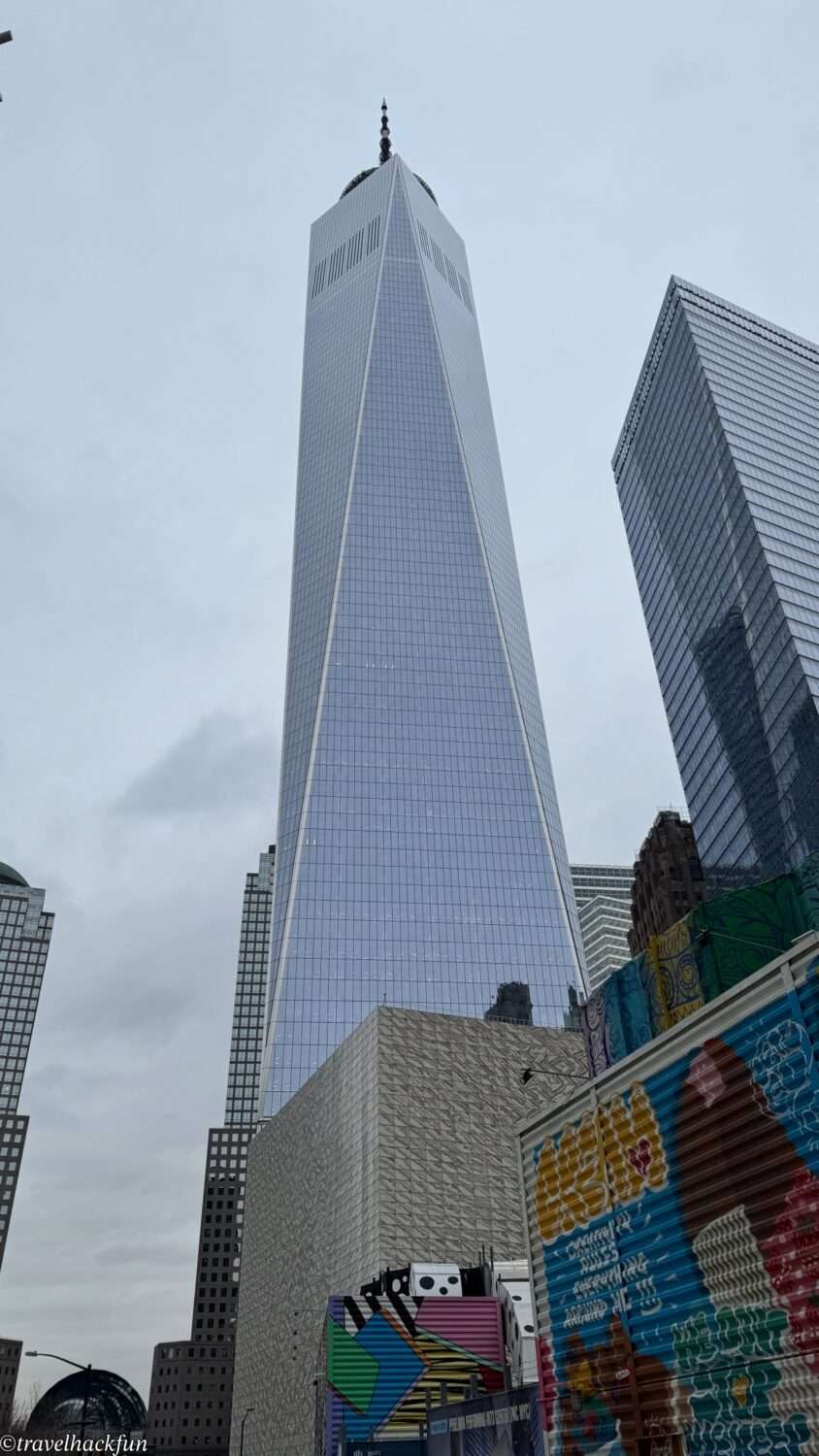
Landmark | Hudson Yards and Edge Observation Deck
Edge is NYC’s newest—and highest—outdoor observation deck. Located in Hudson Yards on the 100th floor, it features a cantilevered glass platform that juts out from the building, offering thrilling views without barriers. Unlike other decks, there are no steel rails—just angled glass panels around you. The entrance is inside The Shops at Hudson Yards mall. After your visit, you can stroll through the upscale shopping center or walk the nearby High Line, an elevated park built on a former railway track.
Edge Observation Deck Tickets
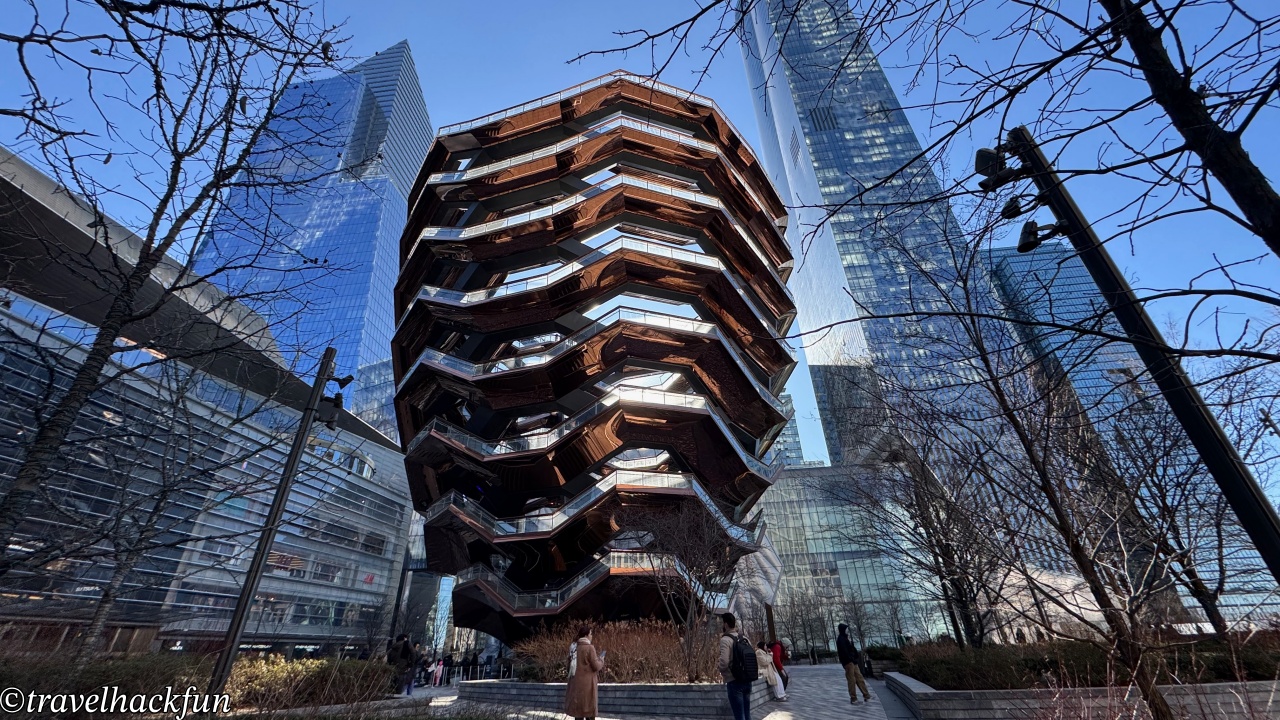
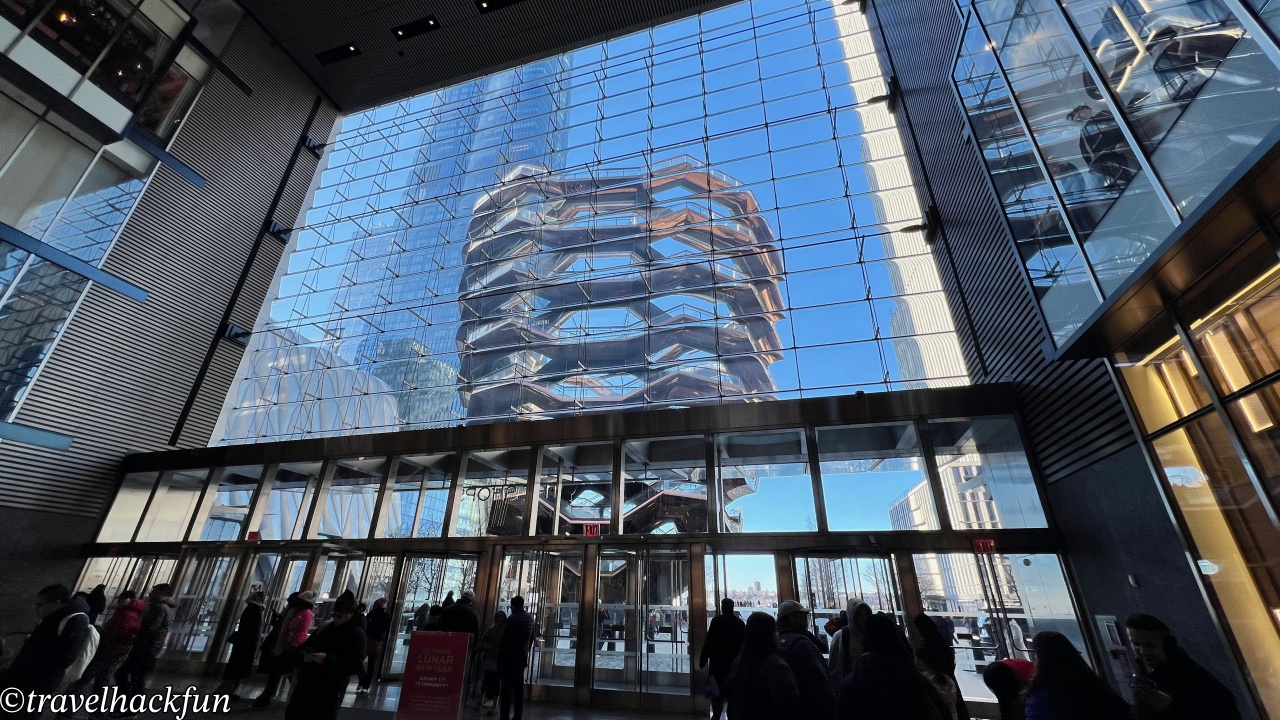
Brooklyn
Though Brooklyn is officially part of New York City, it offers a distinctly different vibe from Manhattan. If Manhattan is all about vertical growth and fast pace, Brooklyn is more about open spaces and breathing room. It’s the city’s largest borough by area and population, originally industrial but now transformed into a hub for arts, design, and creative industries. Today, it’s where many New Yorkers actually live.
Landmark | Brooklyn Bridge
If it’s your first time in New York, the best way to begin exploring Brooklyn is by walking the Brooklyn Bridge from Manhattan’s Lower East Side to the DUMBO area. You’ve seen it in postcards, movies, and music videos—but walking across it is still an unforgettable experience. Built in 1883, it’s one of the world’s oldest suspension bridges and was once considered an engineering marvel.
The bridge has two levels—cars go on the lower deck, while pedestrians and cyclists take the elevated wooden walkway. The views are spectacular: Manhattan’s skyline on one side, Brooklyn’s red-brick architecture on the other, and the bridge’s steel cables and Gothic towers providing iconic framing. It's about 1.8 kilometers (1.1 miles) long, and walking it at a leisurely pace takes about 30–40 minutes.
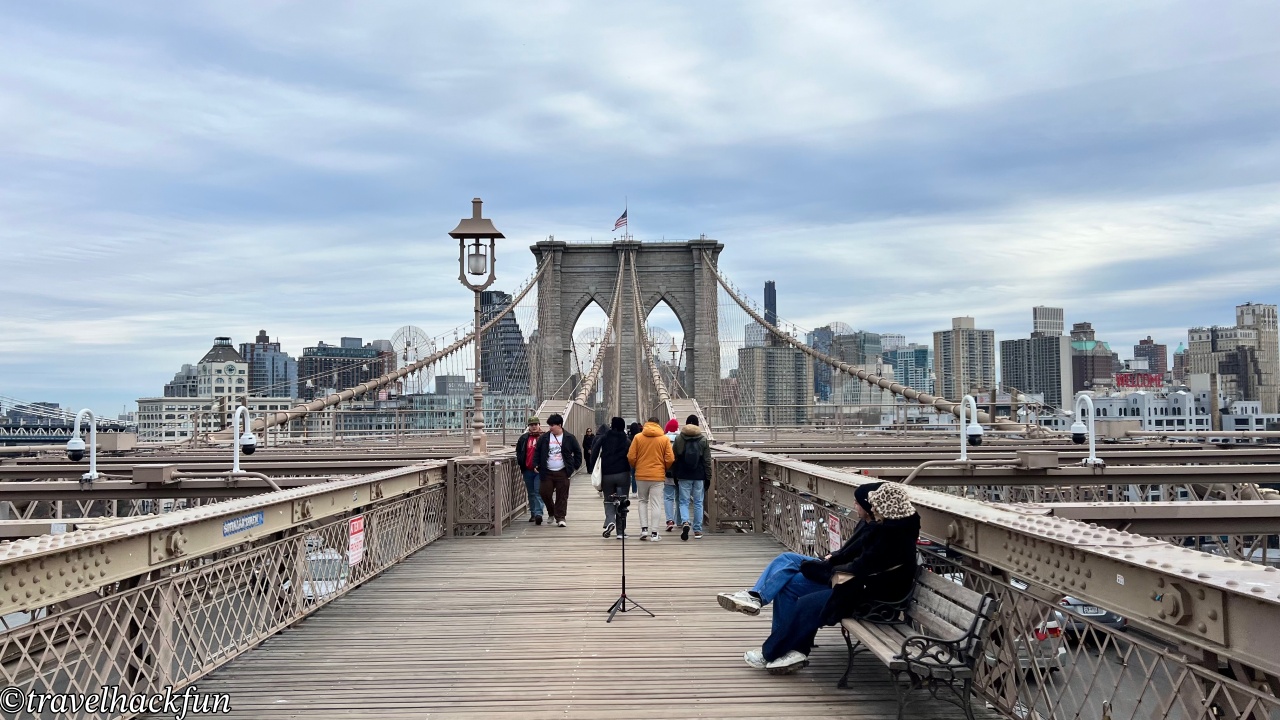
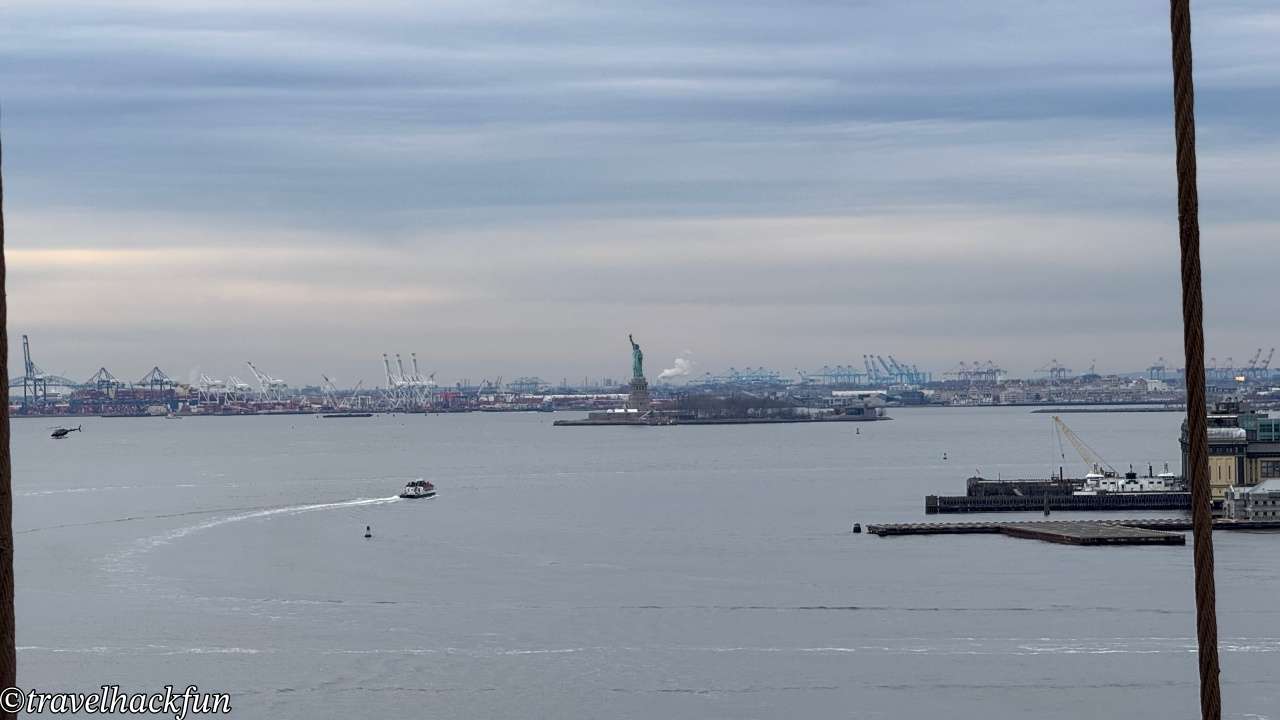
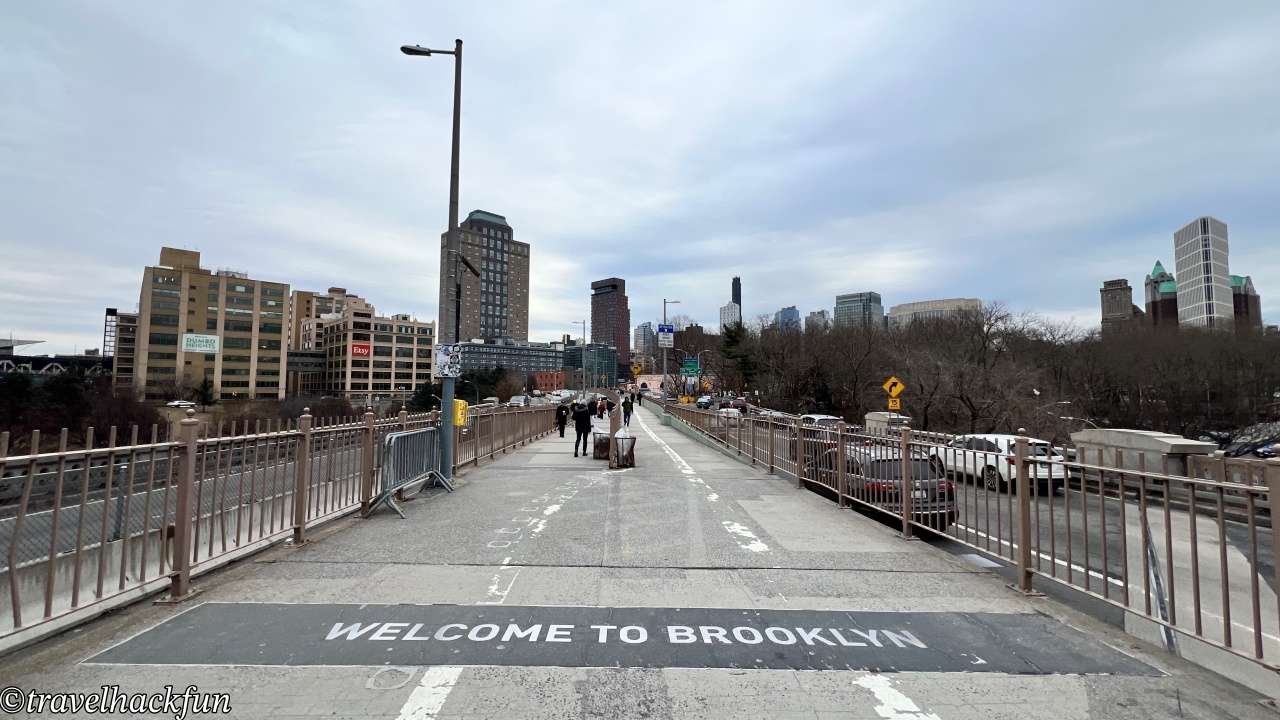
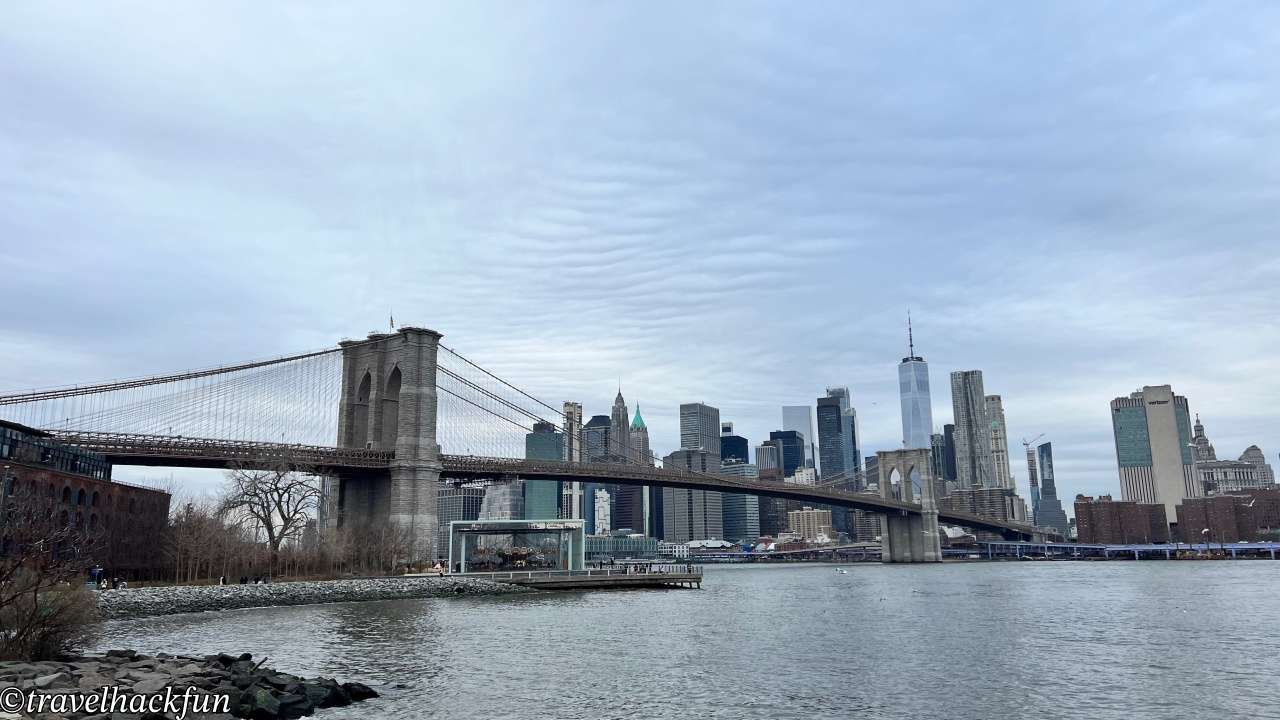
DUMBO
DUMBO stands for Down Under the Manhattan Bridge Overpass, and while the name might sound quirky, the neighborhood is anything but ordinary. It’s a compact, artsy district full of character, perfect for photos, browsing, and a slow afternoon walk.
The most famous photo spot is at Washington Street, where red-brick warehouses frame the Manhattan Bridge with the Empire State Building peeking through its arch—one of the most Instagrammable scenes in NYC.
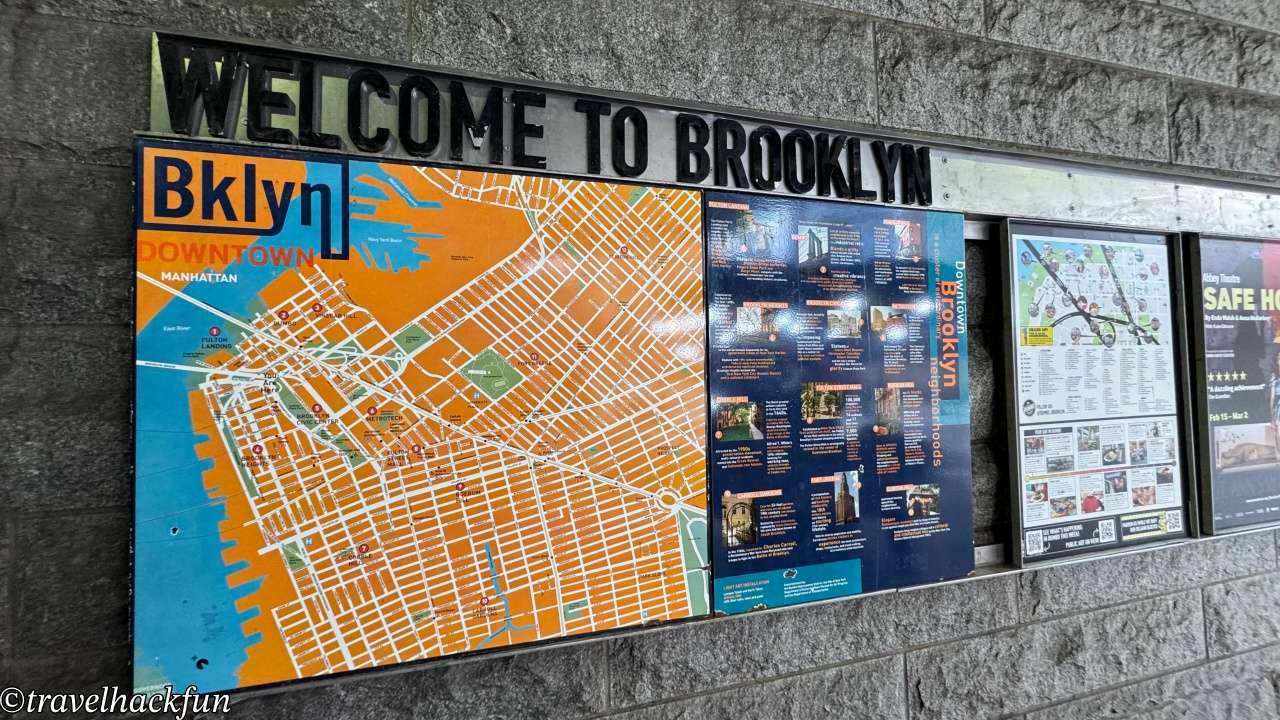
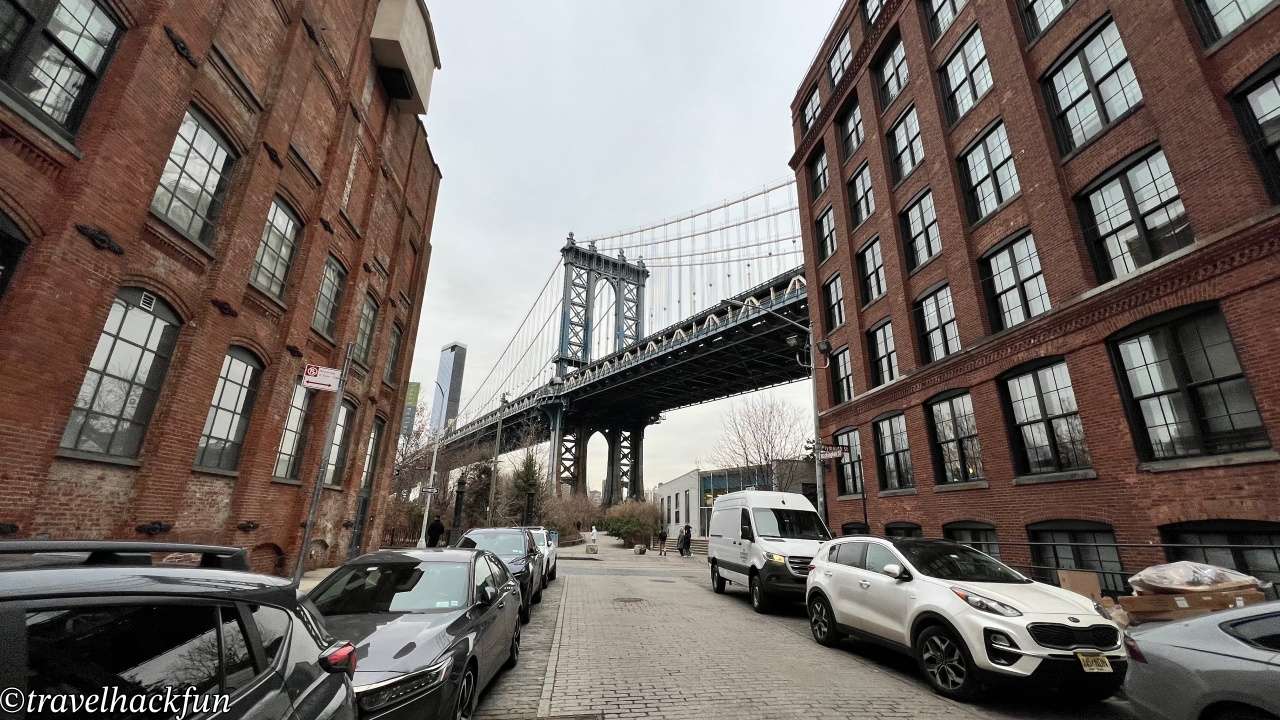
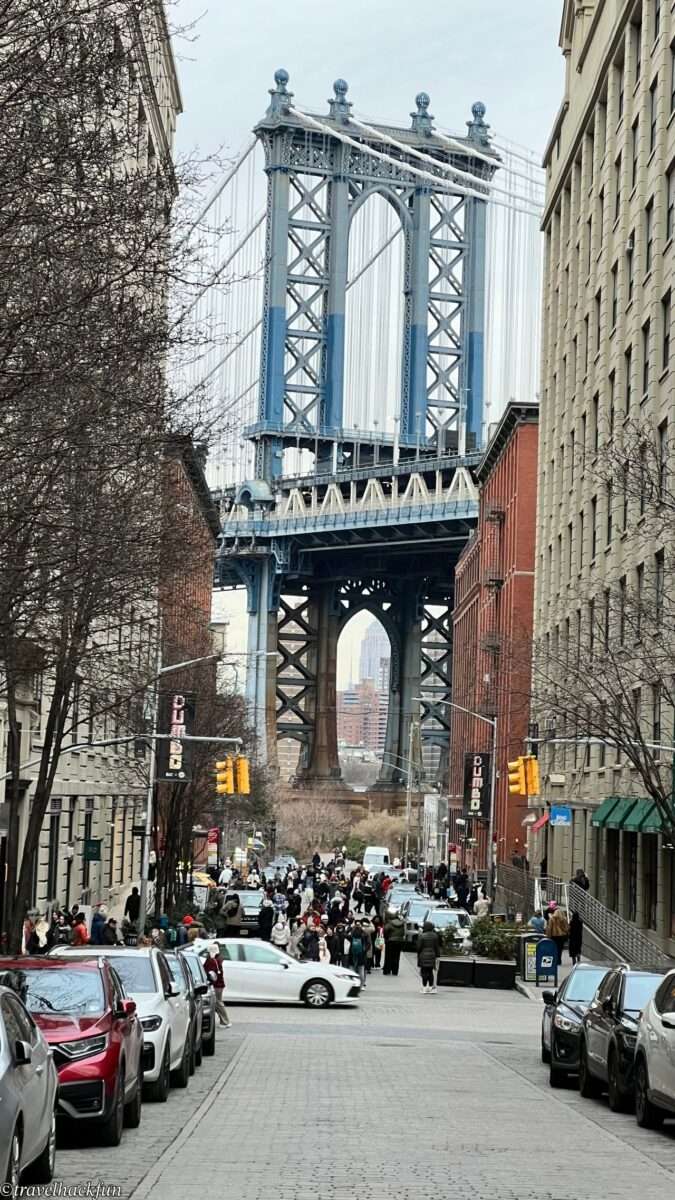
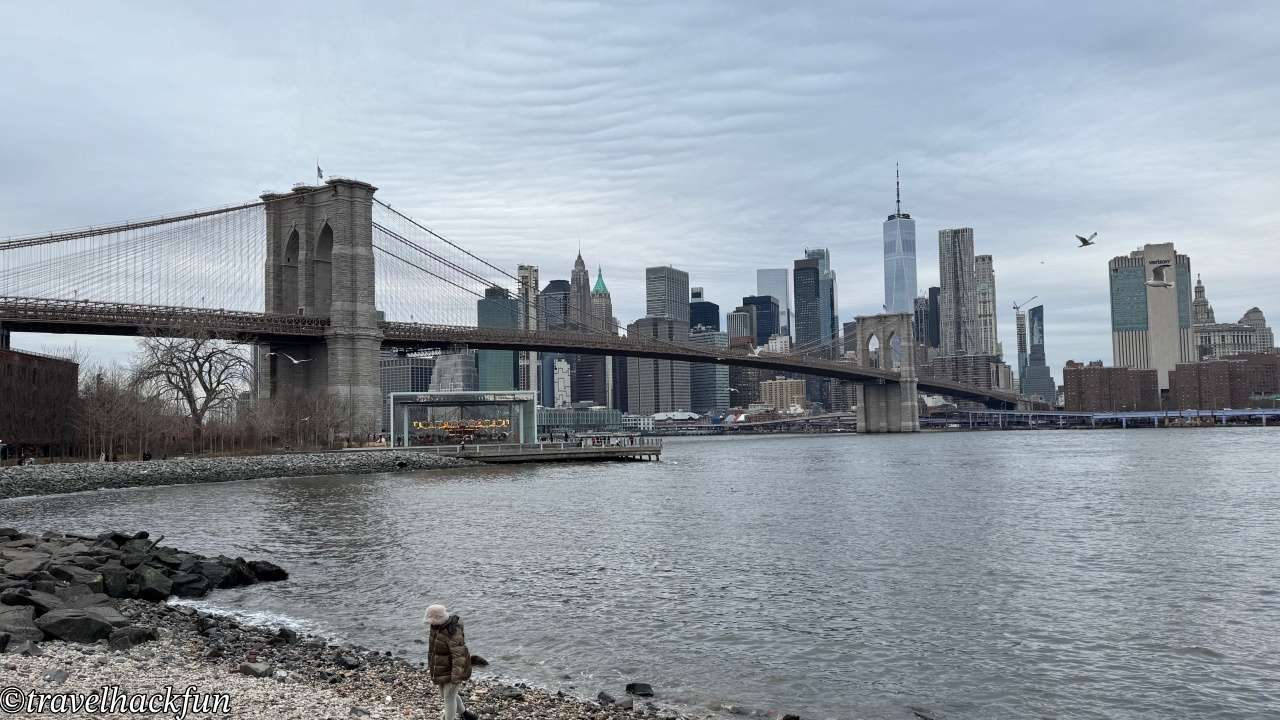
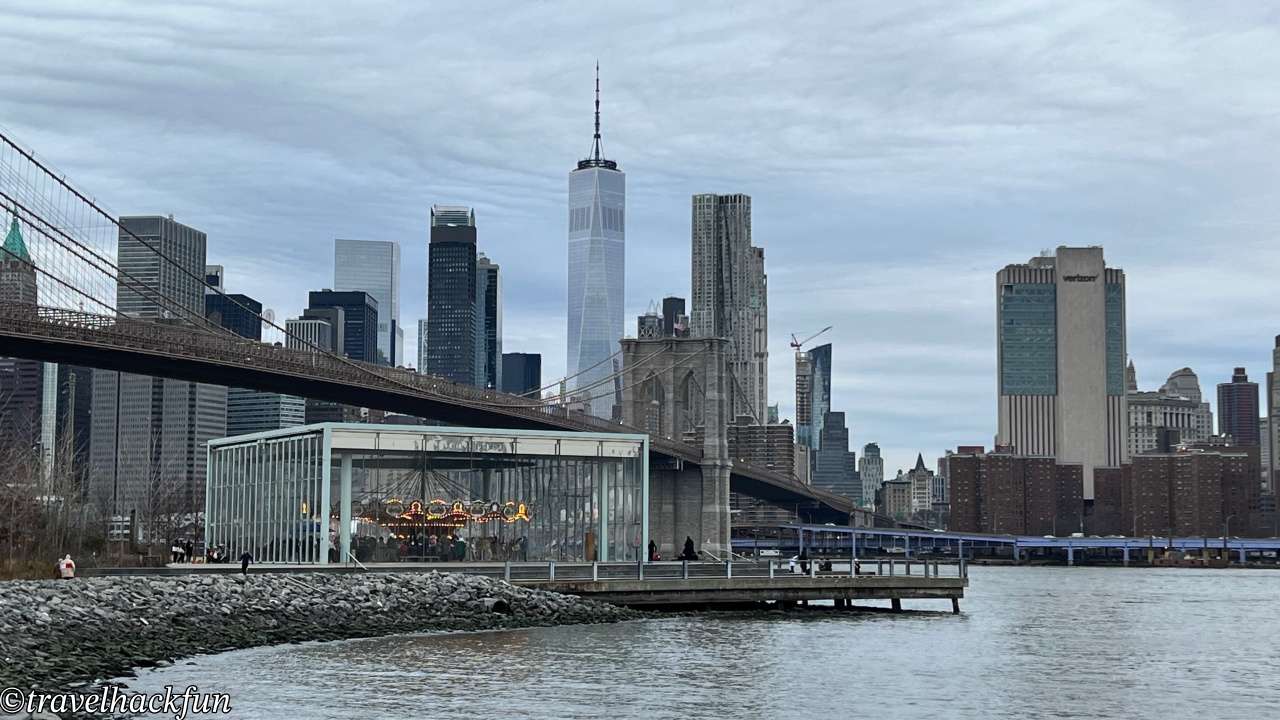
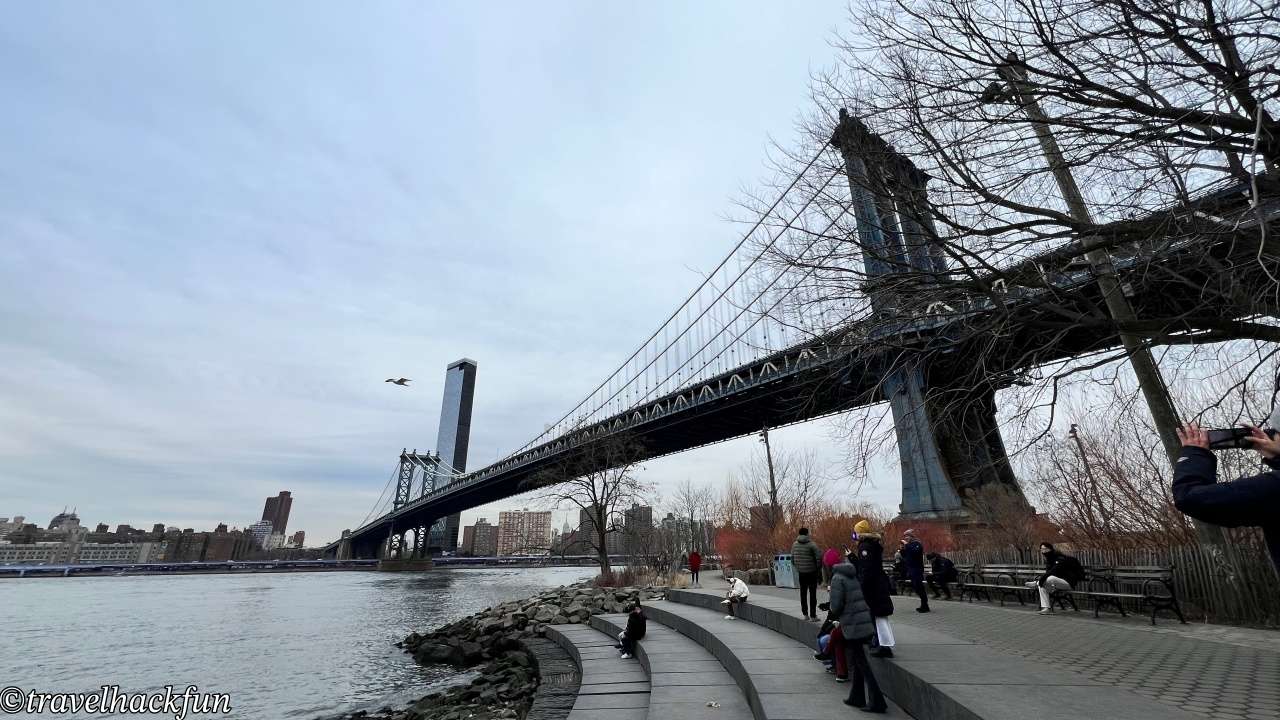
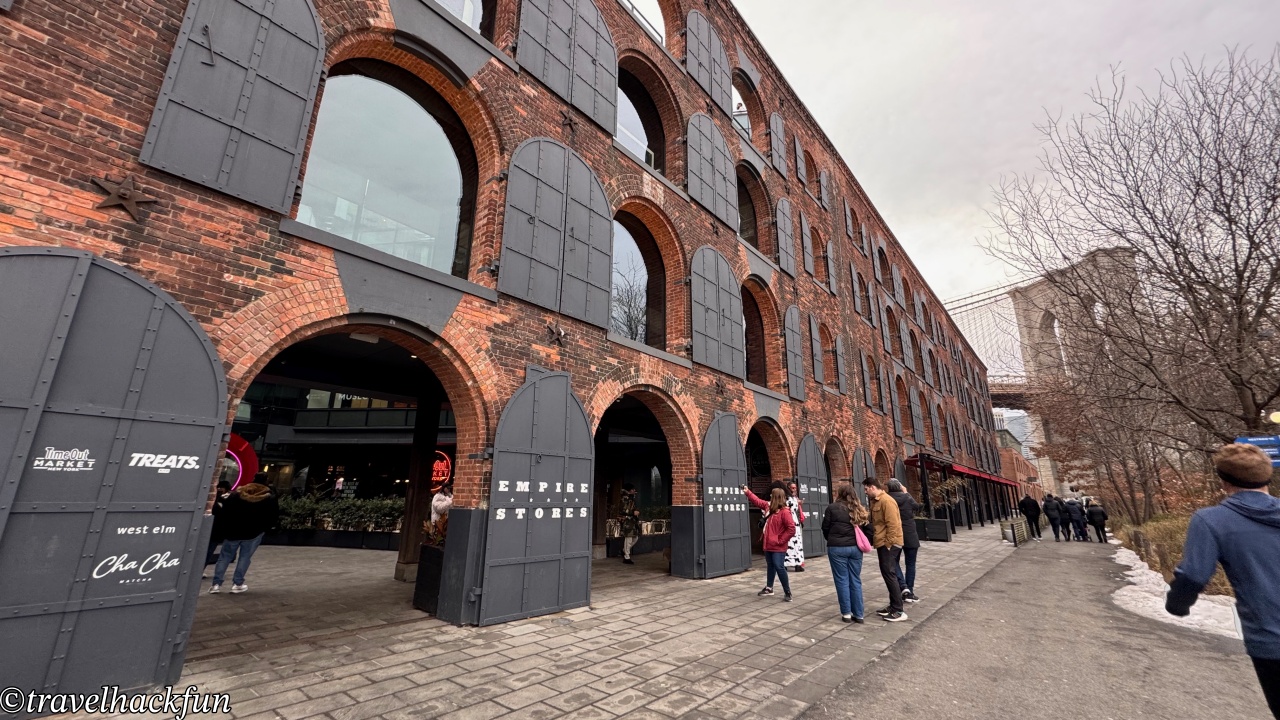

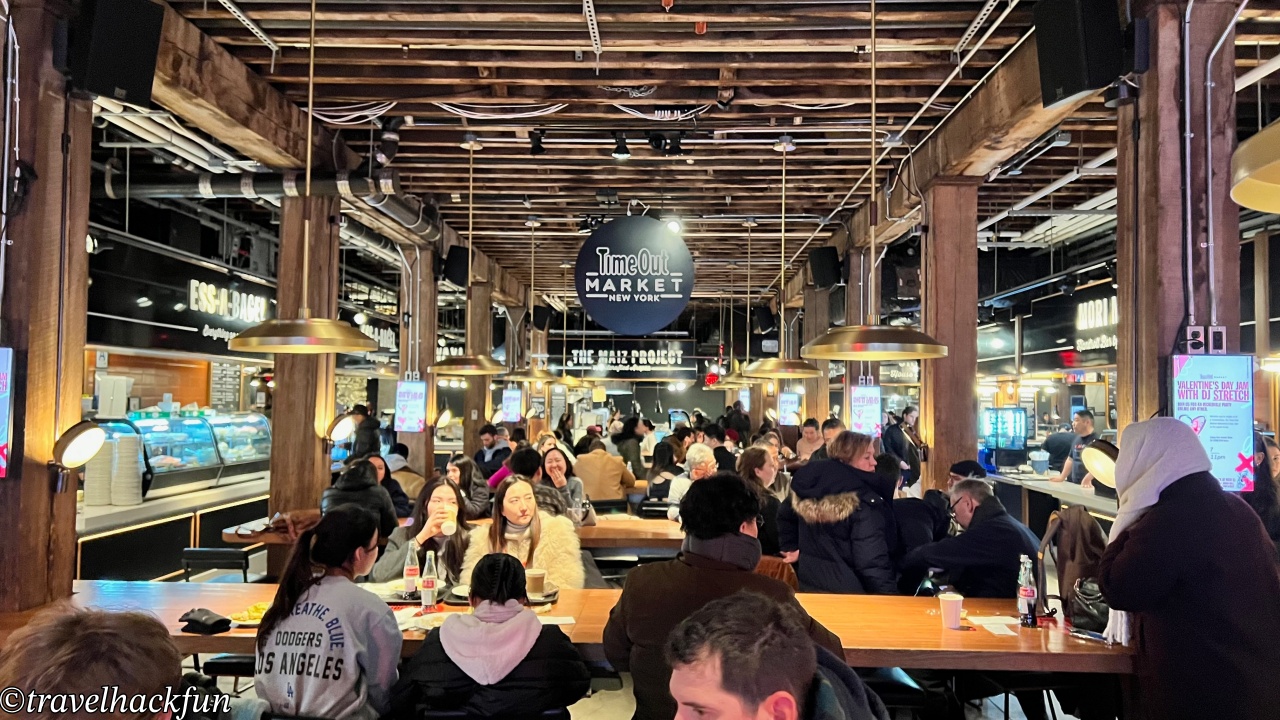
From DUMBO, hop on the East River Ferry, which takes you back to Midtown, the Financial District, Queens, or even other parts of Brooklyn like Williamsburg. Though the ferry is slower than the subway, it offers something the subway can’t—a view. Cruising along the East River, you’ll see the skyline, bridges, Statue of Liberty, and city contours shifting from a moving perspective. It’s a peaceful and scenic way to wrap up your visit.
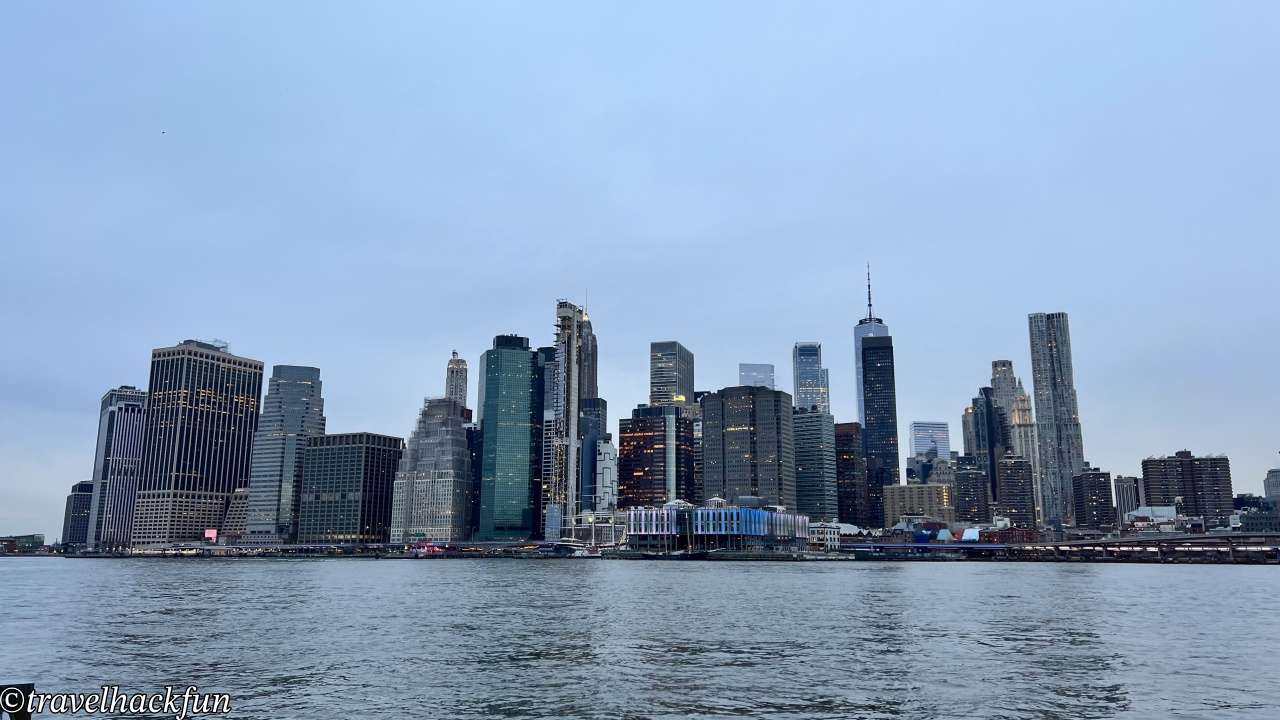

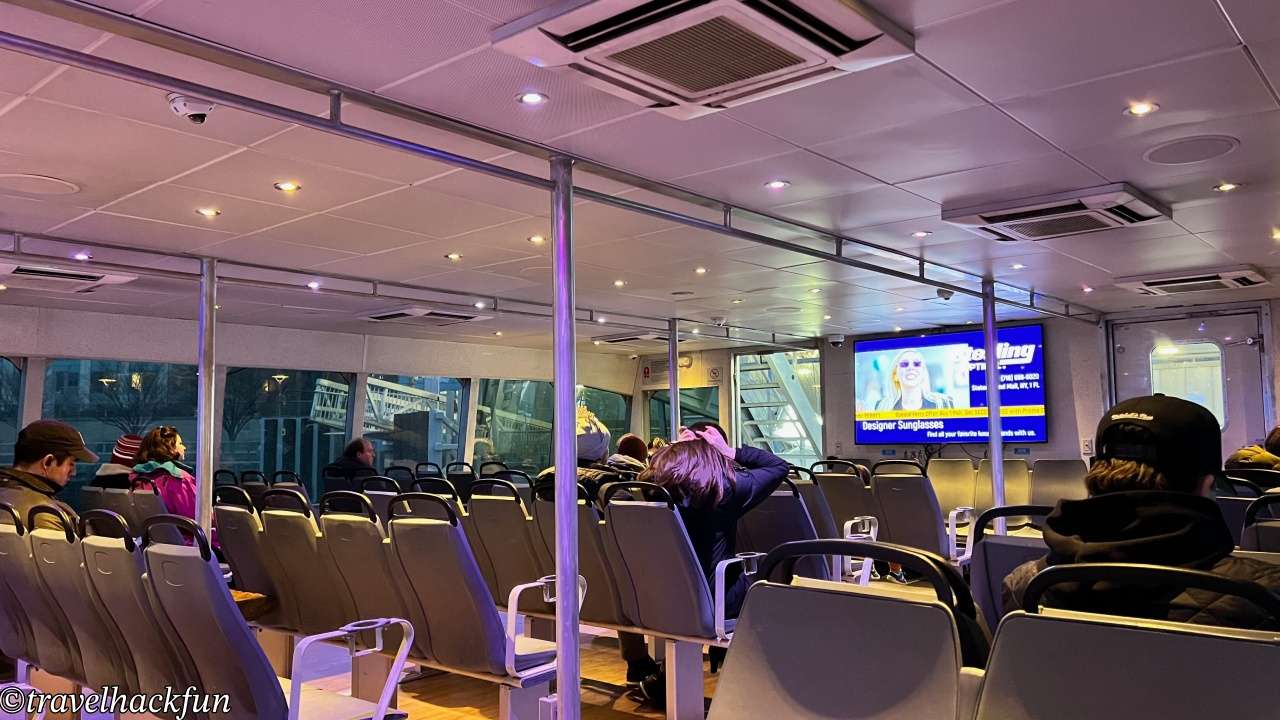
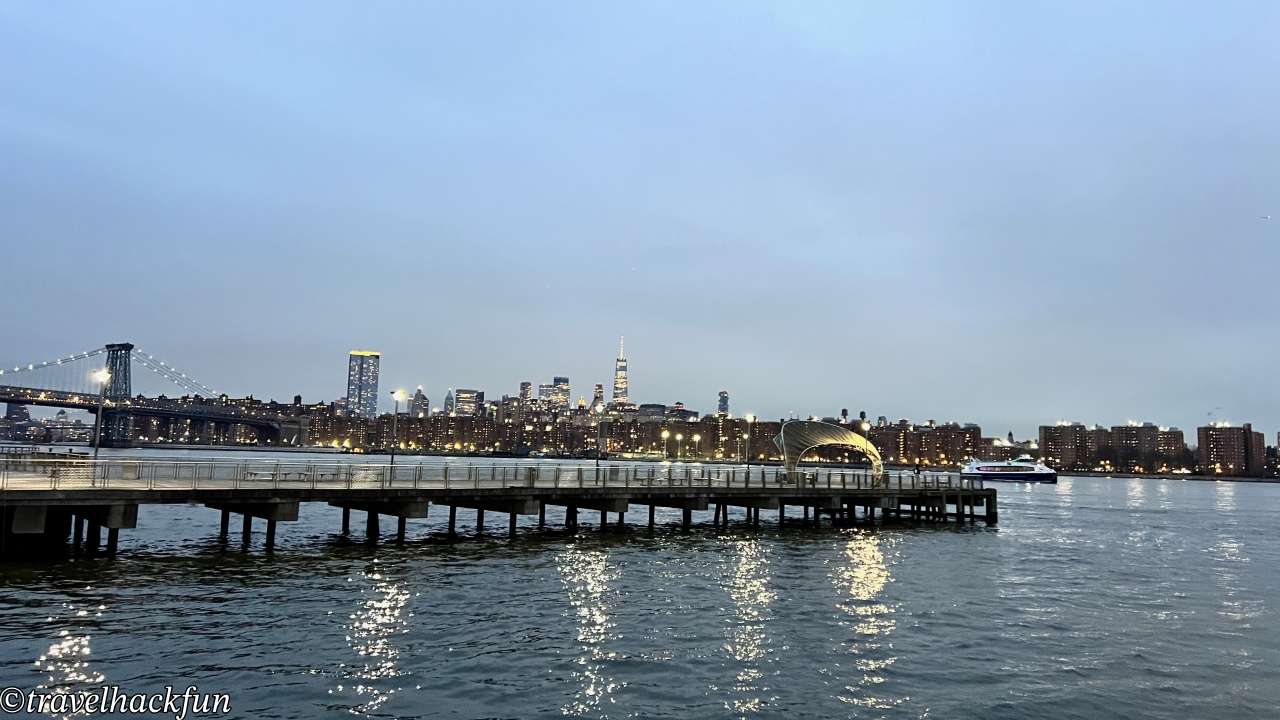
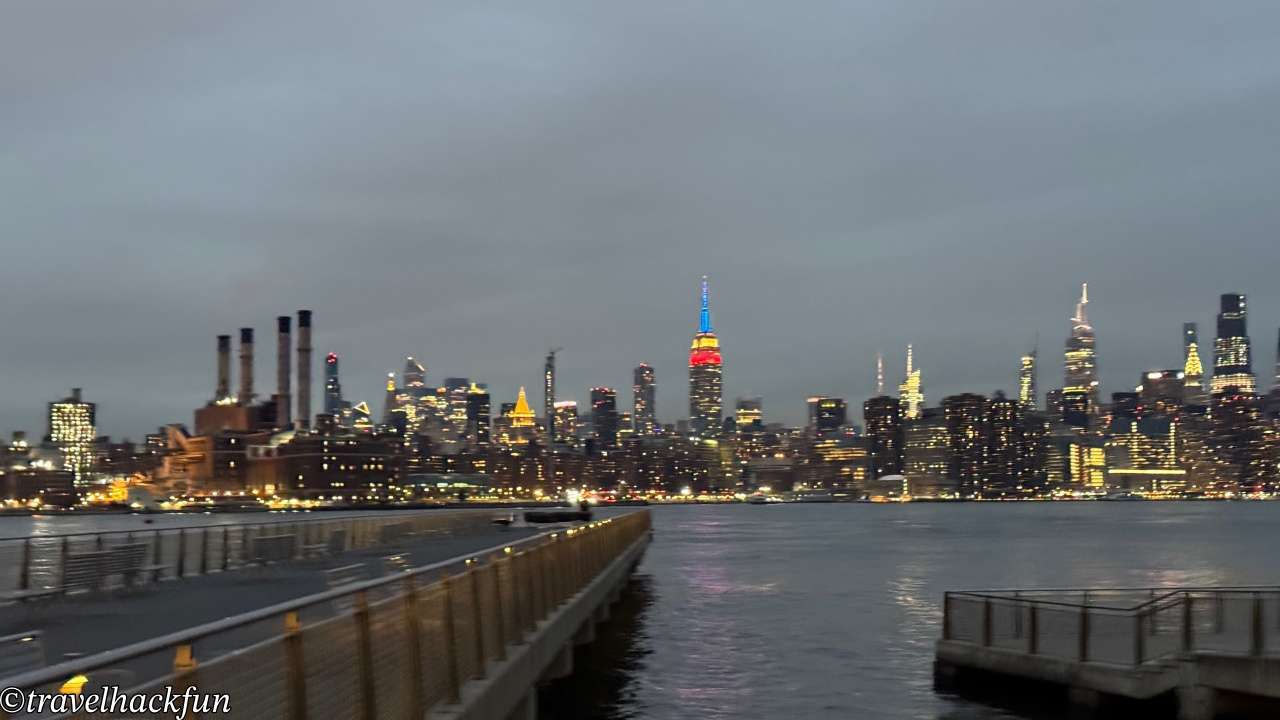
☕ Enjoying my travel notes?
You can Buy me a coffee to support what I do 🙌
Further reading
- More US east coast posts